Samsung Q8F is quite a successful continuation of the Q67D model. It offers similar picture quality in HDR content, and with a brightness of around 500 nits, it can create an effect that is hard to call average. It is also aided by support for the HDR10+ format, which has been realistically competing with Dolby Vision for some time and provides comparable experiences in many productions. The contrast is also a plus—given its VA panel, it performs solidly and allows for pleasant blacks in movies and series. However, the biggest advantage of the Q8F remains the operating system. Tizen works quickly, provides access to many applications, and integrates well with the SmartThings ecosystem, making it easy to connect the television to a larger network of home devices. Interestingly, the Q8F also has some niche use—thanks to its very good font readability, it works great as a screen for text work. Additionally, the adjustable stand allows the TV to be positioned on practically any desk or narrower TV cabinet. The biggest drawback, in our opinion, is not the image quality itself—because in this price range it's hard to expect miracles—but rather what has happened to the features for gamers. Through updates, options such as VRR and HGiG, which were available even in simpler designs in previous generations, have disappeared. In fact, the manufacturer even boasts about the availability of these features in its catalog. This makes it difficult to recommend the Q8F to anyone planning to hook up a console and expecting full support for new technologies. Thus, the Q8F is a TV that can please—primarily with its design, above-average picture quality, and efficient Tizen system. But at the same time, it shows a step back compared to its predecessor. Let’s hope that Samsung can quickly rectify these shortcomings, as otherwise, even such a successful “everyday” TV may leave some users feeling unsatisfied.
- Matching (Score)
- Our verdict
- TV appearance
- Where to buy
- Contrast and black detail
- HDR effect quality
- Factory color reproduction
- Color reproduction after calibration
- Smoothness of tonal transitions
- Image scaling and smoothness of tonal transitions
- Blur and motion smoothness
- Console compatibility and gaming features
- Input lag
- Compatibility with PC
- Viewing angles
- TV efficiency during daytime
- Details about the matrix
- TV features
- Apps
- Playing files from USB
- Sound
Samsung Q8F vs SONY BRAVIA 3
Direct compare
Check the best price offer:
Samsung Q8FBRAVIA 3 / K-(XX)S3
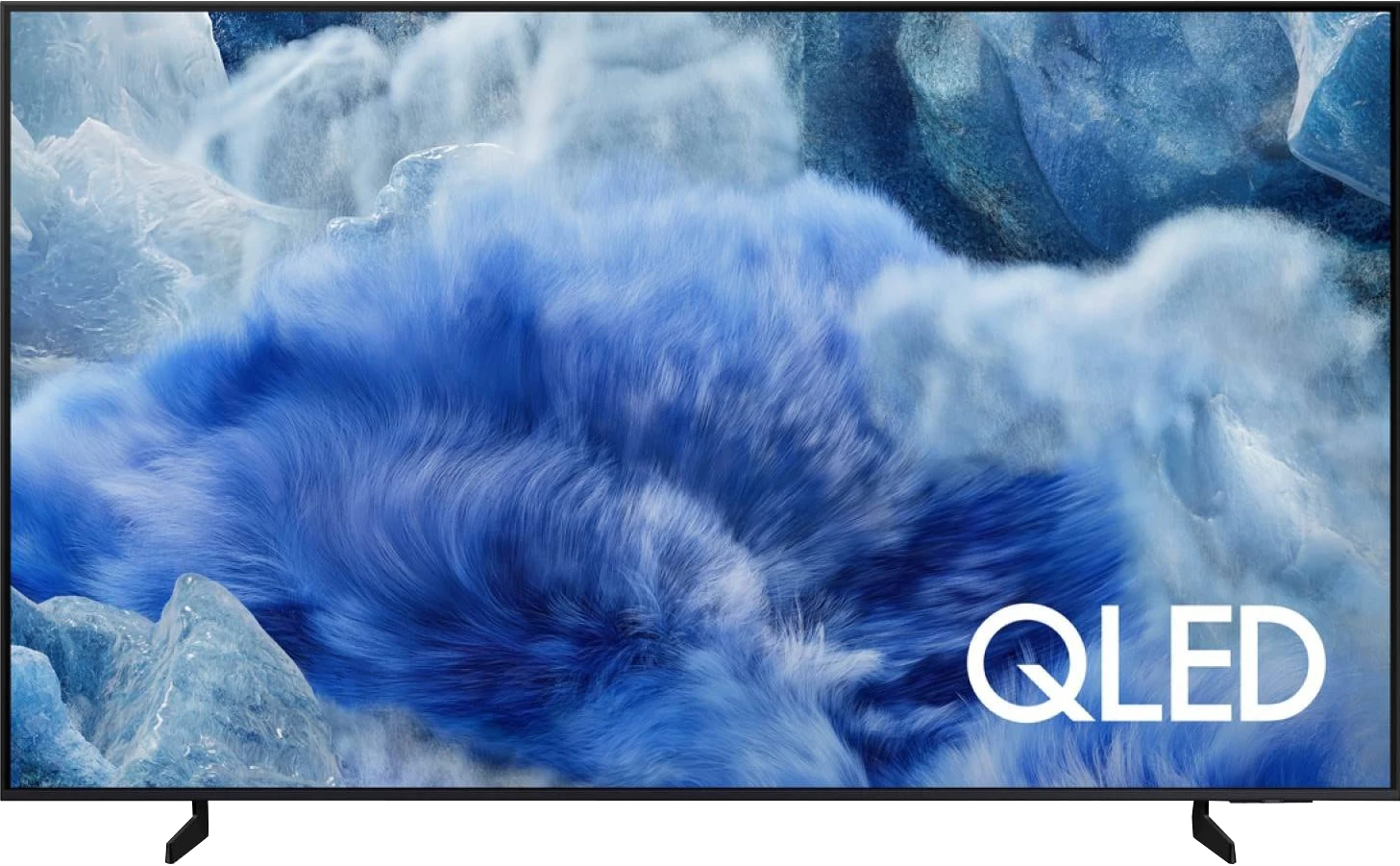
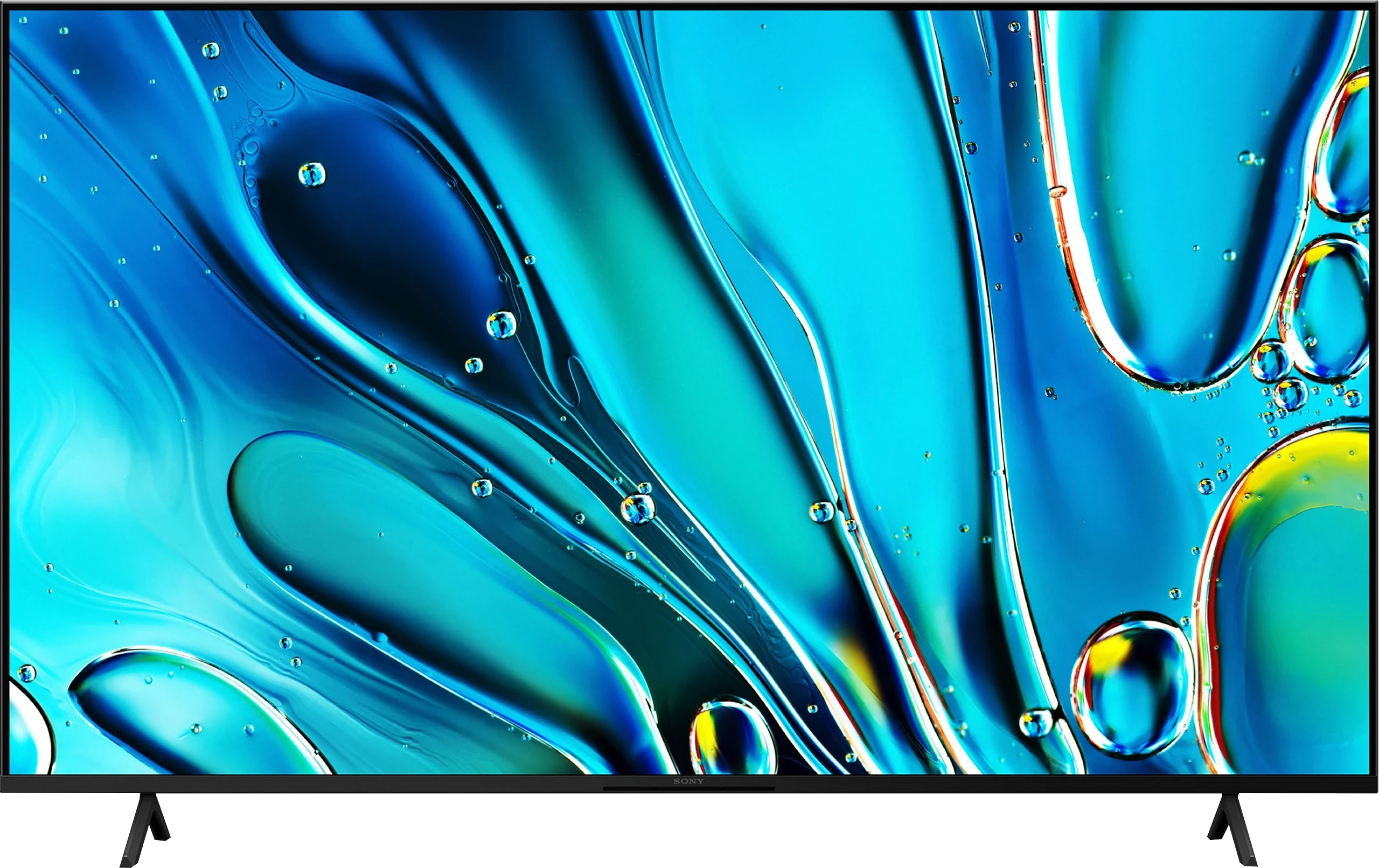
Panel type: LCD VA
Resolution: 3840x2160
System: Tizen
Model year: 2025
Complete the survey to find out the result

Panel type: LCD IPS
Resolution: 3840x2160
System: Google TV
Model year: 2025
Complete the survey to find out the result

Overall rating
6.3
6.0
Movies and series in UHD quality
6.3
5.4
Classic TV, YouTube
6.0
5.3
Sports broadcasts (TV and apps)
5.6
5.7
Gaming on console
7.0
6.4
TV as a computer monitor
6.0
6.0
Watching in bright light
5.6
4.9
Utility functions
7.3
6.6
Apps
8.7
9.6
Sound quality
6.0
6.5
Complete the survey to find out what fits your preferences
Advantages
Solid contrast thanks to the VA panel
Pretty good brightness in SDR and HDR (up to about 500 nits)
Satin finish handles reflections well
Tizen operating system – fast, intuitive, with a rich selection of apps
Solar remote with USB-C charging
Integration with the SmartThings ecosystem
Great input lag
Good font readability when working with a PC, suitable as a monitor for text work
Adjustable stand on multiple planes
Google TV system - a huge library of apps and services
IPS matrix with good viewing angles
Improved colors - (91% of the DCI-P3 color space)
Supports Dolby Vision
Good upscaling - lower quality materials look surprisingly good
Great input lag and ALLM mode
Very good compatibility with PC - supports chroma 4:4:4, excellent font readability
Two remotes included - a modern minimalist one and a classic one with a numeric keypad
Very good built-in media player - supports a wide range of files, even less common ones like HEIC
Slim bezels and modern look - a definite step forward compared to X75WL
Supports Dolby Atmos and DTS:X
Disadvantages
Heavily limited features for gamers (no VRR in practice, no HGiG)*,
No recording function on USB or PiP
Average digital image processing
*We hope that the promises made in the advertising brochures will be quickly fulfilled through software updates.
Tragic black - IPS panel without local dimming
Limited brightness (about 350 nits), image in HDR mode is not very attractive
Issues with backlight uniformity
Google TV system can stutter
No recording function from built-in tuners to USB memory
Our verdict
Sony Bravia 3 is a television that brings several important improvements over its predecessor, while still staying true to its core. The biggest change is the design – slim bezels and solid metal legs make it look modern and fit much better in a living room than the X75WL. Improved colors thanks to the PFS filter and really good upscaling are also a plus. It is in lower-quality content, especially in classic SDR, that the Bravia 3 can show its best side – colors look pleasant, the image is clean, and thanks to the IPS panel, the viewing angles are at a very good level. For a role as a "classic" television receiver, where viewing comfort from different places in the room and decent quality of everyday content matters, it is virtually perfect. A huge advantage is also the Google TV system. During our tests, there were instances where the interface did not always work as smoothly as we would have liked, and some functions could freeze. However, despite these imperfections, the presence of Google TV is a huge plus – access to thousands of applications and a full streaming library compensates for the minor shortcomings. Unfortunately, what was weak in the X75WL remains weak here too. The IPS panel has very low contrast and does not offer local dimming, making watching movies in a dark room quickly lose its appeal – the black resembles gray and effectively detracts from the enjoyment of viewing. Additionally, the option to record content to USB, which was available in the predecessor, has been removed. It’s hard not to notice this and not add it to the list of cons.
So who is the Bravia 3 for? Primarily for those who want to enter the world of Sony televisions in the most affordable variant and at the same time value the Google TV system. However, it is not the most attractive option in its class – the competition in this budget can offer models with Mini-LED backlighting, whose image performs significantly better in terms of contrast and HDR. Therefore, the Bravia 3 is worth keeping in mind, but mainly when there is a solid discount. At its regular price, it will be very difficult to stand out against its more competitive rivals.
TV appearance
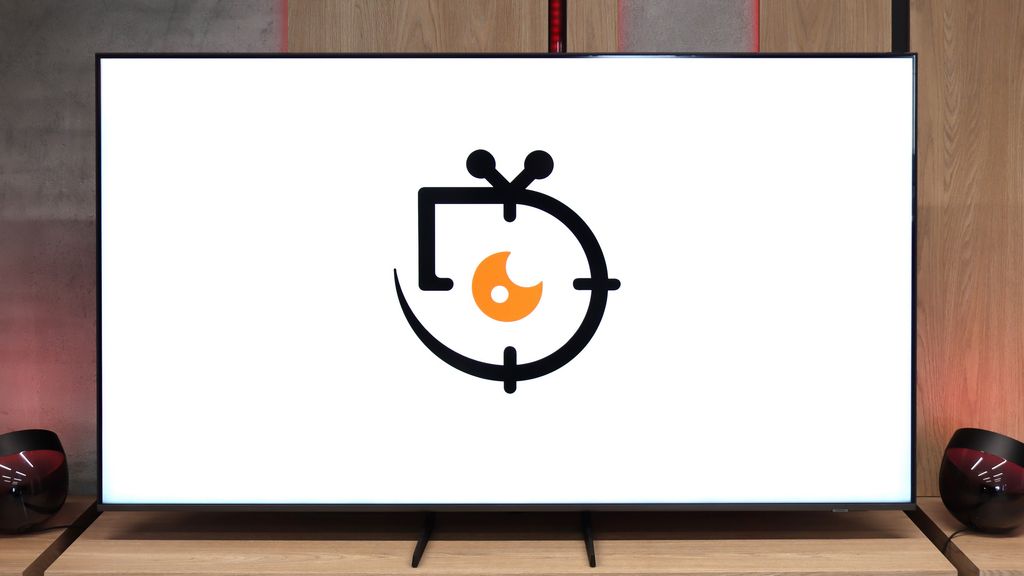
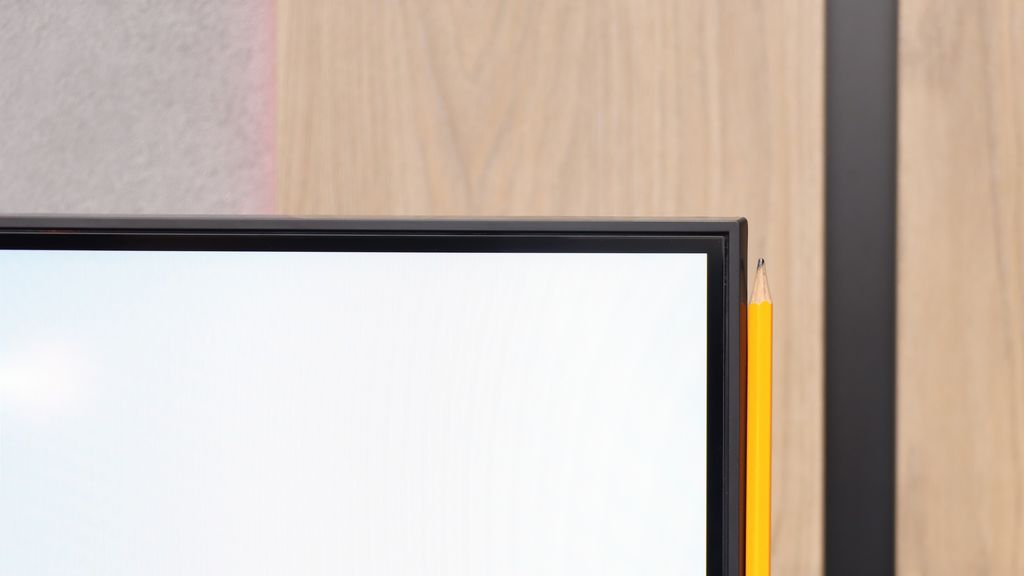
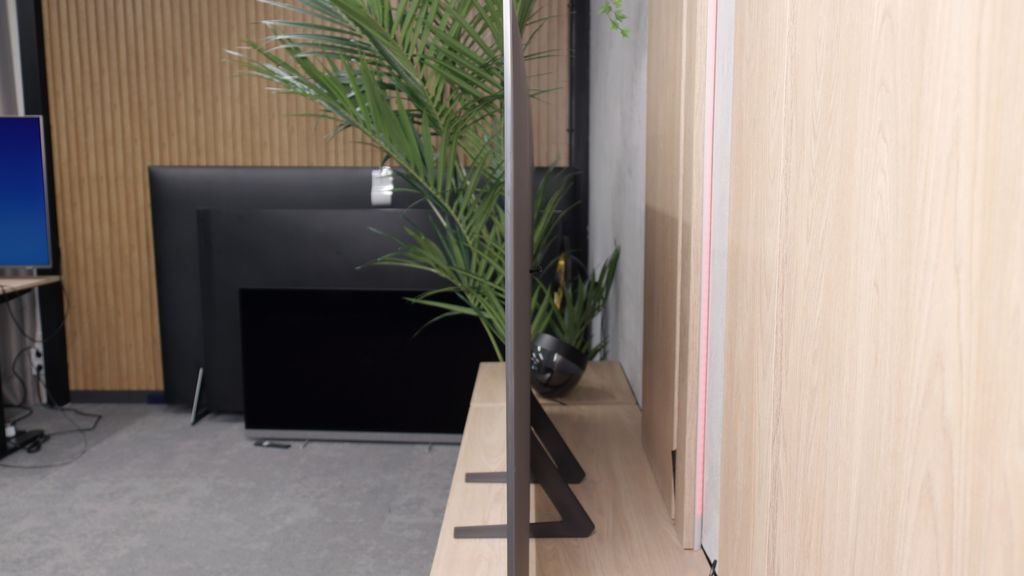
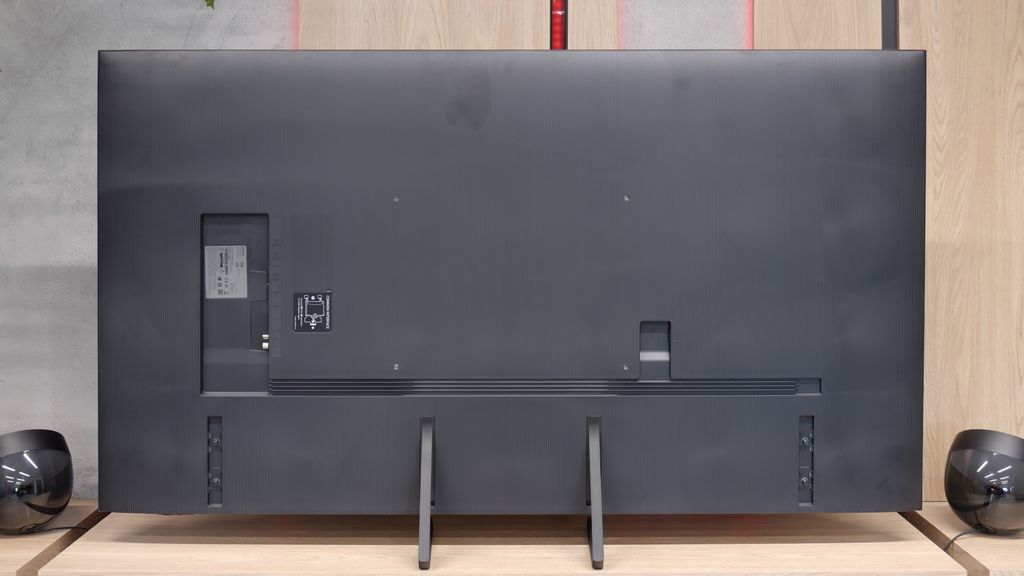
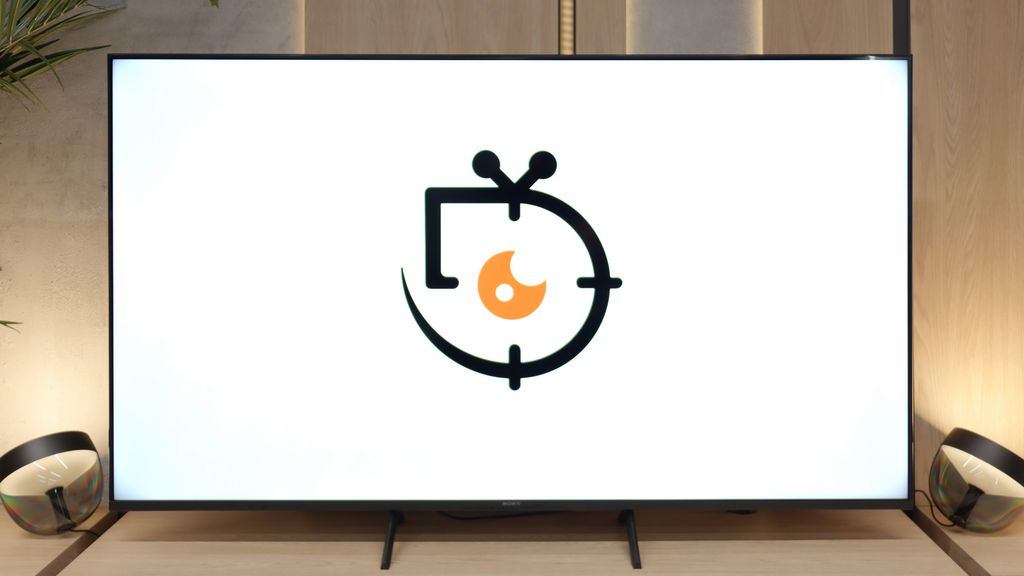
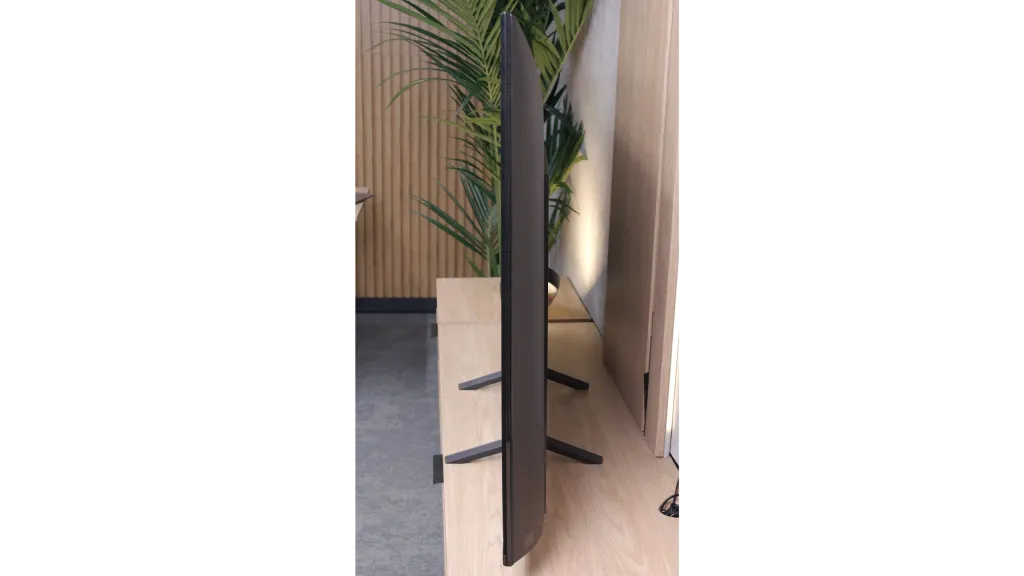
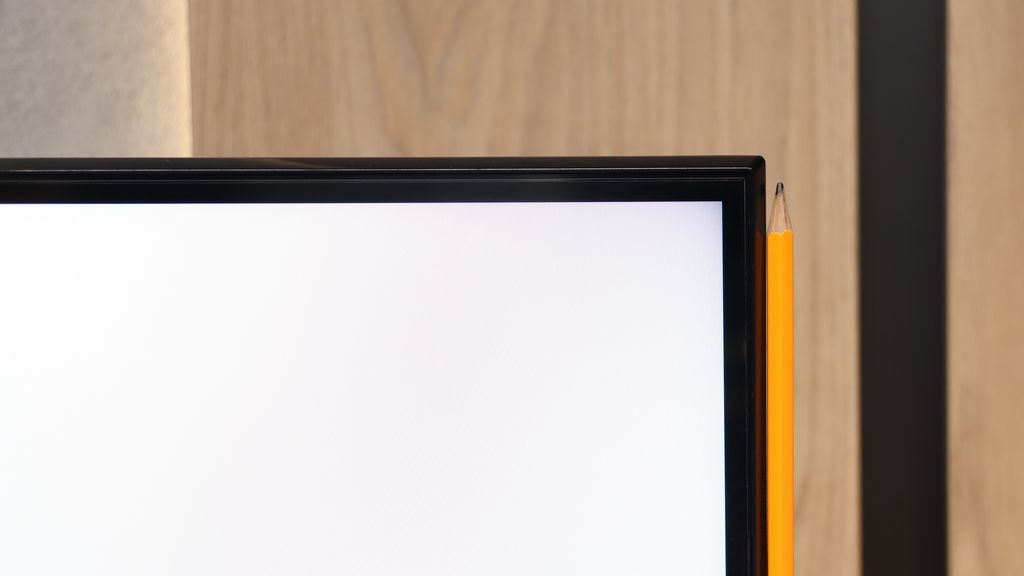
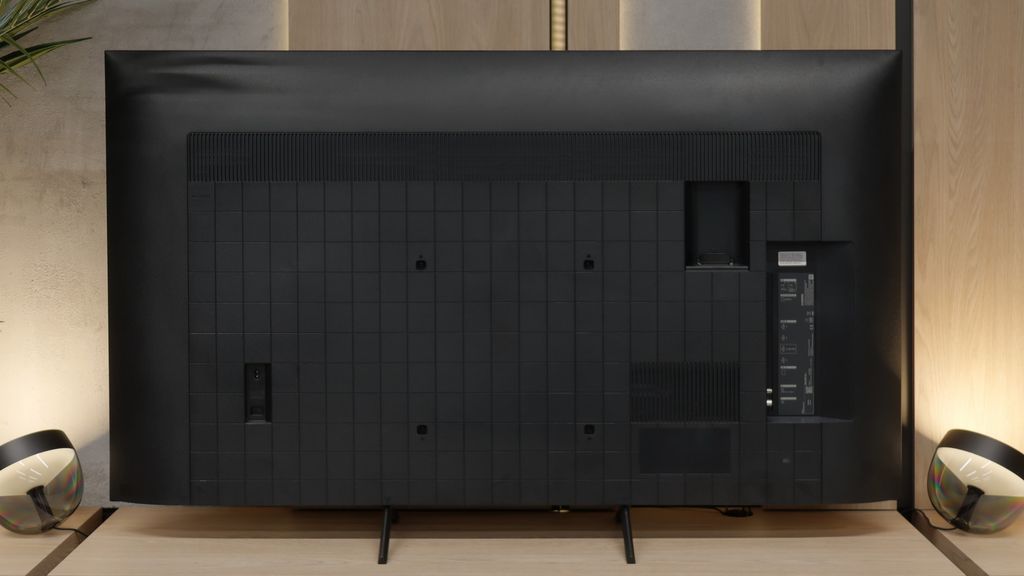
Contrast and black detail
5.5/10
2.2/10
Local dimming function: No
Local dimming function: No
Contrast:

Result
5,200:1

Result
4,650:1

Result
3,650:1

Result
4,100:1

Result
4,150:1

Result
1,150:1

Result
1,150:1

Result
1,050:1

Result
1,050:1

Result
900:1
Halo effect and black detail visibility:
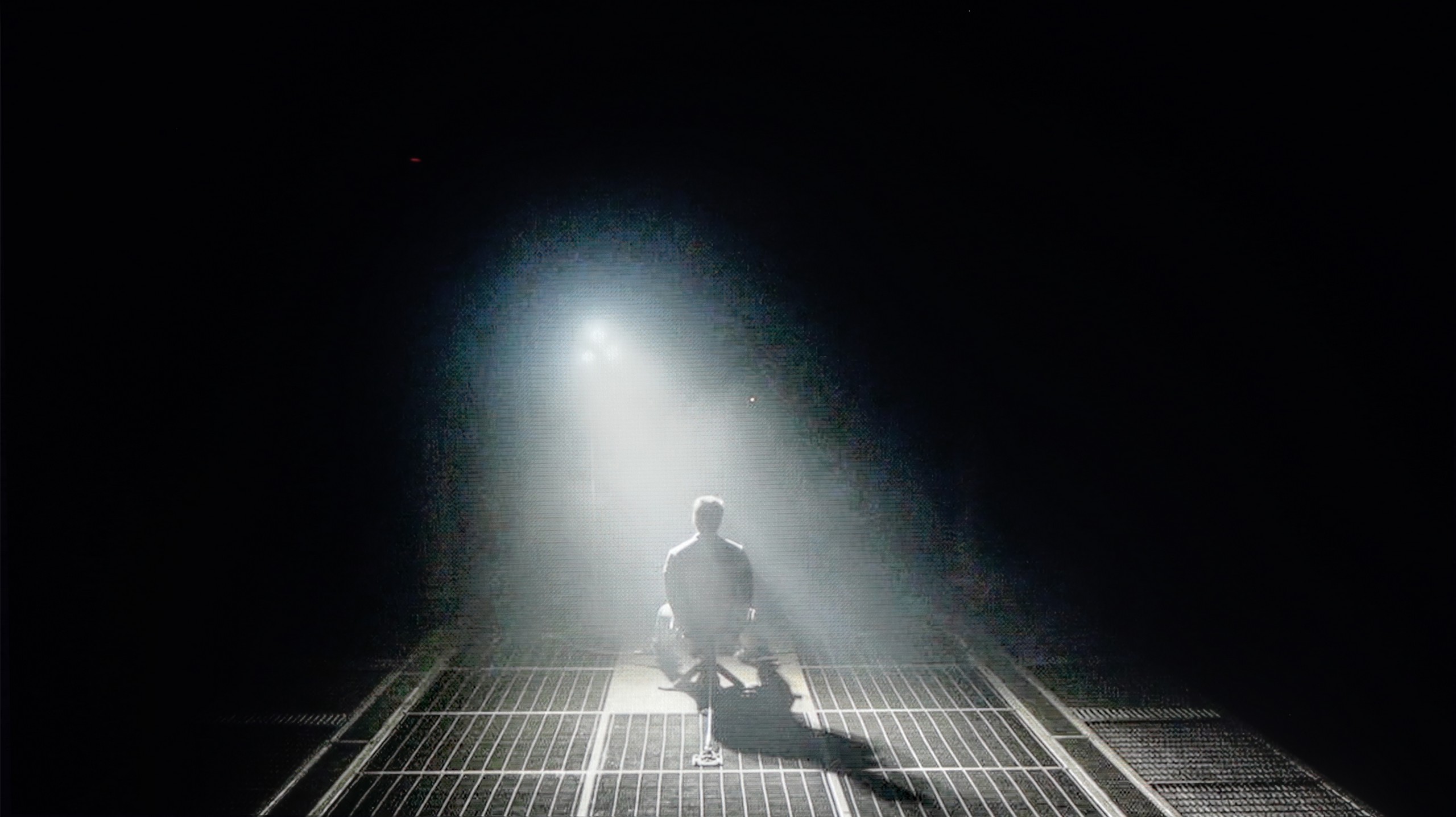
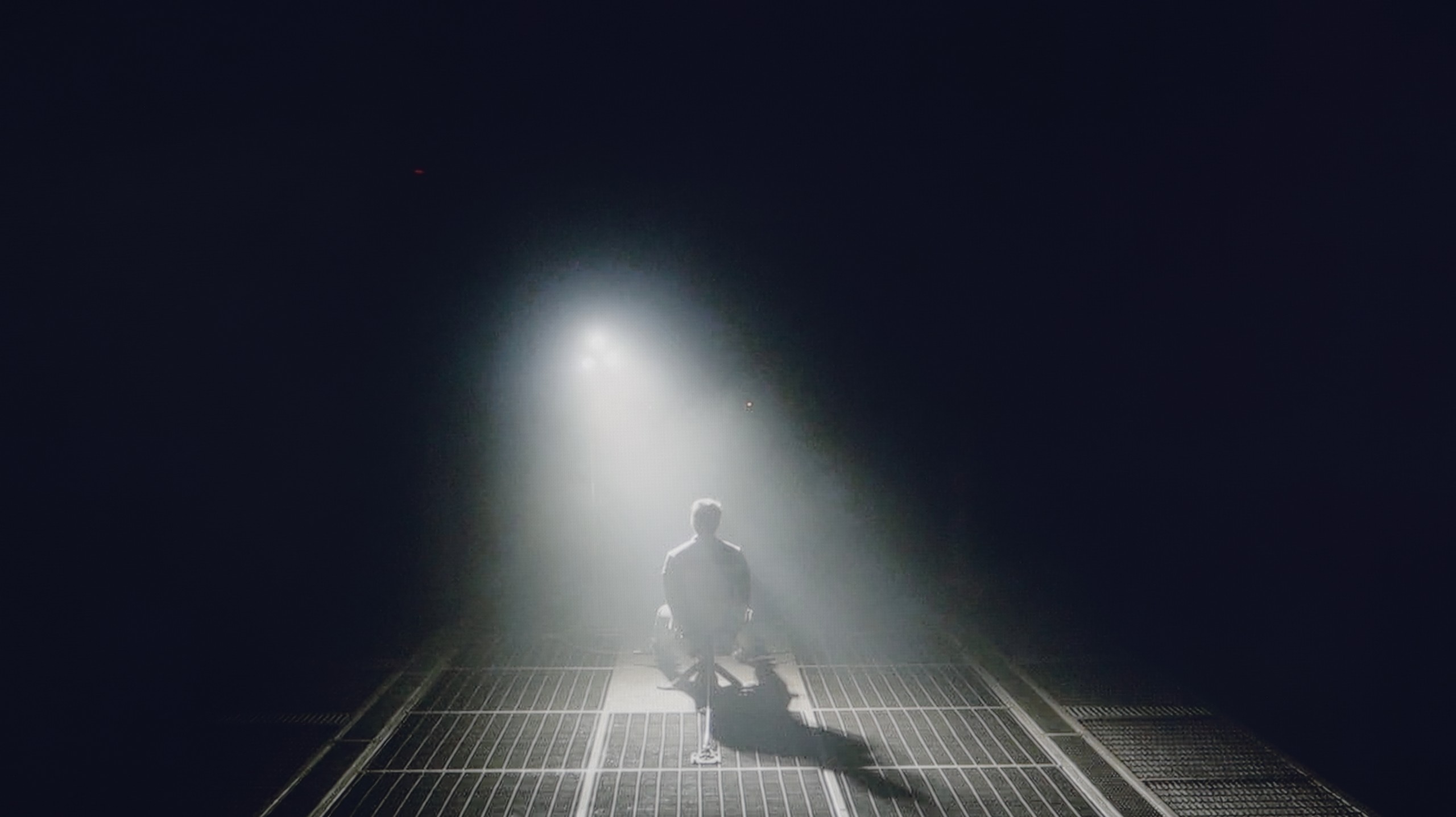
Samsung Q8F uses an LCD VA panel, which immediately puts it in a good position in terms of contrast. By nature, such panels offer deeper blacks than IPS panels, and you can really see this effect here. On test patterns, the contrast maintained a range of about 4000:1 to even 6000:1, which in practice results in a surprisingly engaging picture, especially in a slightly dimmed living room. Of course, this is not the level of LCD screens with local dimming, let alone OLEDs — sometimes the black can shift to a shade of navy blue, and the overall image seems flattened. However, Samsung employs a simple trick: the so-called global dimming, which means dimming the entire screen when a lot of dark areas appear on it. The effect can be impressive but comes at the cost of losing some detail, which may not appeal to everyone. Despite this, the Q8F still presents itself significantly better than televisions with IPS panels, offering solid contrast and blacks that can draw you into the cinematic atmosphere.
Bravia 3 in most variants, including the 65-inch model we tested, uses an IPS panel and unfortunately, this is not the best news for those who value depth of image and truly velvety blacks. This technology has its advantages, as it offers decent viewing angles, but this comes at the cost of very low contrast, which is especially noticeable during evening screenings when we expect the screen to go dark where it should. However, this is not the end of the list of problems. Our unit also showed noticeable inconsistencies in black levels, which exacerbate the effect of its shallowness. For example, in the scene with the helicopter, the light bleed in the corners of the screen and noticeable vignetting are clearly visible.
It’s hard not to think that even a simple local dimming system could save the situation and add a bit of drama to the picture, which is lacking here. Unfortunately, Sony did not opt for such a solution and as a result, we have a repeat of last year's performance. Bravia 3 is therefore not a television that will enchant with cinematic depth of black. At night, instead of intense black, we will rather see gray pretending to be darkness, which may disappoint more demanding viewers.
HDR effect quality
5.2/10
4.6/10
Luminance measurements in HDR:

Result
473 nit

Result
417 nit

Result
457 nit

Result
210 nit

Result
471 nit

Result
316 nit

Result
327 nit

Result
369 nit

Result
236 nit

Result
379 nit
Scene from the movie “Pan” (about 2800 nits)
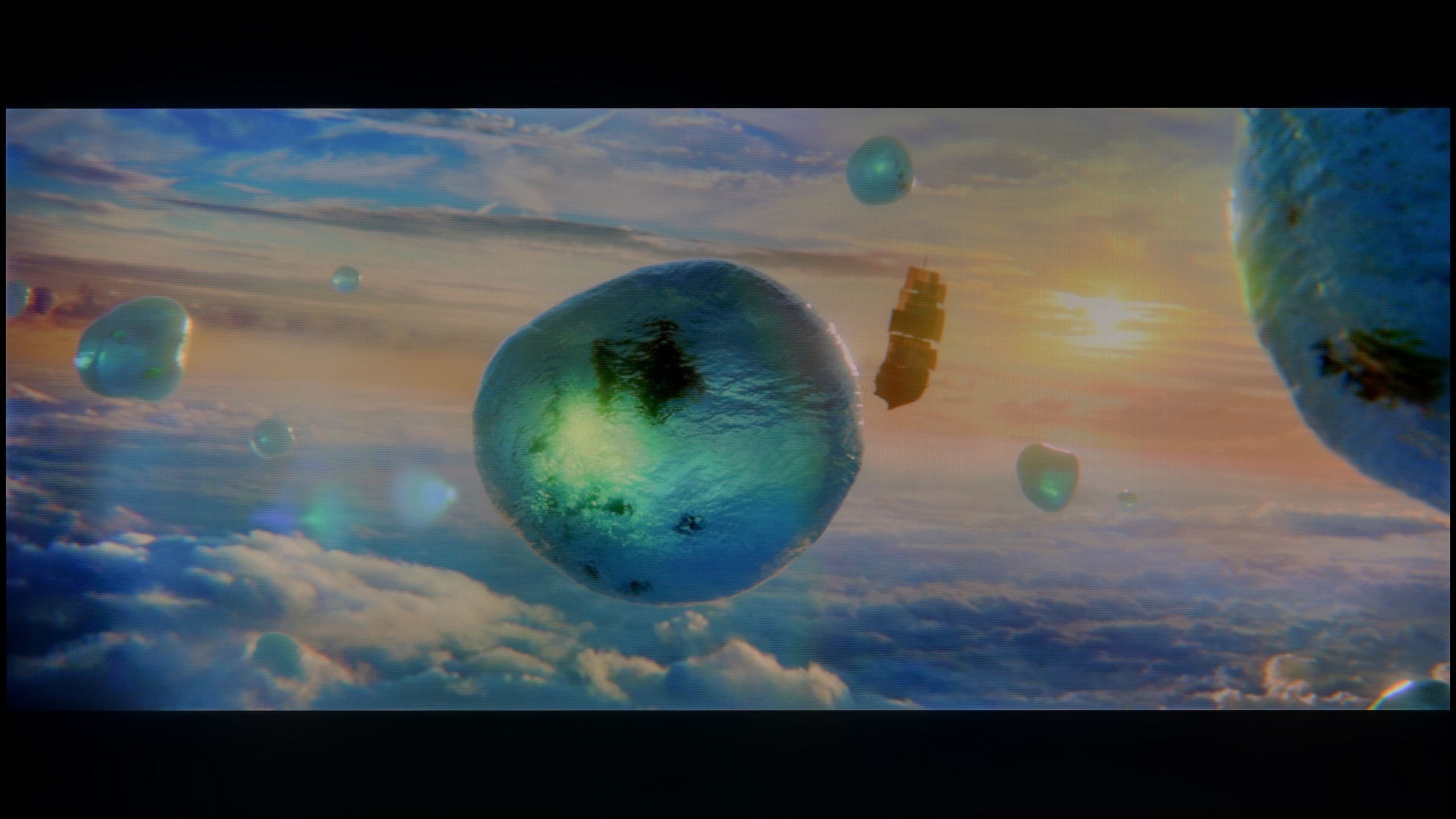
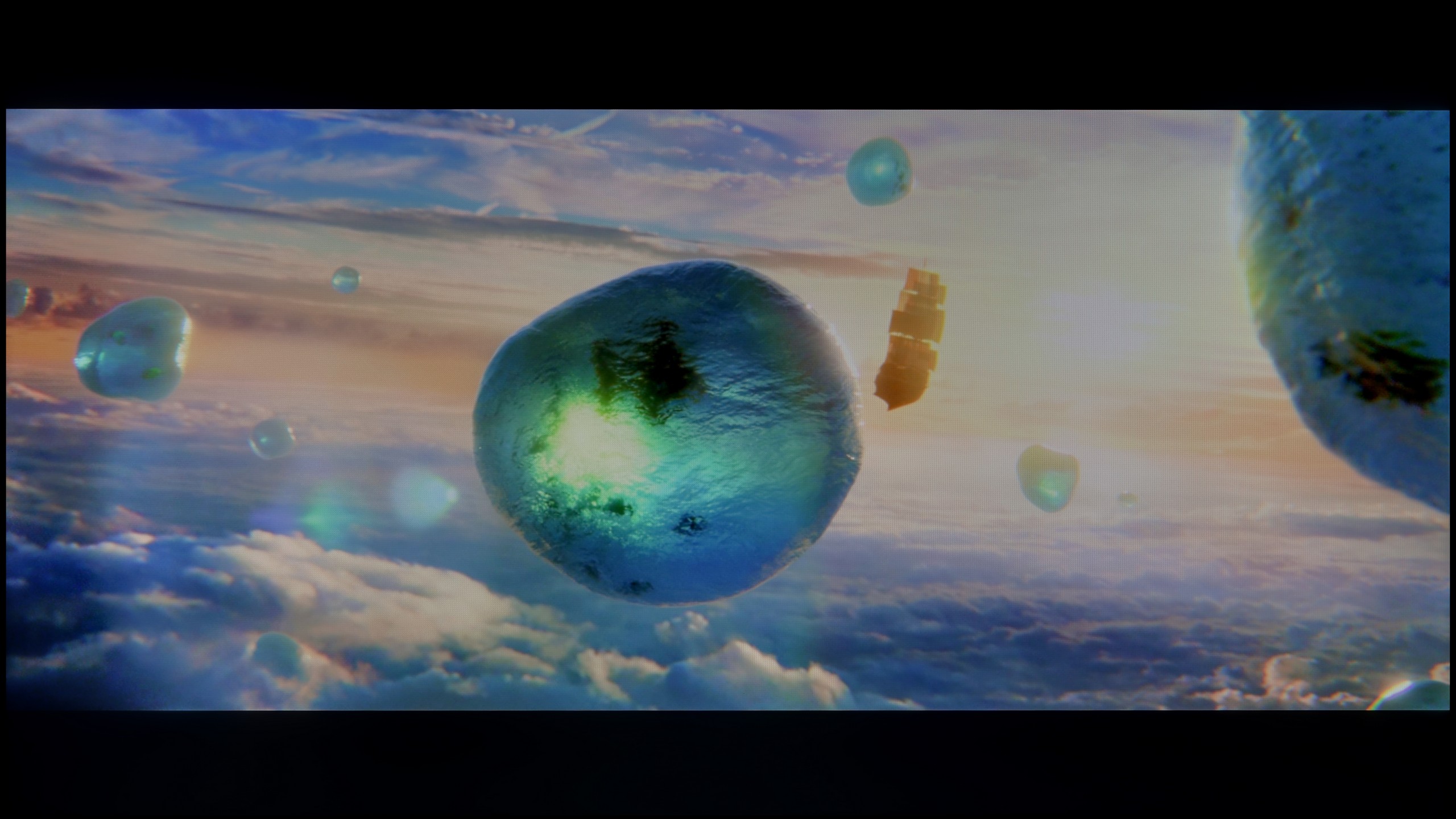
Scene from the movie “Billy Lynn” (about 1100 nits)
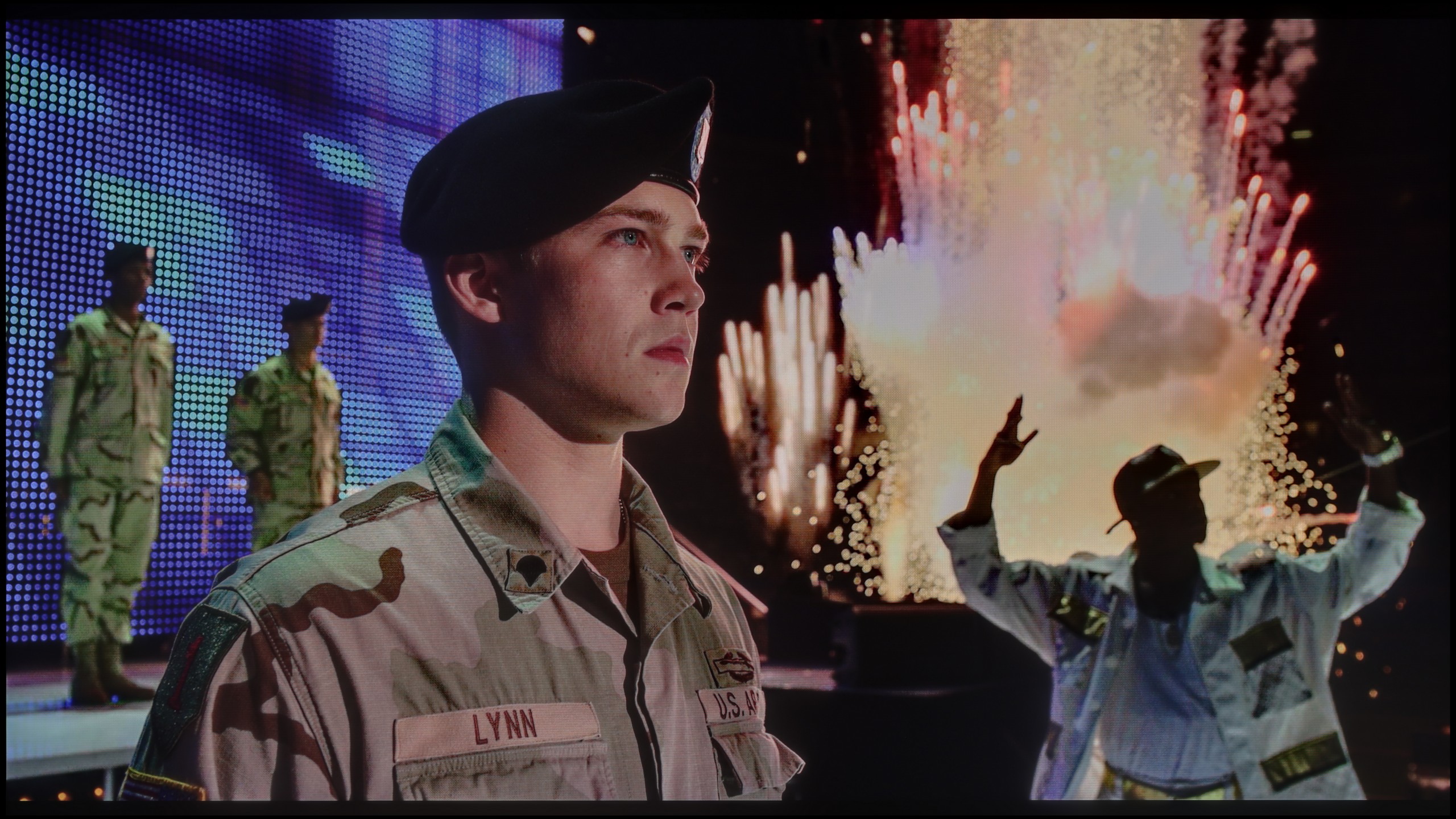
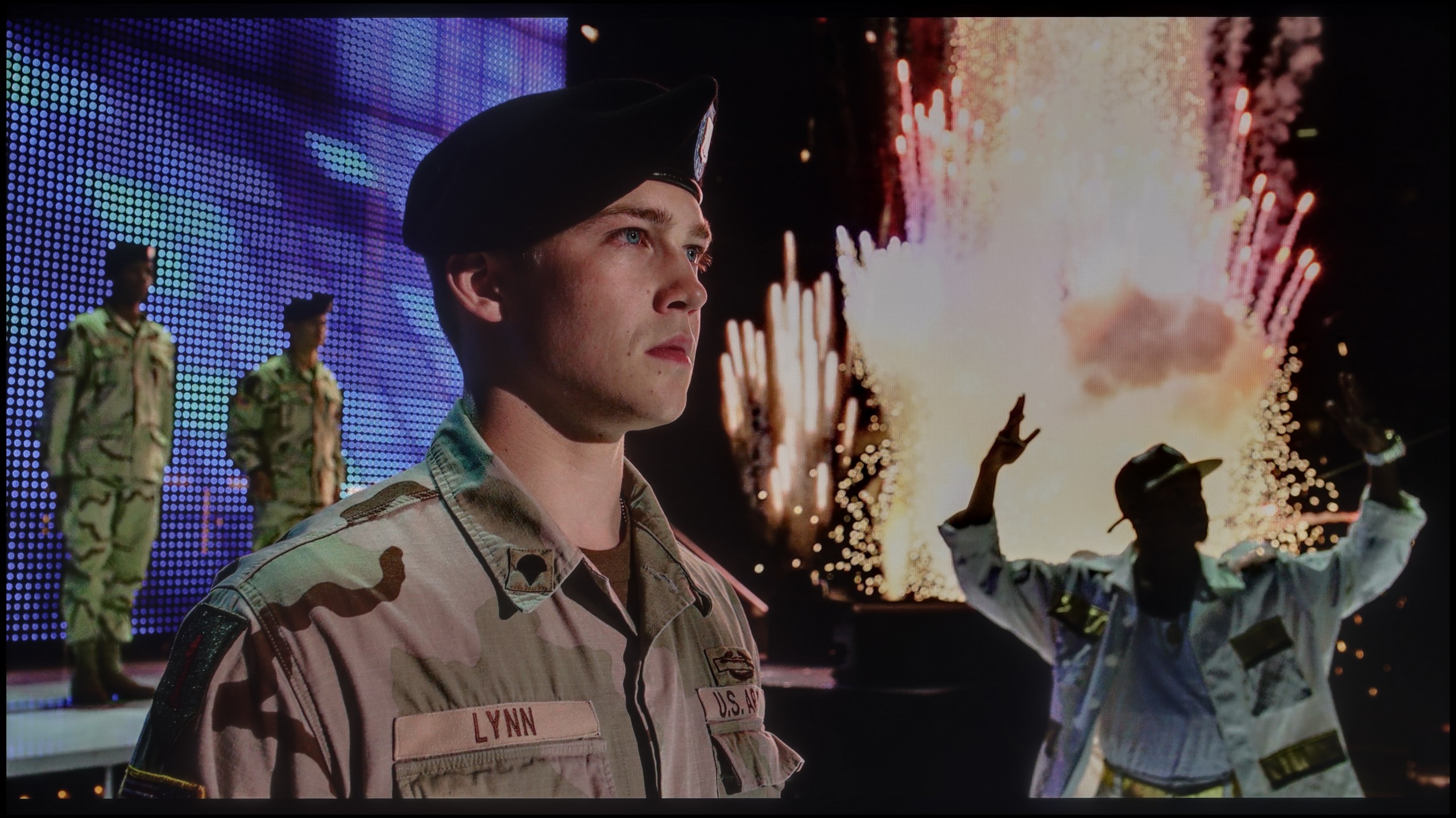
Static HDR10


Dynamic: HDR10+
Dynamic: Dolby Vision


HDR luminance chart:
SONY BRAVIA 3
HDR luminance
Samsung Q8F
HDR luminance
In terms of brightness, the Samsung Q8F performs surprisingly well for a television without local dimming. It measures up to 500 nits, which practically means that most movie and series scenes look pleasant, and it definitely cannot be accused of lacking the "HDR effect." In films like Life of Pi or The Meg, the screen was able to glow and deliver light effects at a satisfying level. It struggles more during challenging moments—with dark frames containing single bright points. The global dimming used causes the television to darken the image to maintain deep blacks, but at the cost of detail brightness. This is clearly visible in the scene from Sicario 2, where the helicopter lights dropped to around 200 nits. This is a conscious design decision that gives the impression of deeper blacks but somewhat takes away from the brilliance of individual elements, and this should simply be kept in mind. When it comes to color reproduction, the Q8F utilizes quantum dot technology, which broadens the color range. A DCI-P3 coverage of 91% can be considered a decent result, although it is not a record-breaking achievement compared to other QLEDs.
Bravia 3 does not hide the fact that it belongs to the group of televisions that are rather modest in terms of brightness. Our measurements showed around 370 nits, which is a value balancing on the borderline where one can still speak of any HDR effect. For some, this is an acceptable level; for others, it is rather typical for SDR materials, where spectacular highlights or vivid contrasts are not expected. The impression is that this is not a television for those focused on the highest image quality in demanding film content. However, this does not mean that we won't find any advantages here. Compared to its predecessor, the X75WL, Bravia 3 has gained an additional PFS filter, functioning similarly to solutions known from QLED technology. Thanks to this, the DCI-P3 color gamut has been significantly expanded and reaches over 91 percent, which in practice provides more saturated colors and a more pleasant image texture. As a result, even everyday content looks a bit livelier, and movies and series can surprise with their colorful presentations, despite the limitations in brightness itself.
Factory color reproduction
4.6/10
5.8/10
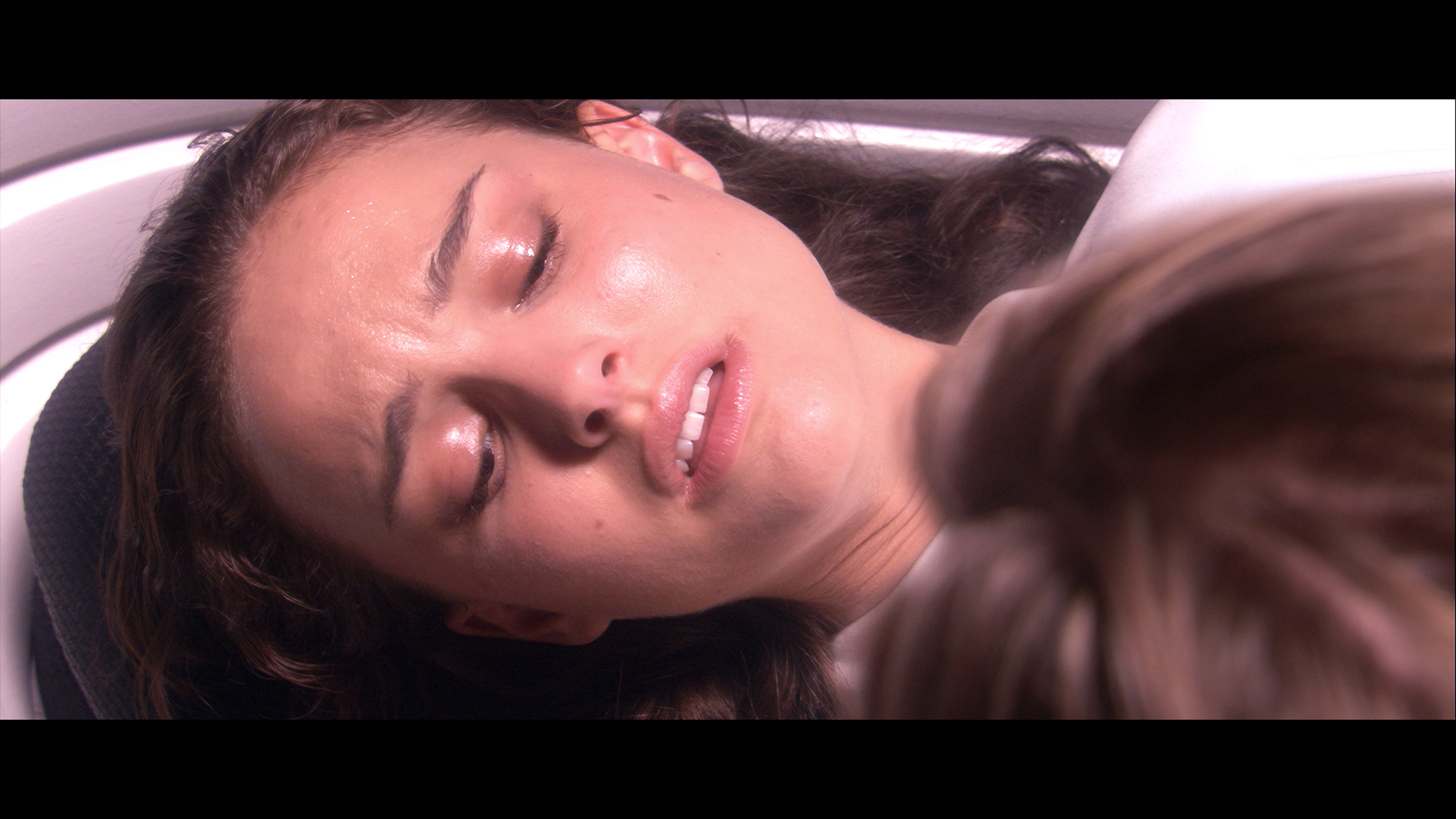
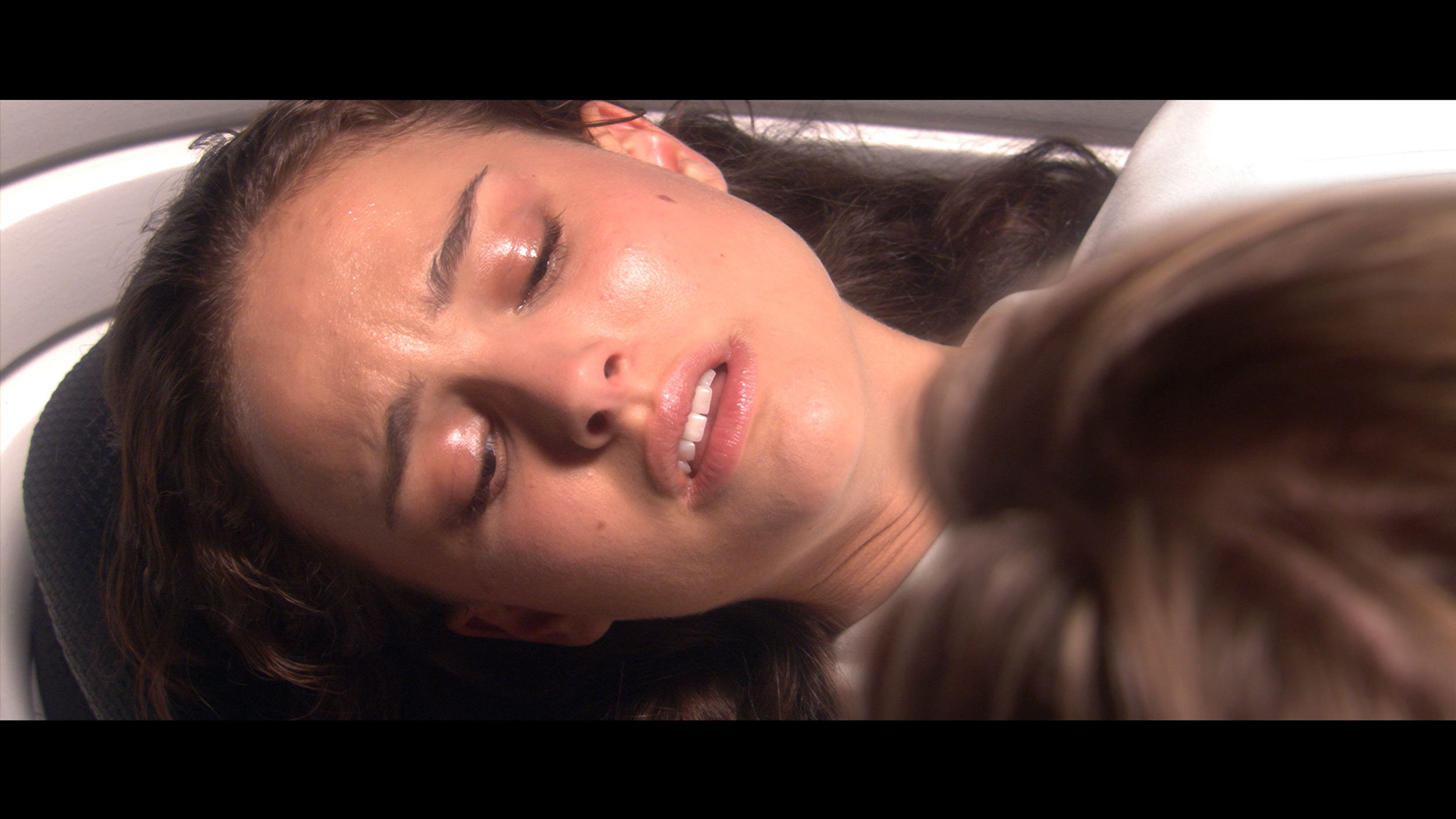
Factory Mode
After calibration


Factory Mode
After calibration
We decided to check the Filmmaker mode because it provided us with the best picture right out of the box. However, this does not mean it was perfect. The white balance had too much blue and red tint, causing the white to take on a slight purple-pink hue. Such an imbalance affected the visibility of practically all colors, as can be seen in the comparison photo below. The brightness characteristic in SDR content was quite well adjusted, although in HDR materials, we noticed that the television did not always manage its global dimming—at times, the screen was too dim, while at other times it suddenly brightened. Fortunately, issues related to colors can be effectively corrected with calibration tools, so we decided to get to work.
We primarily tested the Sony Bravia 3 in movie mode, which immediately proved to be the best choice among the factory settings. The picture is not perfect, but compared to the eco mode that the TV suggests right out of the box, the difference is significant and for the better. In movie mode, one can notice a certain problem—the image seems too warm, which results from a lack of blue in the white balance. Despite this, in SDR content, the final effect can still be considered quite decent and satisfying for everyday viewing. Much more serious errors occur in HDR materials. The Color Checker analysis showed significant deviations, and poor brightness management combined with limited color gamut coverage further exposes the shortcomings of the image in this mode. All of this makes HDR on the Bravia 3 look unconvincing and can spoil the impression left by the quite decent SDR content settings. Fortunately, this is not a situation without a solution. Various errors can be somewhat mitigated, and some can even be completely corrected through professional calibration. Therefore, we decided to check how the TV would perform after such adjustments.
Color reproduction after calibration
7.8/10
7.5/10
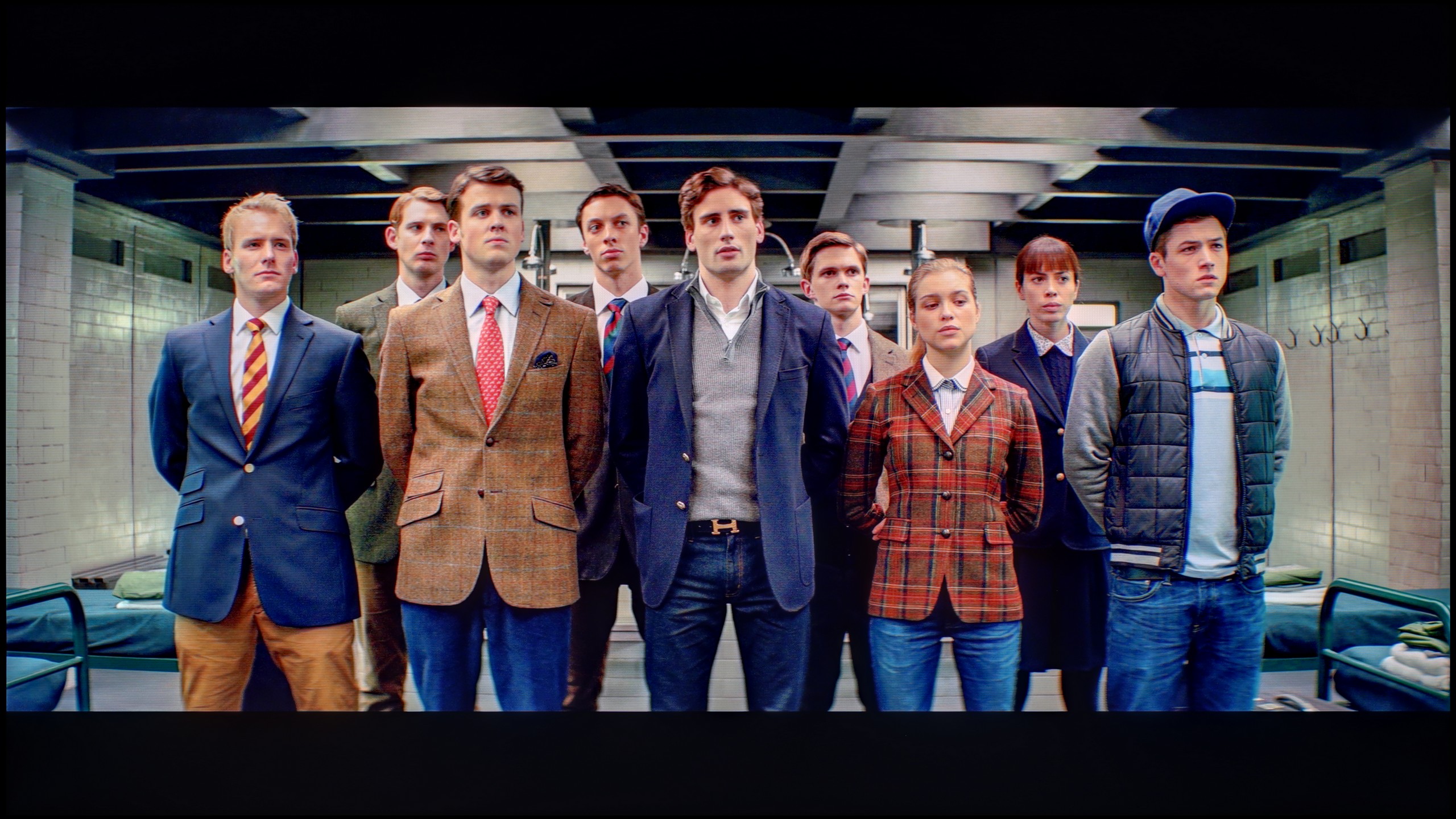
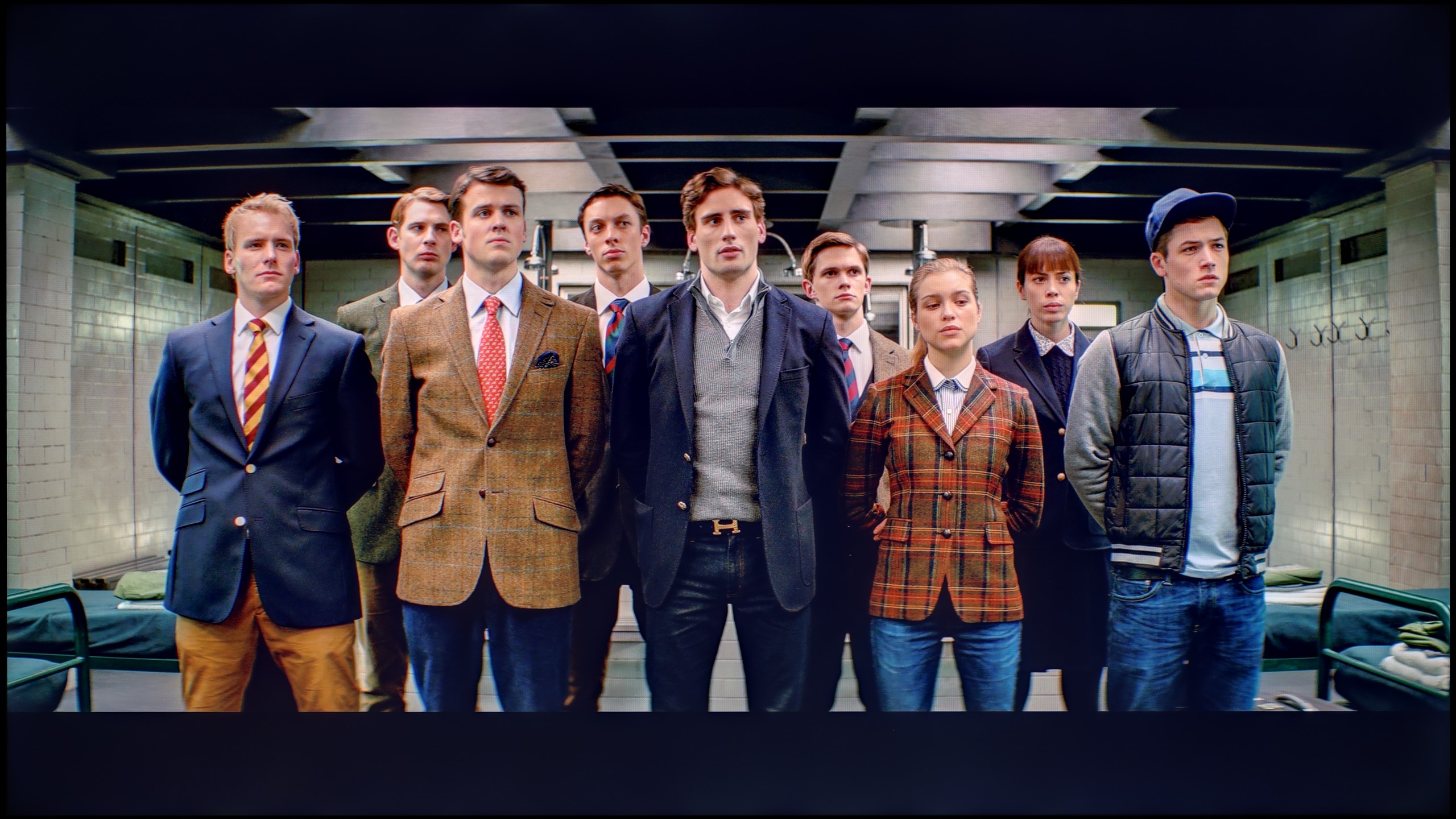
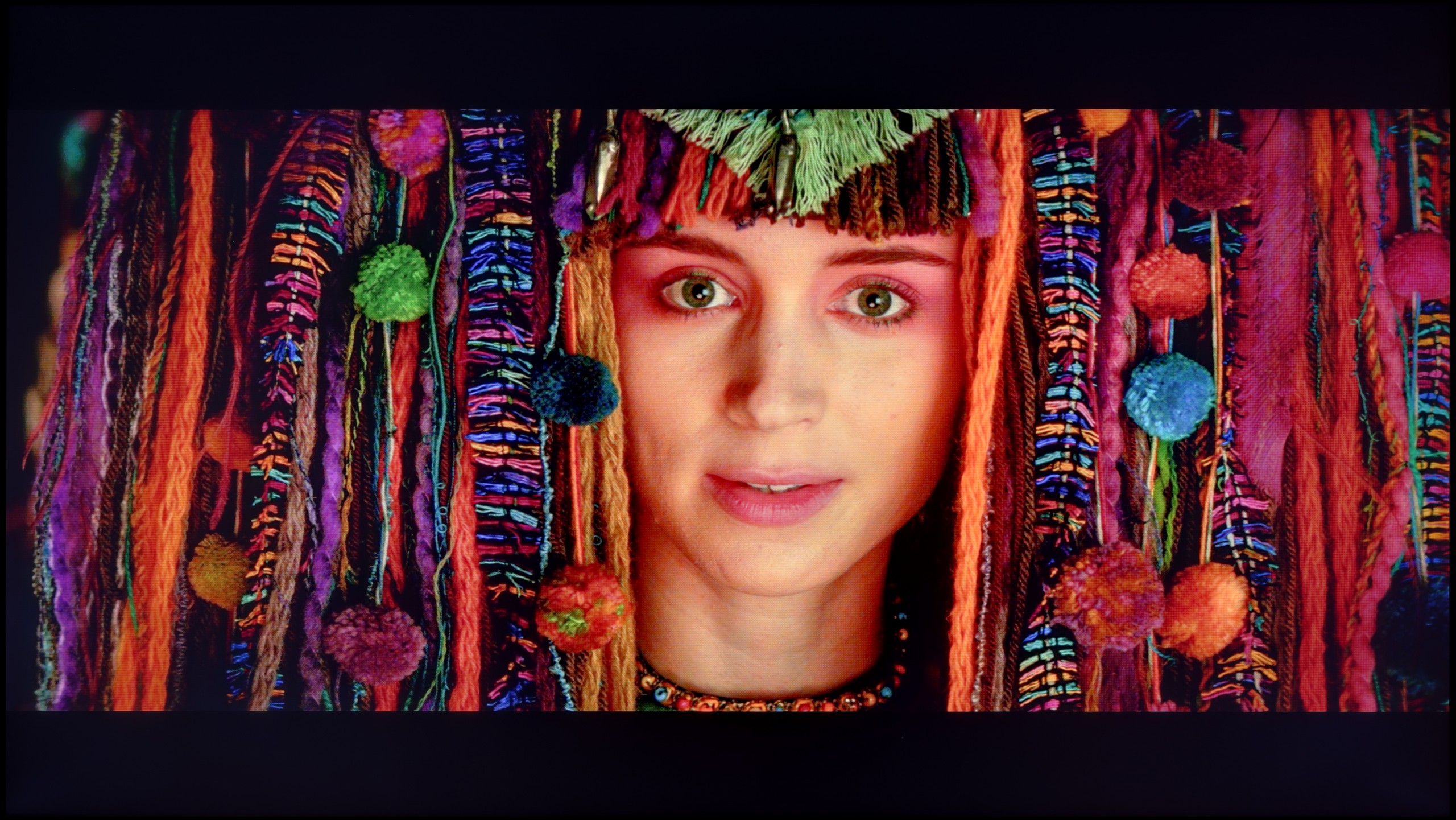

After calibration, we managed to correct the white balance almost to perfection. Older SDR content looks stunning — most errors are within a threshold of 2, which is definitely below the human eye's perception limit. In HDR, we also brought the white balance to the correct level, but a different problem arises here. So why are there still relatively large errors in color reproduction? This is mainly due to the limited color palette and the way the television manages brightness. The applied global dimming technique does not give the user control in the settings, so when analyzing the EOTF curve in HDR films, it is clear that the Q8F can independently modify luminance. This can be considered a certain limitation, but despite this, the image after calibration is still much more enjoyable than in the factory version.
The calibration allowed us to extract significantly more from ChooseTV 3 than we could have expected at the beginning. First and foremost, we managed to address the shortage of blue color, which previously caused a noticeable warming of the image. After a slight adjustment in white balance, most of the errors in Color Checker measurements for SDR content practically disappeared. The shades of white gained a natural quality, and brightness management in gamma stabilized to a level that is nearly perfect, not exceeding the threshold of human eye perception. Therefore, it can be confidently said that in SDR content, after a few tweaks in settings, ChooseTV 3 performs really excellently. HDR content, however, fares much worse, although it is still definitely better than before calibration. The white balance has been corrected, but the limitations of the IPS panel are insurmountable. The lack of local dimming means that even the smallest elements can be overexposed, which immediately stands out. Color-wise, the effect has also improved, although it is far from ideal—many errors still exceed the threshold of four or even five delta E units, meaning they remain visible to the human eye. It was already clear before that ChooseTV 3 is not a television designed to amaze with HDR quality. Nonetheless, it is gratifying that in SDR content, after calibration, the image can look really great, and in this category, the television pleasantly surprised us.
Smoothness of tonal transitions
9/10
8/10


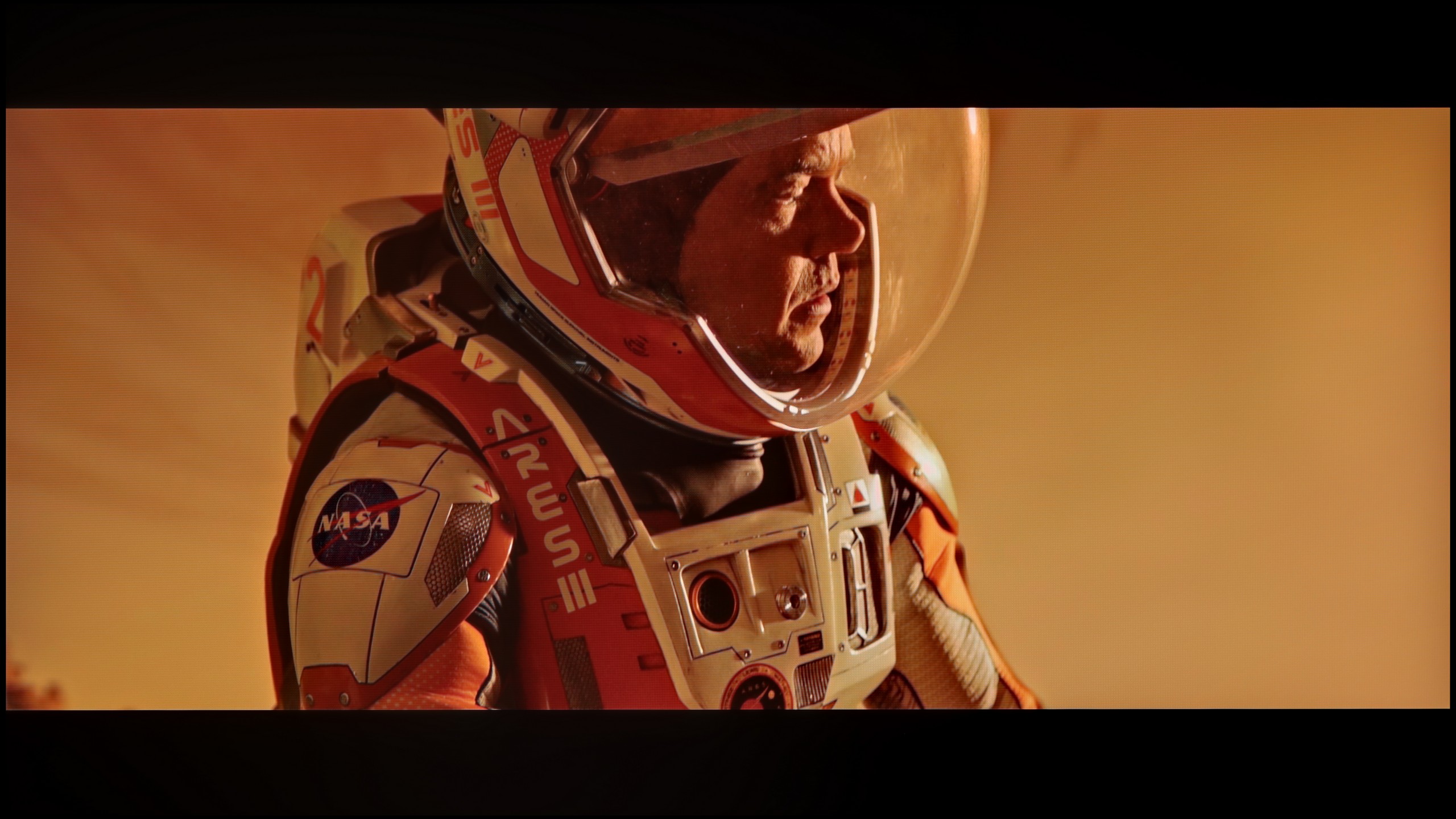

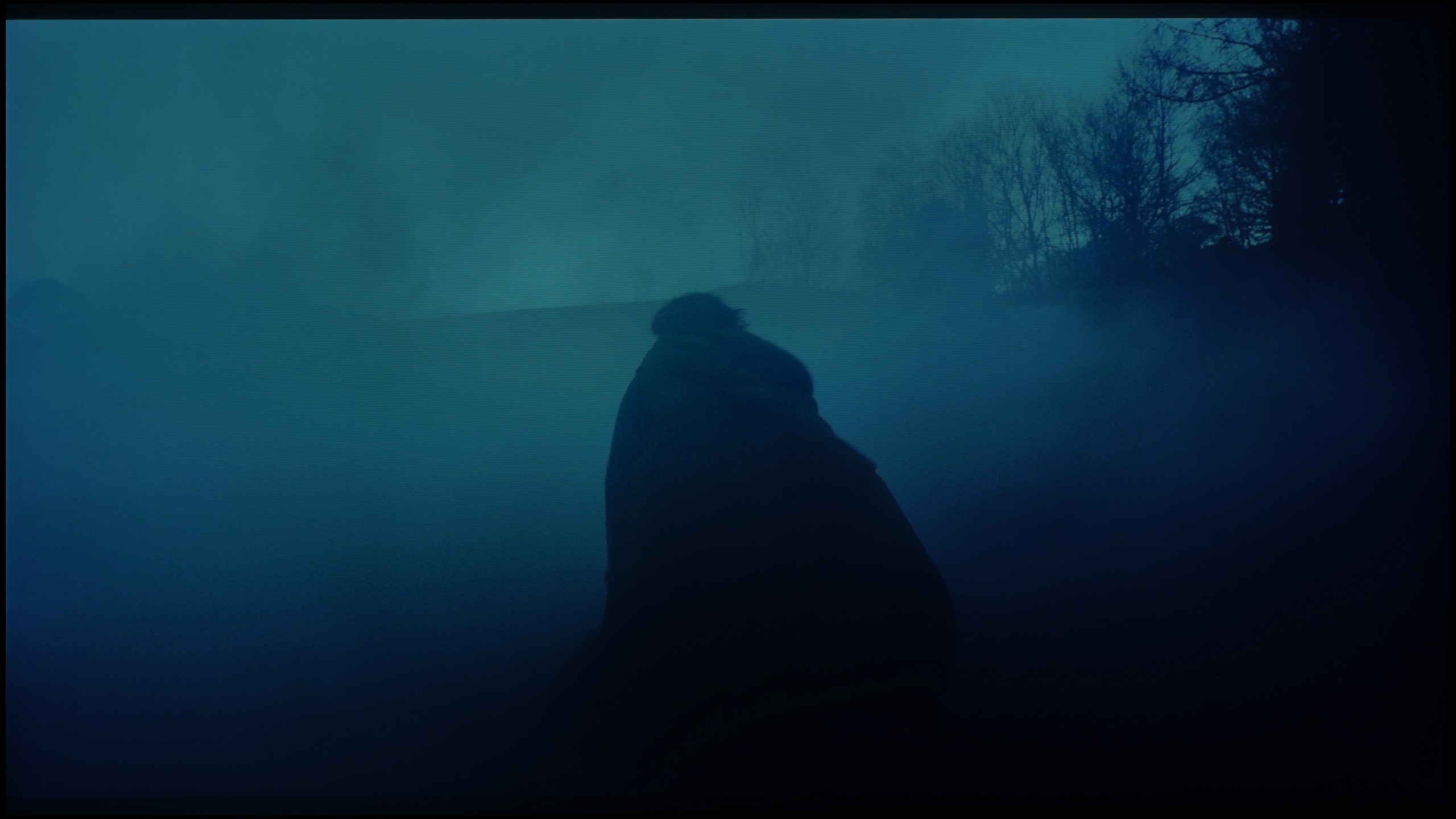
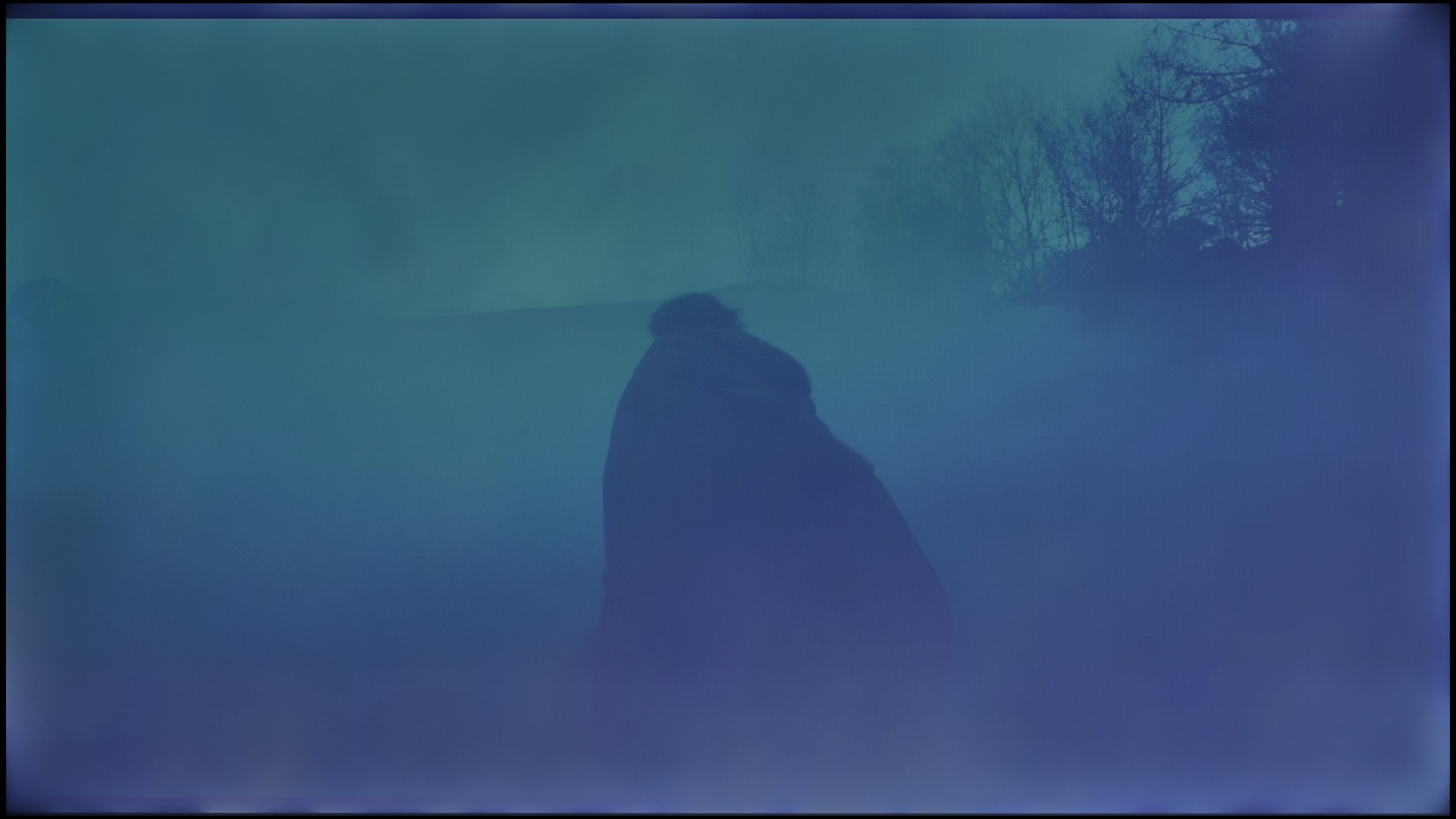

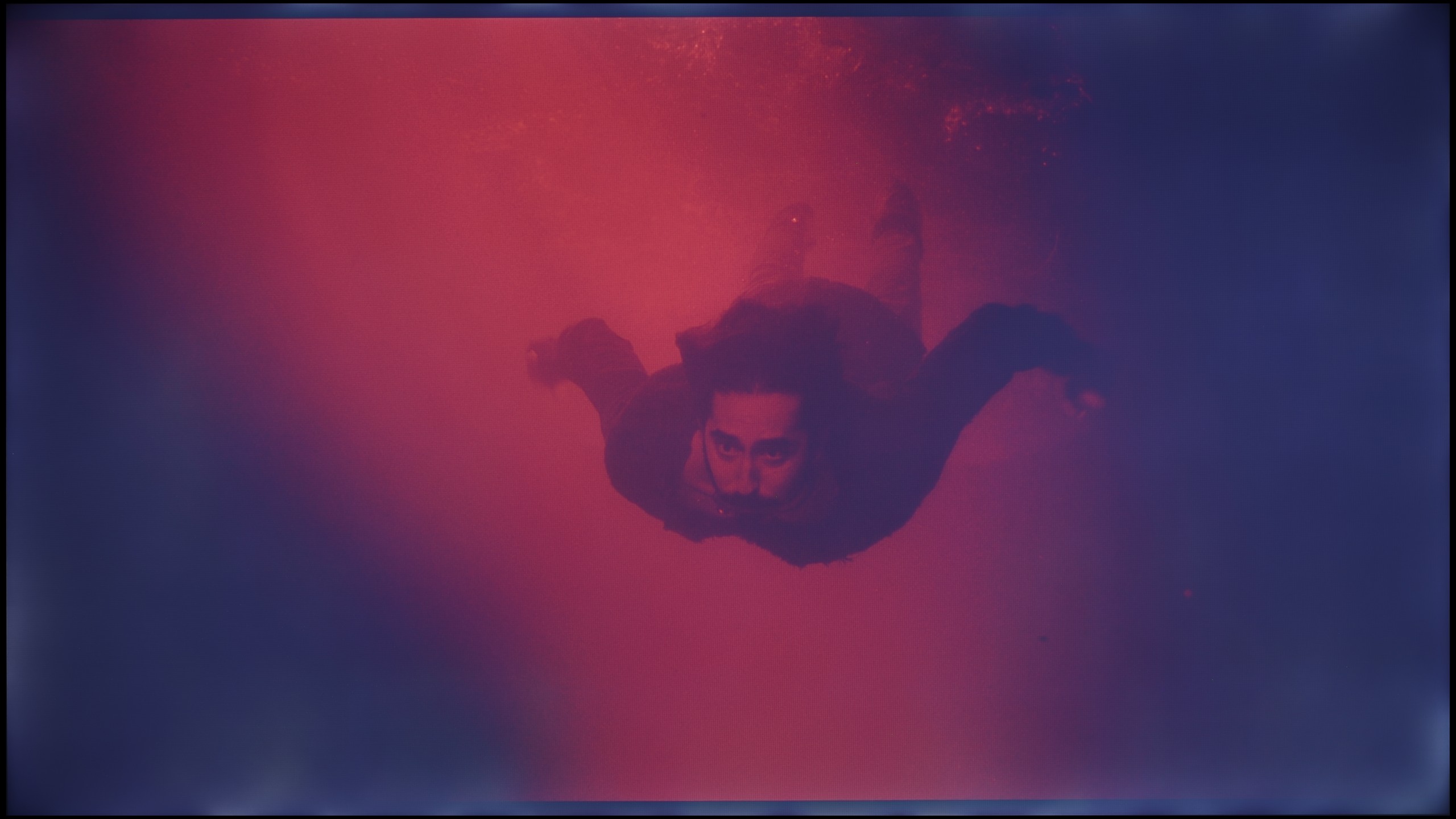




The fluidity of tonal transitions in the Q8F is really very good. The TV blends colors very nicely, both in bright segments of the sky and in darker shots, where "steps" in color can easily be visible. Yes, there are occasional errors, but you have to look closely to catch them. In practice, while watching movies or series, the picture looks cohesive and is not distracting with any artifacts. Therefore, the rating in this category had to be high. 😉
In terms of the fluidity of tonal transitions, Bravia 3 performs really well. In brighter scenes, we did not notice any significant errors – the screen handles color blending almost perfectly and does not create artificial contours that can spoil the viewing experience. Also, in darker segments, there are no major issues with color gradation, though another problem arises here. Strong brightening and uneven backlighting of the panel in dark scenes make it difficult to unequivocally evaluate the gradation itself, as the effect is spoiled by the unevenness of the image. However, when we focus solely on color blending, the result can be considered very good.
Image scaling and smoothness of tonal transitions
5/10
7/10
Smooth transition function
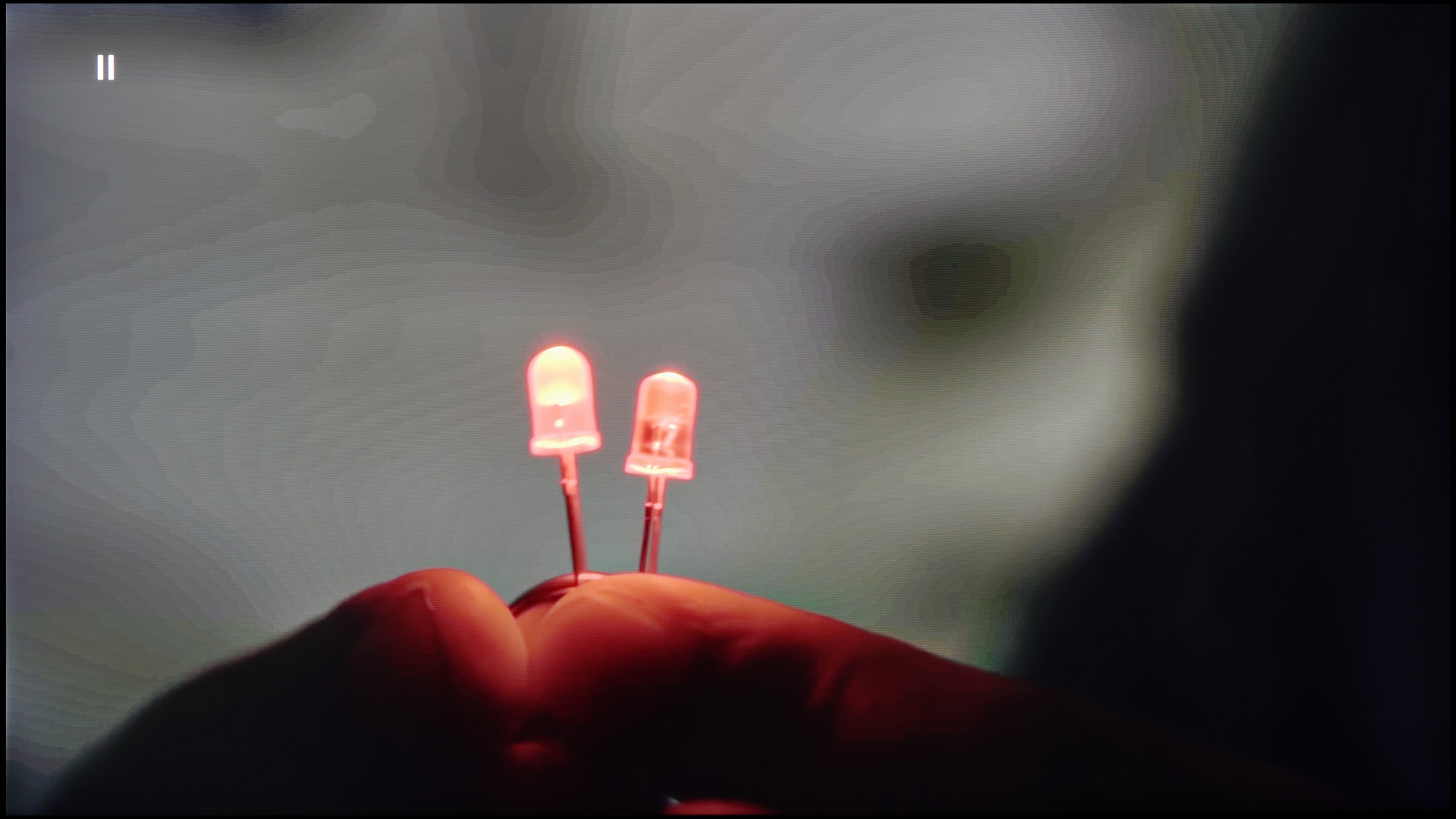
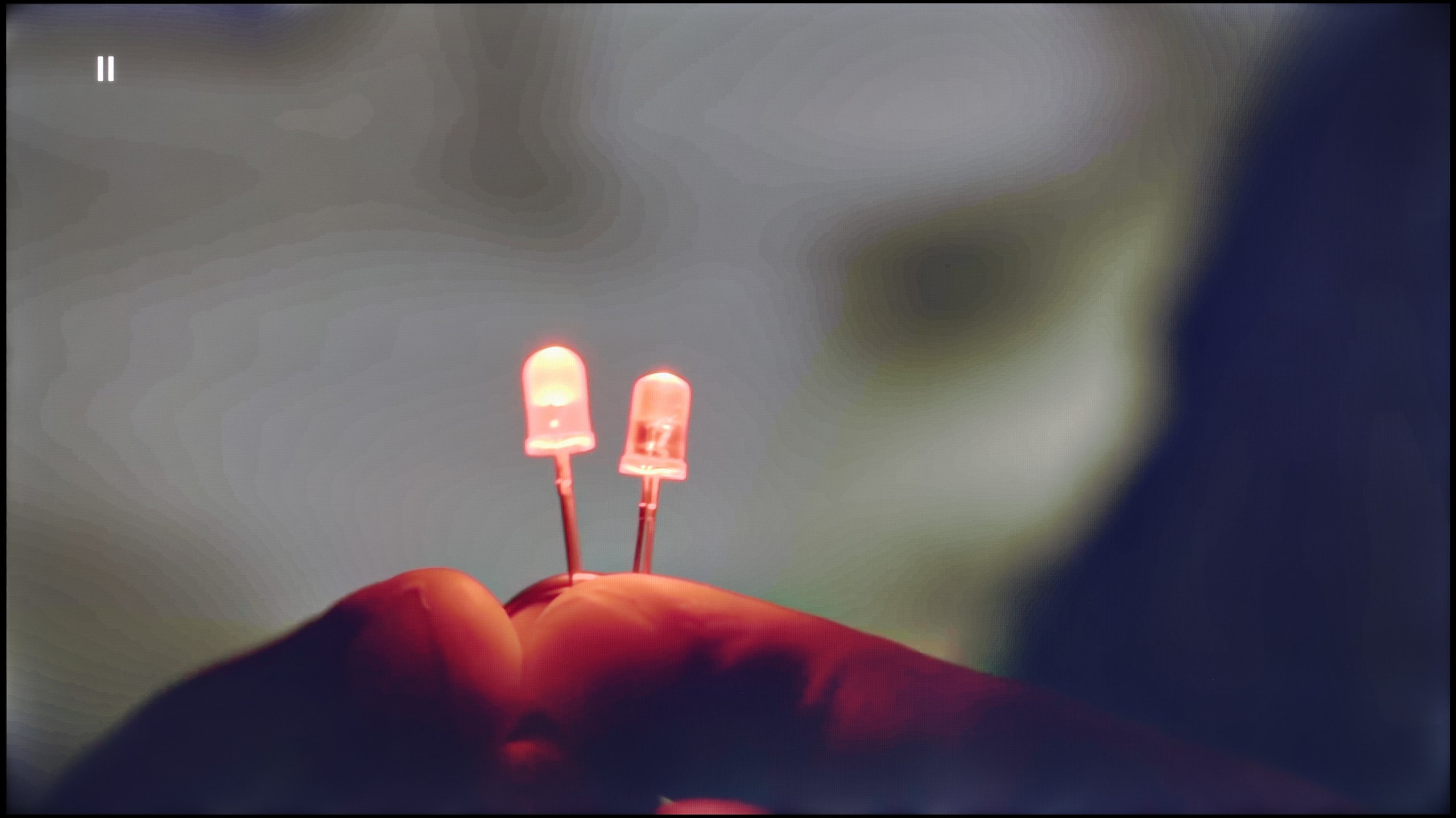
Image without overscan on the SD signal
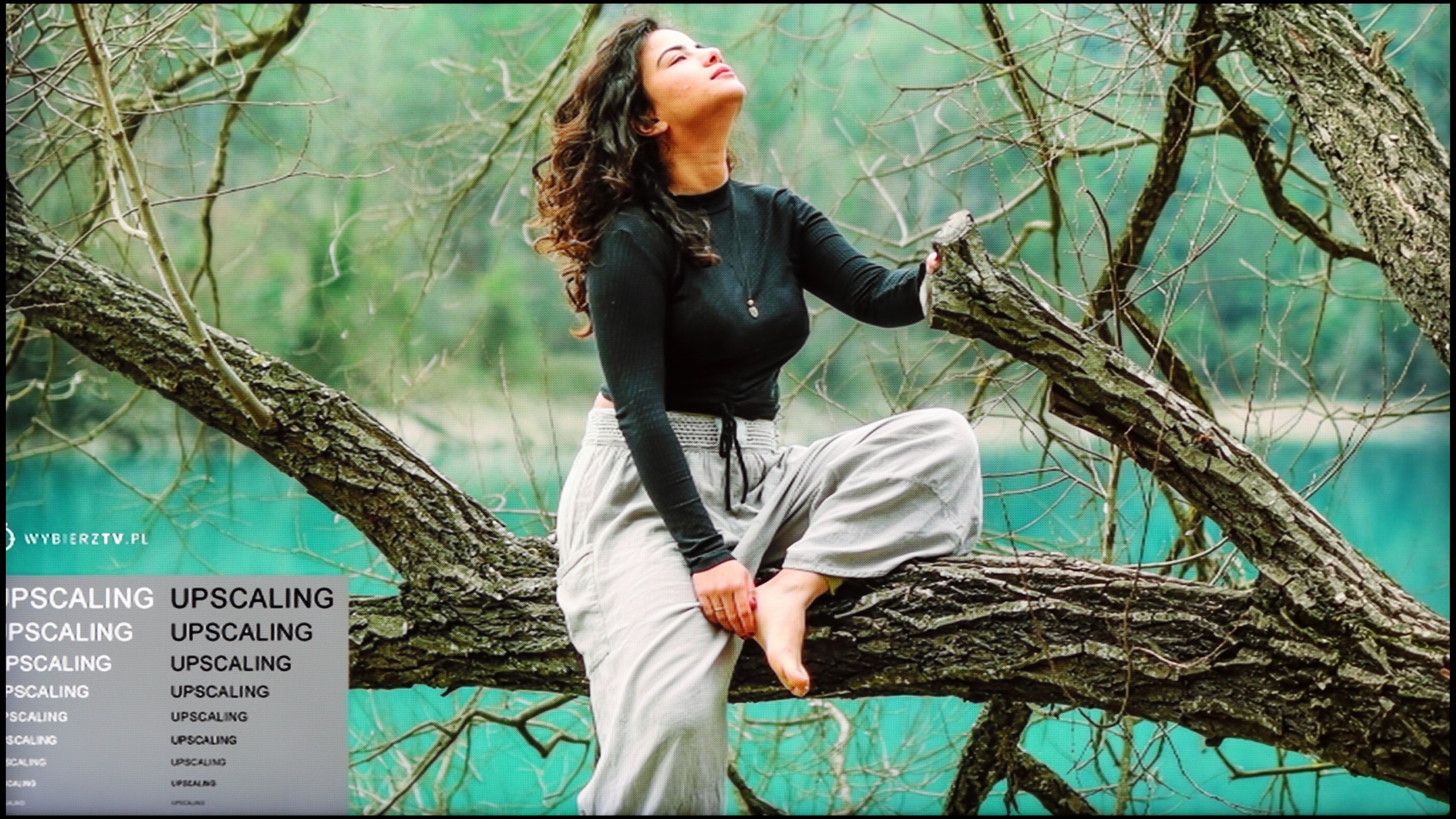

Let's see how the Q8F handles older content, which often has poor quality. Let's start with the positives: the upscaling, which means raising the image to a higher resolution, works really well. The TV handles both classic television and materials from YouTube without giving the impression that we are dealing with something completely unattractive. Materials in very low resolutions, such as 576p, perform worse — the image can be cropped, and unfortunately, the overscan phenomenon cannot be turned off. However, the digital processing itself looks worse too. The noise reduction function, instead of removing unwanted interference, smooths out almost everything: film grain (which is desirable for many viewers) disappears along with the texture of the image, and the faces of the actors begin to resemble characters from cheap Turkish soap operas. It is therefore hard to consider this option useful — it's best to leave it completely turned off. Perhaps Samsung will refine the operation of this feature in updates, but for now, it’s difficult to regard it as anything other than an unnecessary addition.
Bravia 3 brings something more to the Sony television family than just a common name. It stands out primarily for its ability to improve the quality of weaker materials thanks to the applied processor. Of course, we won't find the advanced XR chip known from more expensive models here, but it must be acknowledged that the image at a lower resolution looked surprisingly good. Scaling worked effectively, and most parts of the screen were free from the typical excessive jagged edges found in budget constructions.
The feature that enhances the fluidity of tonal transitions is also worth noting. In the high setting, it works really well, effectively masking the imperfections of gradation without significant loss of detail. It does happen that the algorithm overly smooths elements that should remain sharp – for example, faces – however, in overall terms, the effect is beneficial. The best results were achieved precisely at the highest setting, and this option could be recommended to those watching lower-quality content.
Blur and motion smoothness
5.7/10
5/10
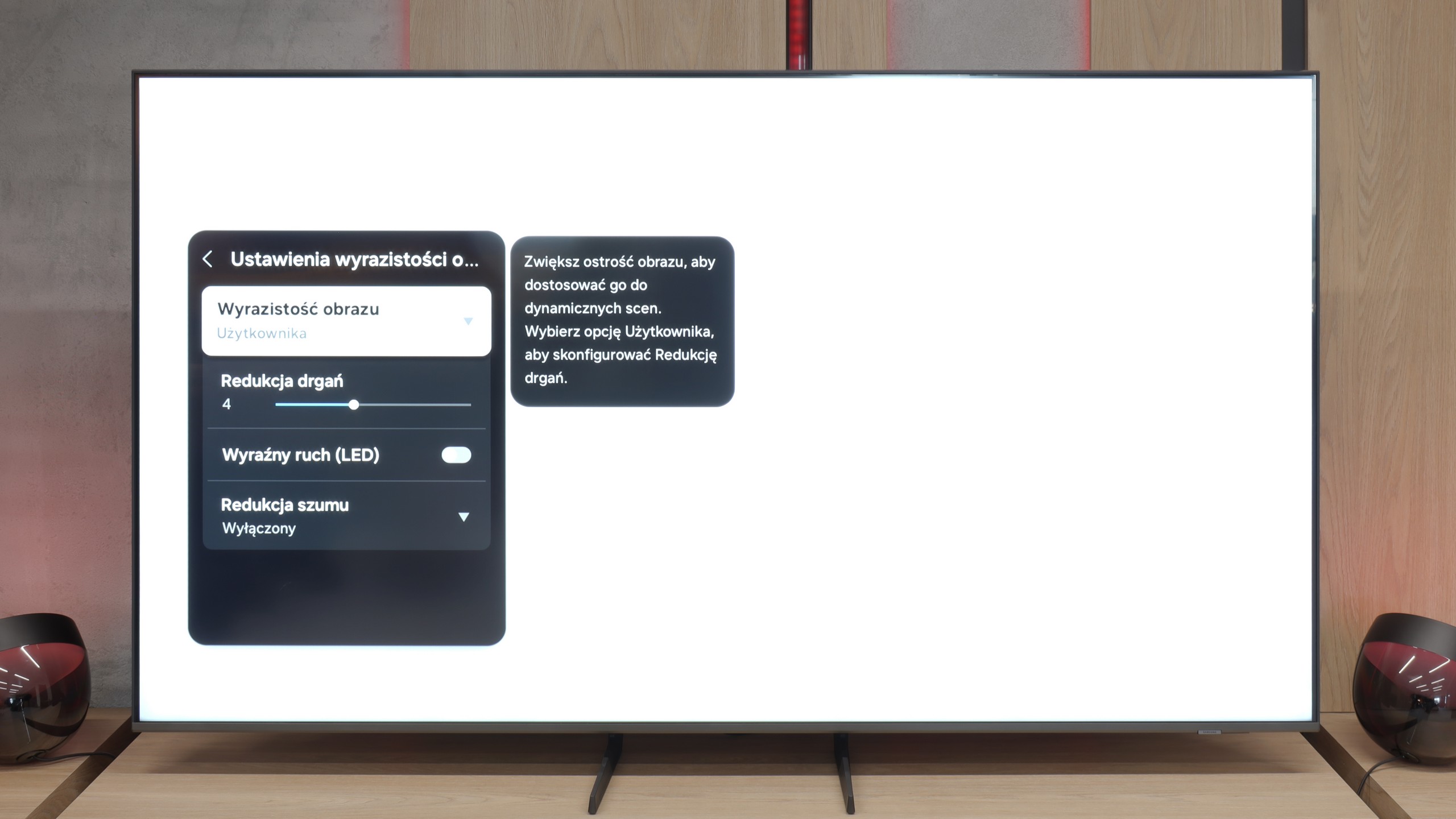
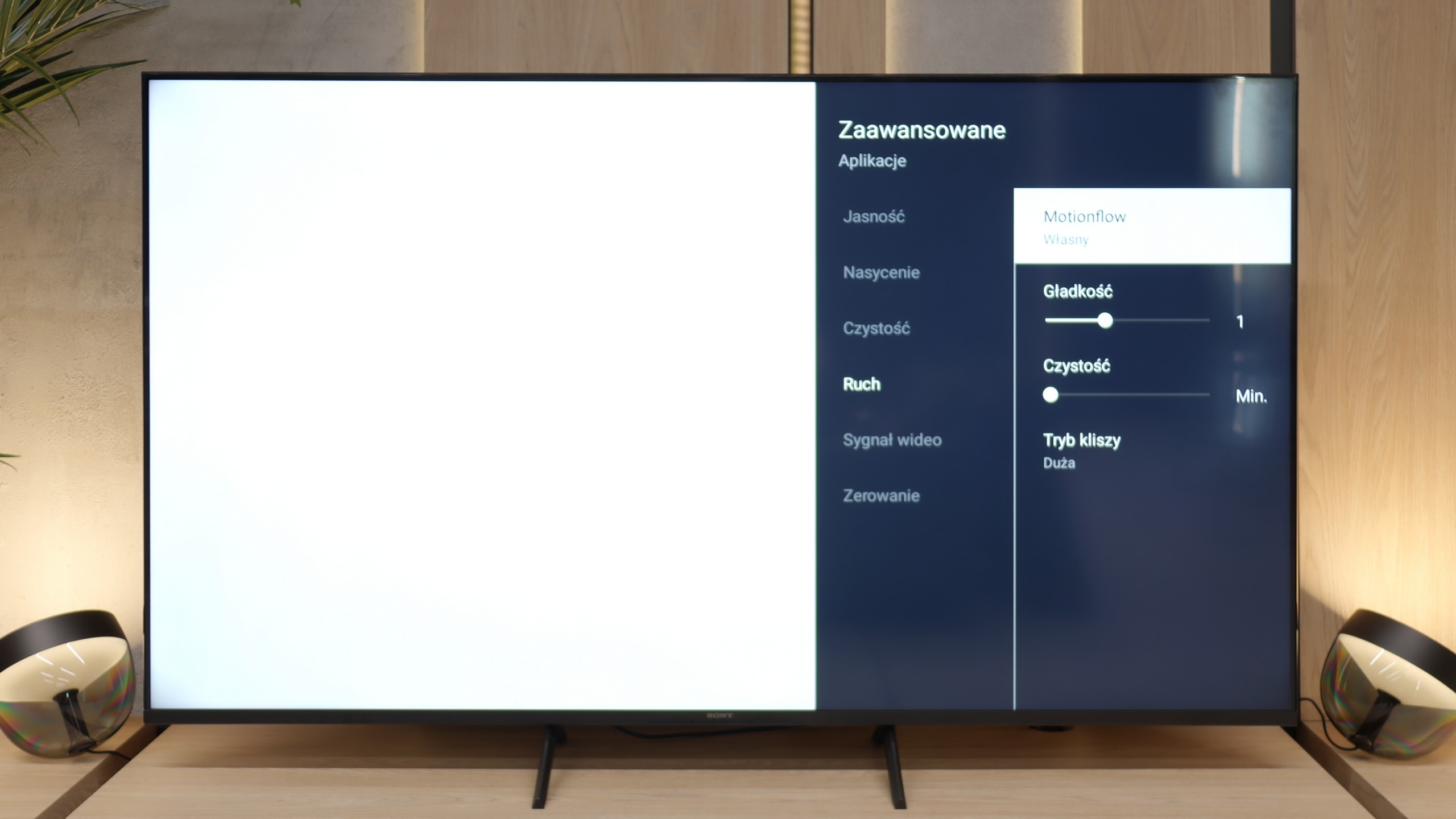
Blur (native resolution, maximum refresh rate):
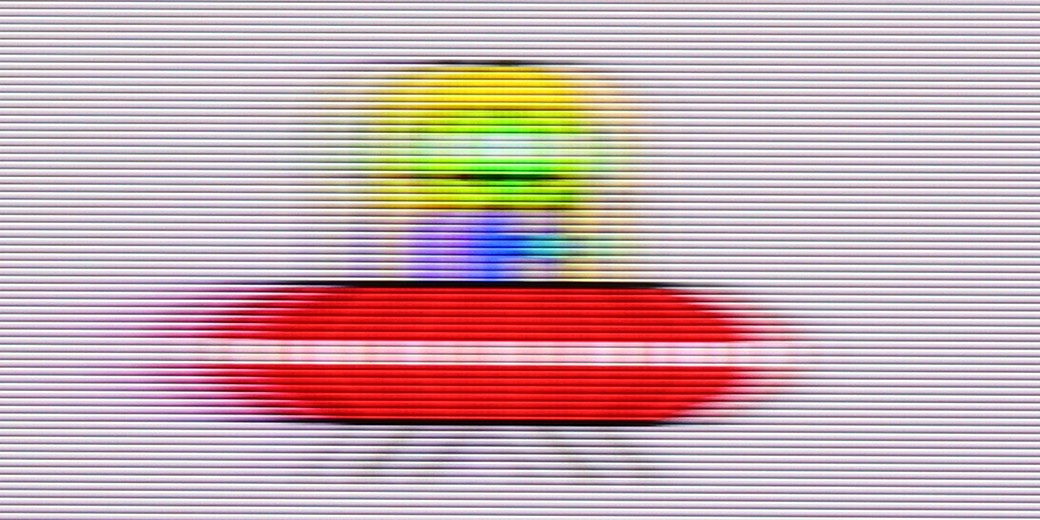
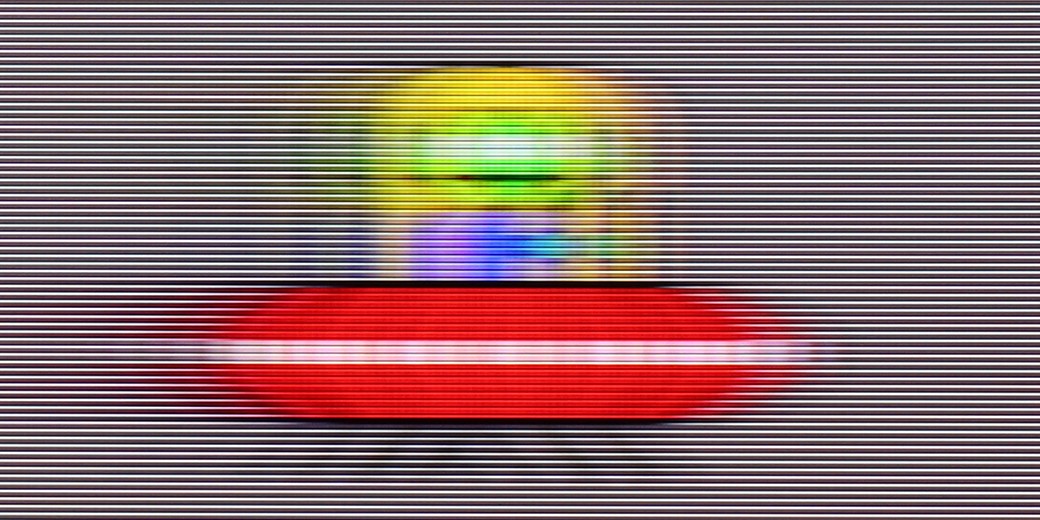
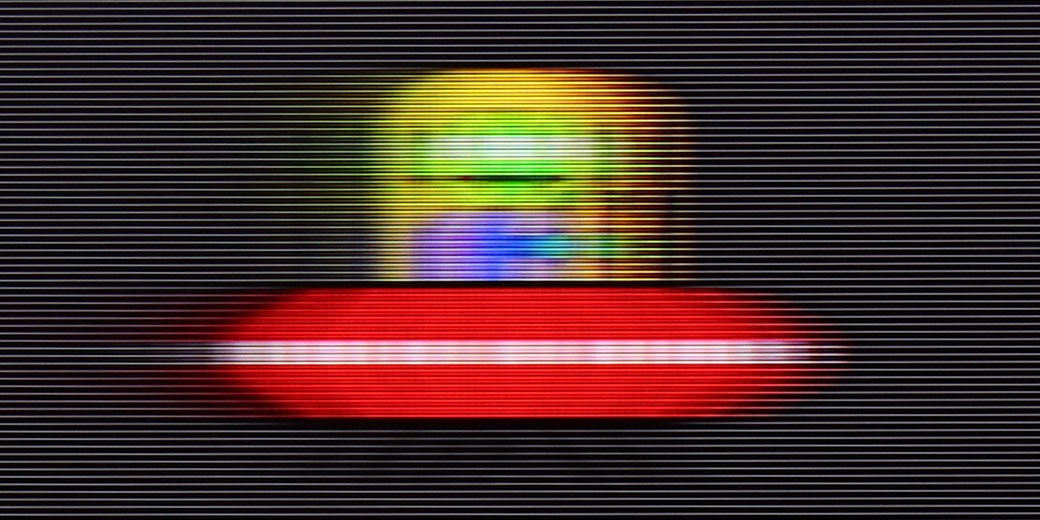
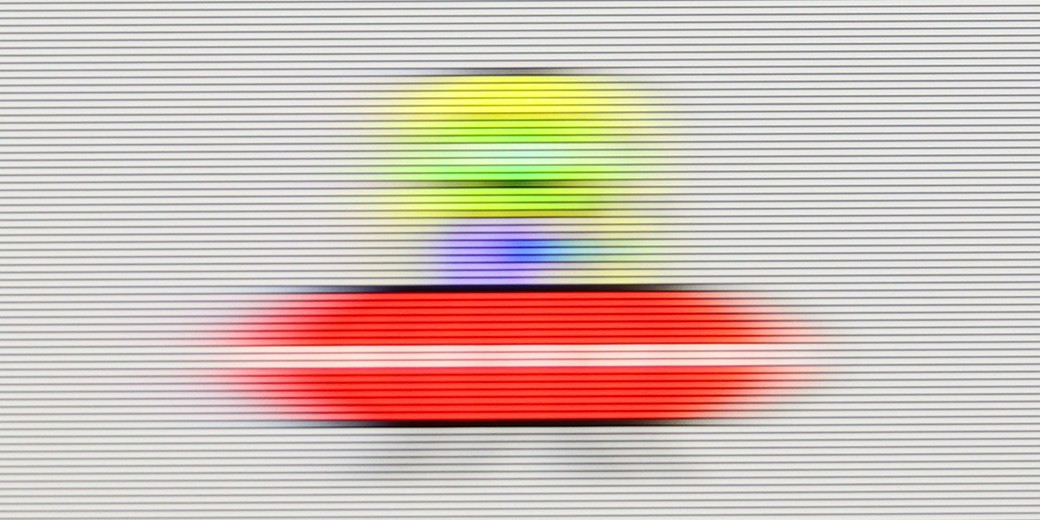
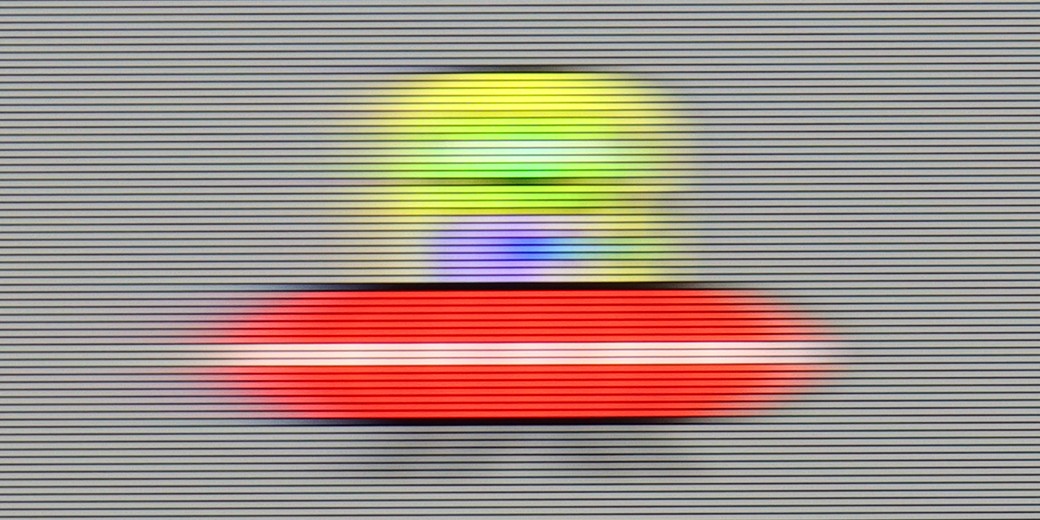
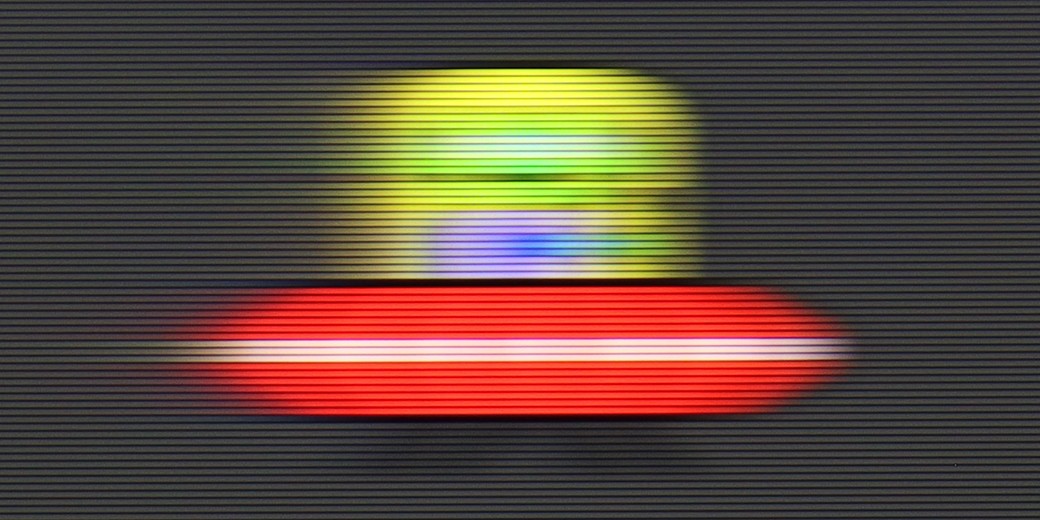
Blur (BFI function enabled):


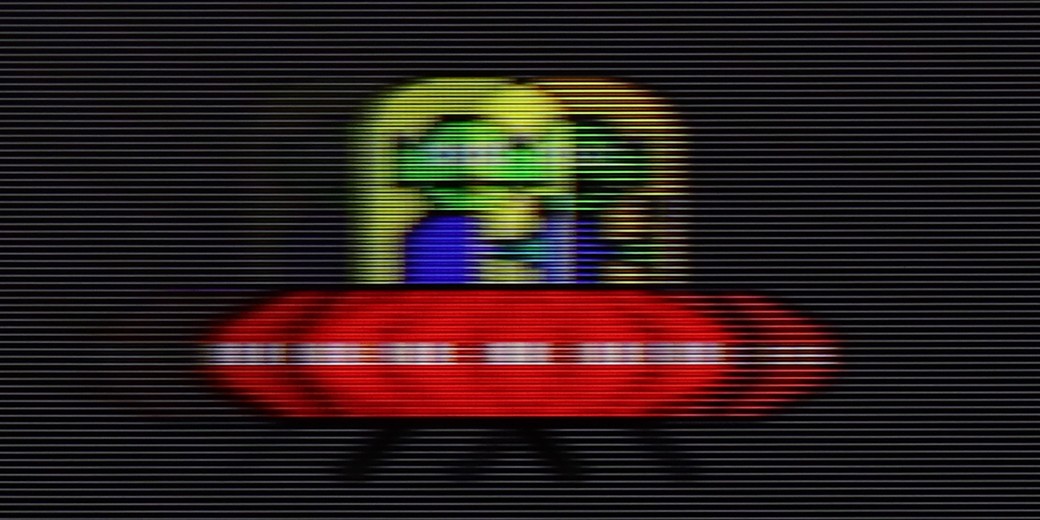
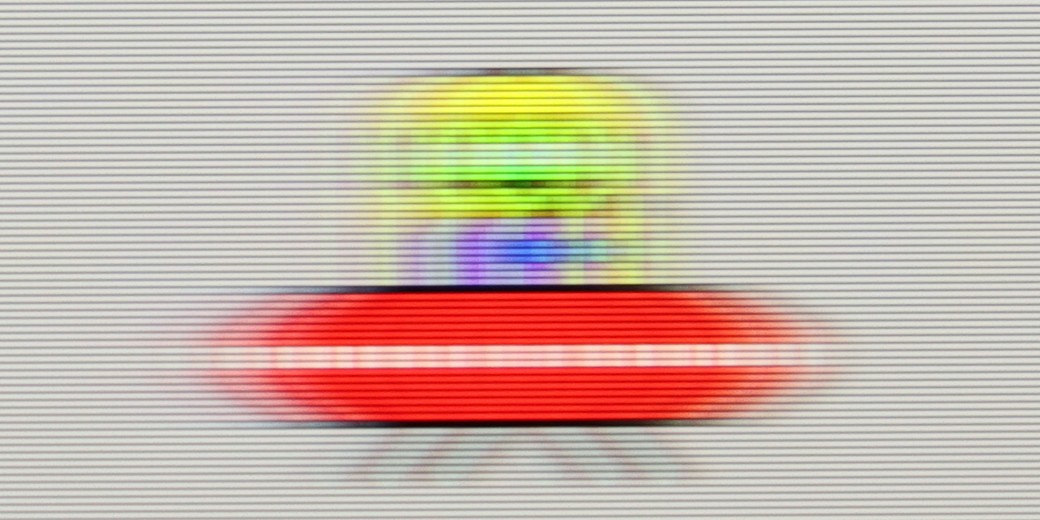
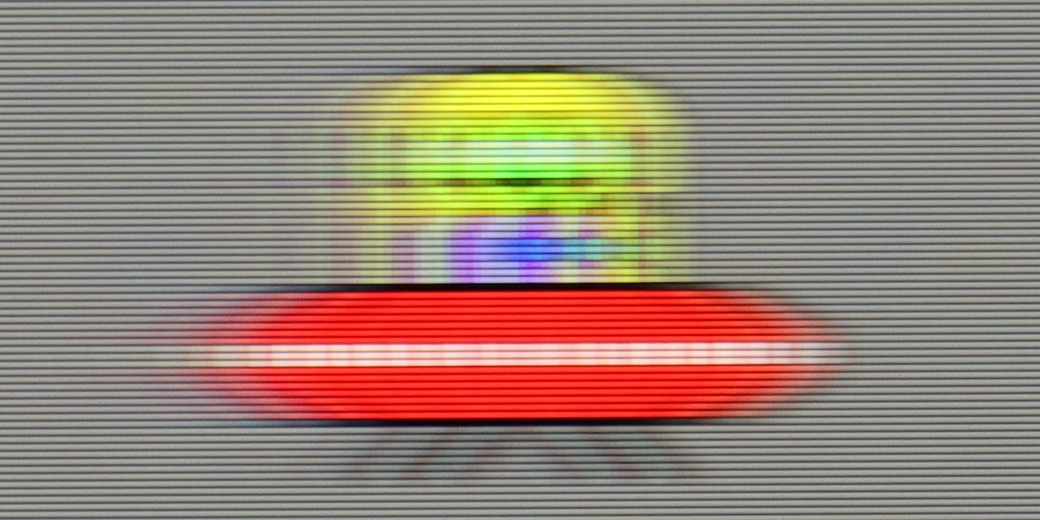
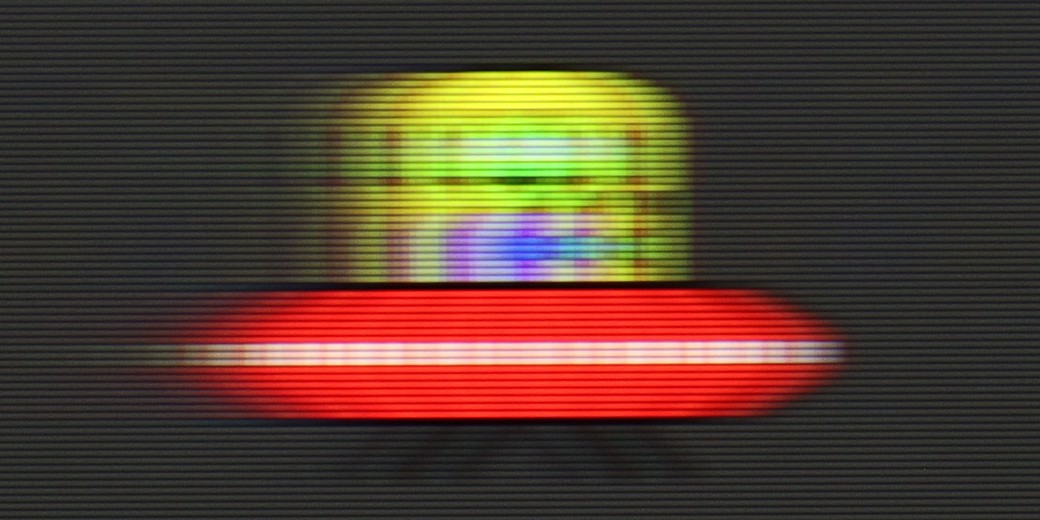
Due to the 60 Hz panel, it's hard to call the Q8F a television made for gaming or watching sports. The panel isn't particularly fast, making motion blur clearly visible. If you were counting on spectacular, almost "stadium-like" experiences during broadcasts, you might feel a slight disappointment. Fortunately, in the case of movies and series, Samsung has not abandoned motion smoothing features. This is nothing other than a motion smoother that allows improving the fluidity of productions recorded at 24 or 30 frames per second. Thanks to this, one can decide whether they prefer a smoother, "television" image or to maintain a cinematic quality. It all depends on the viewer's preferences, and the ability to adjust this parameter is undoubtedly a plus.
The fluidity of motion has never been a strong point of TVs equipped with 60 Hz panels, and the Bravia 3 is no exception. Nevertheless, Sony has added something that might appeal to those who are more sensitive to the way images are displayed. We are talking about the proprietary Motion Flow motion smoother, which offers users a lot of adjustment options. Thanks to it, one can make the image smoother, even theatrical, or stick to a more cinematic style with the characteristic stuttering that many simply associate with the film atmosphere. These features work with content at lower frame rates, such as movies and series recorded at 24 or 30 frames per second, which are the materials we encounter on a daily basis. It is precisely in this area that the motion smoother proves to be one of the most important features in everyday use of the television, and here the Bravia 3 performs really well.
Console compatibility and gaming features
3.7/10
4/10
- ALLM
- VRR
- VRR range
- Dolby Vision Game Mode
- Correct implementation of HGIG
- 1080p@120Hz
- 1440p@120Hz
- 4K@120Hz
- Game bar
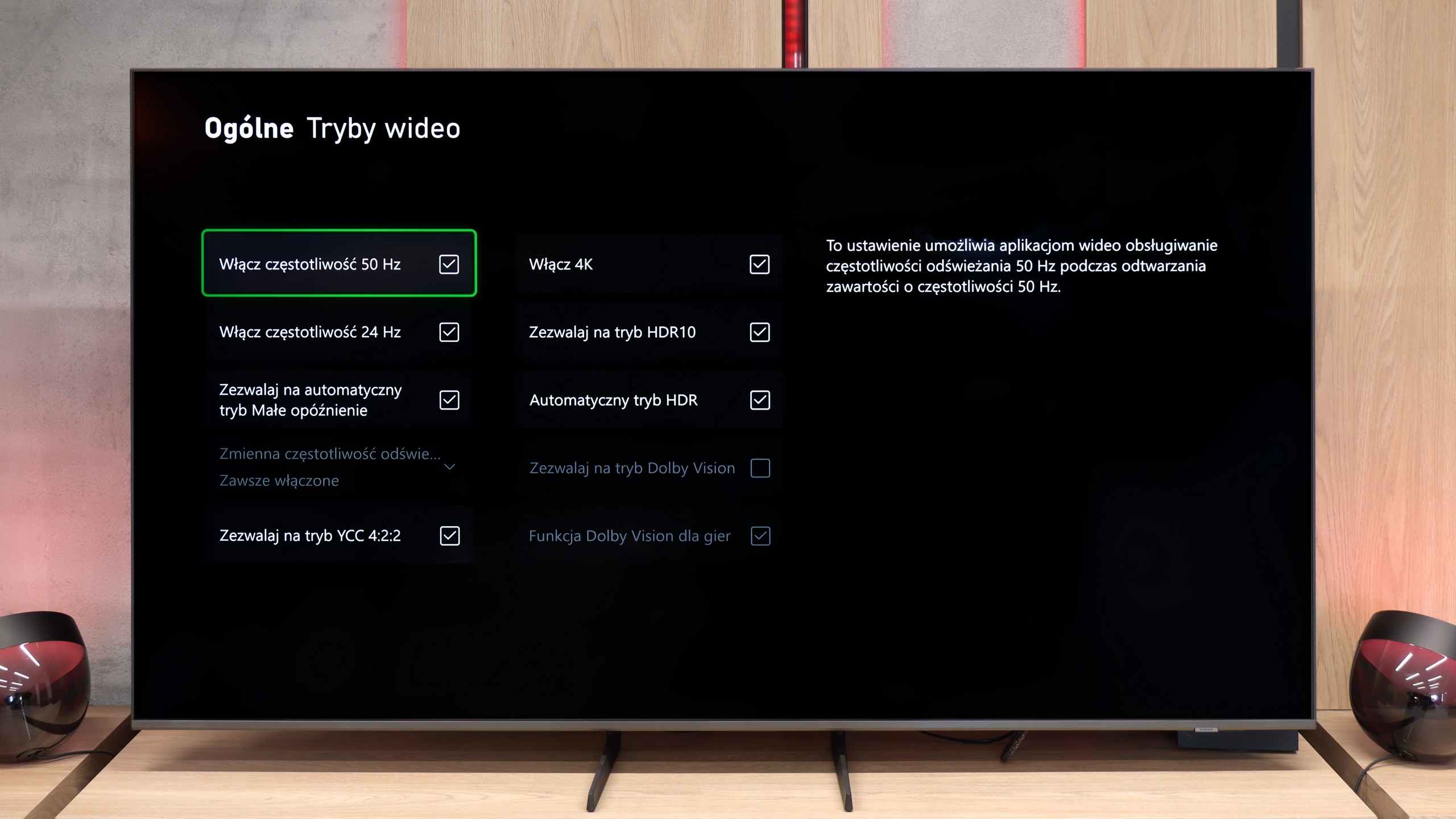
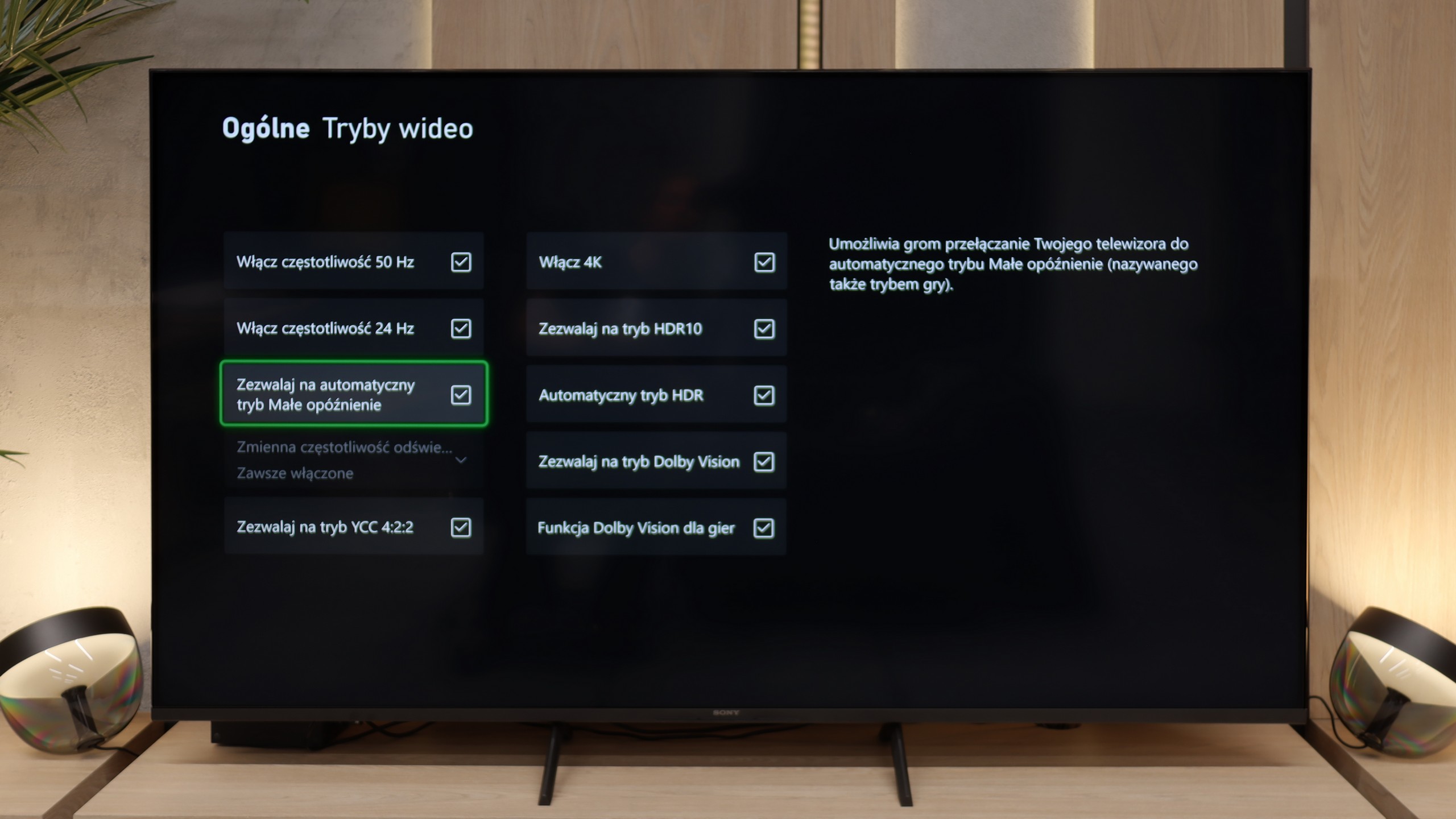
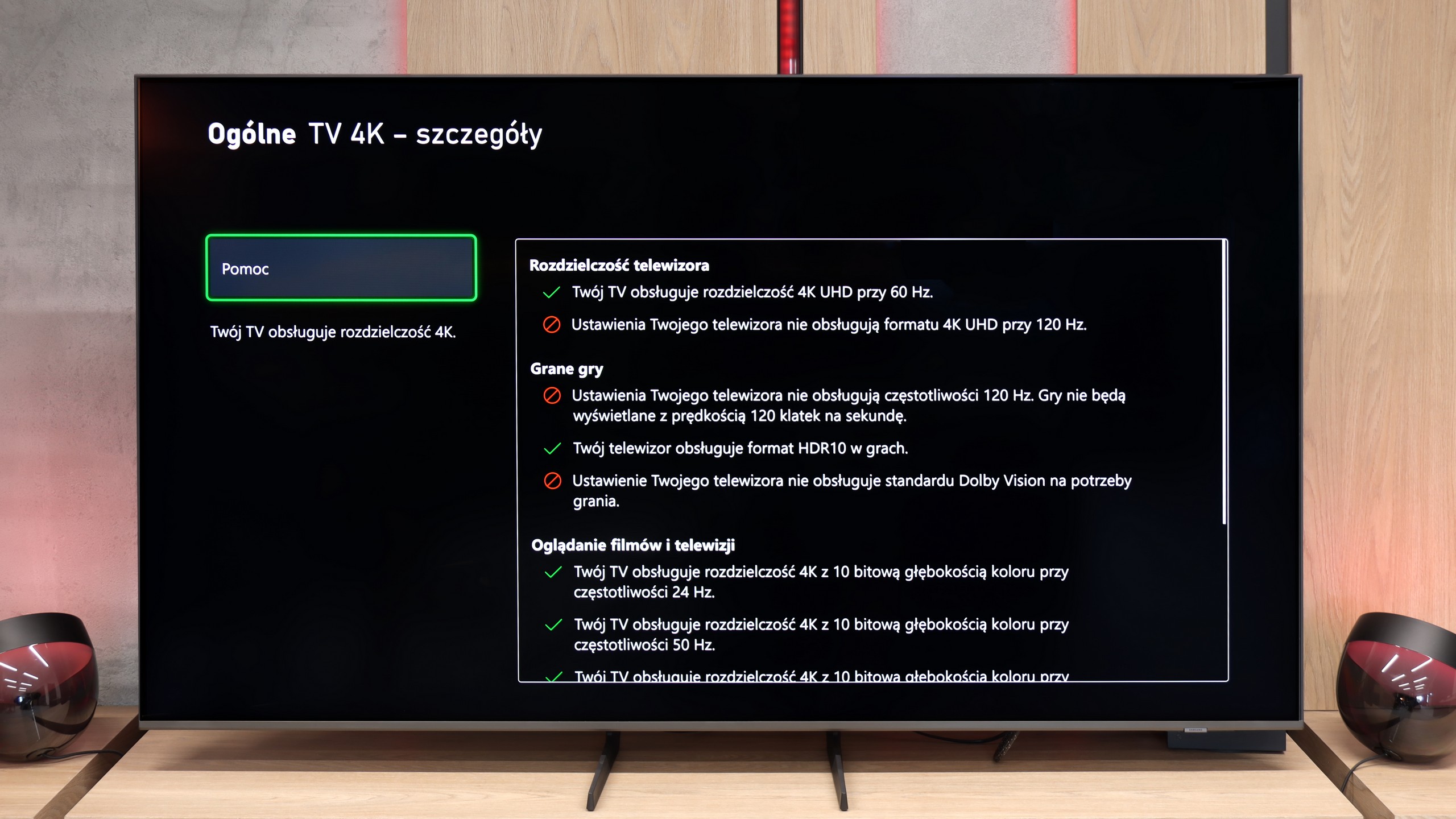
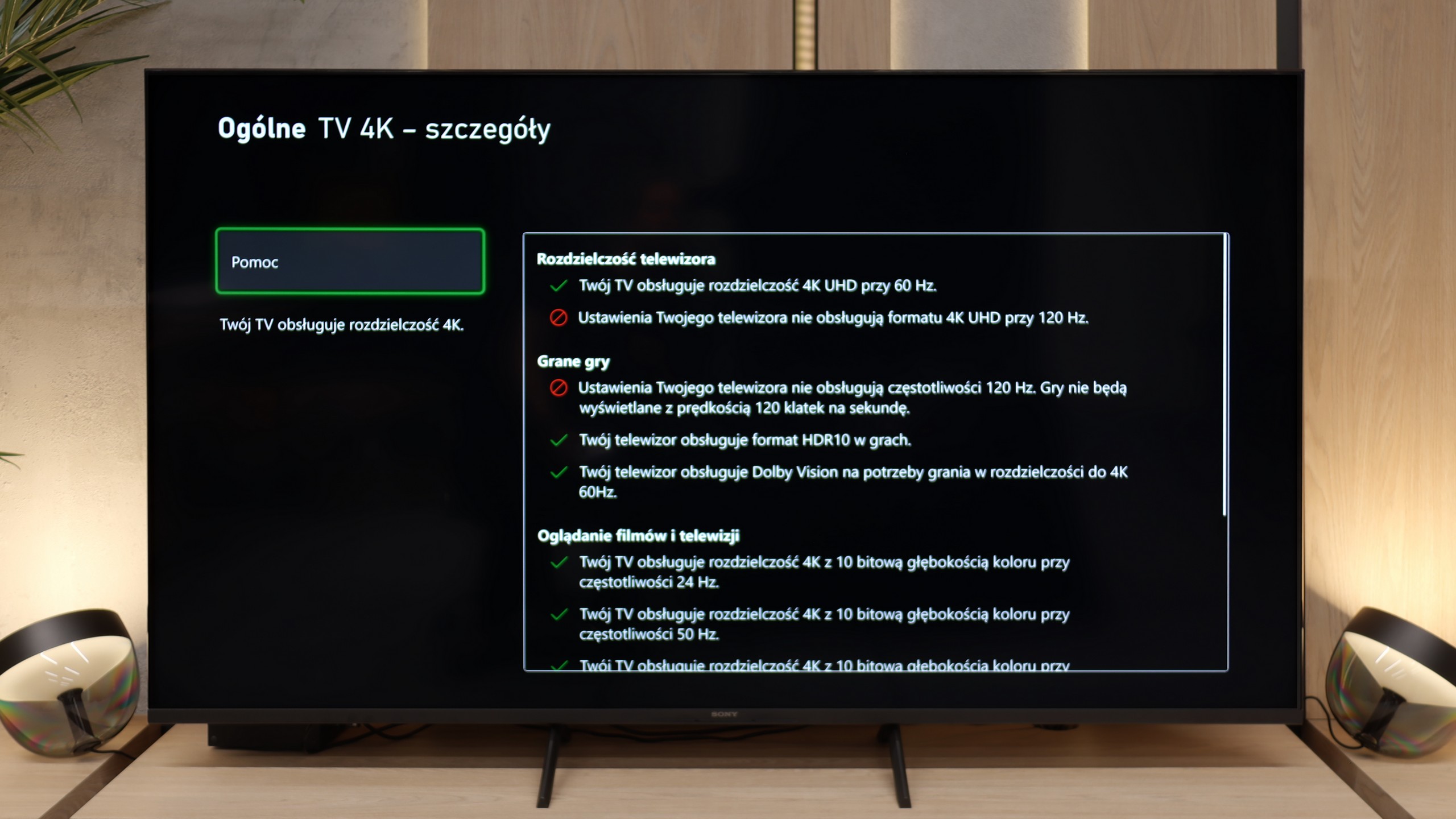
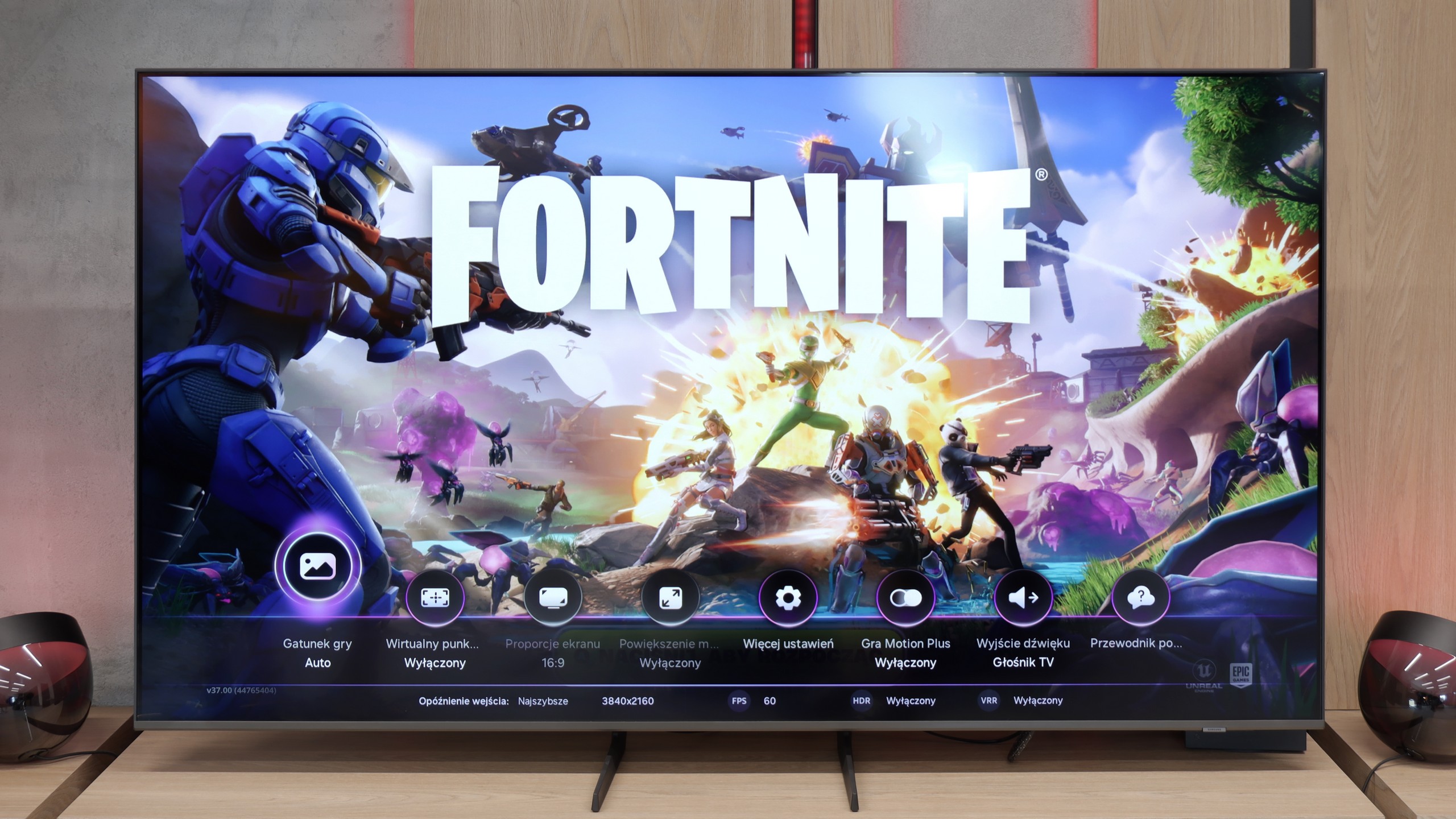
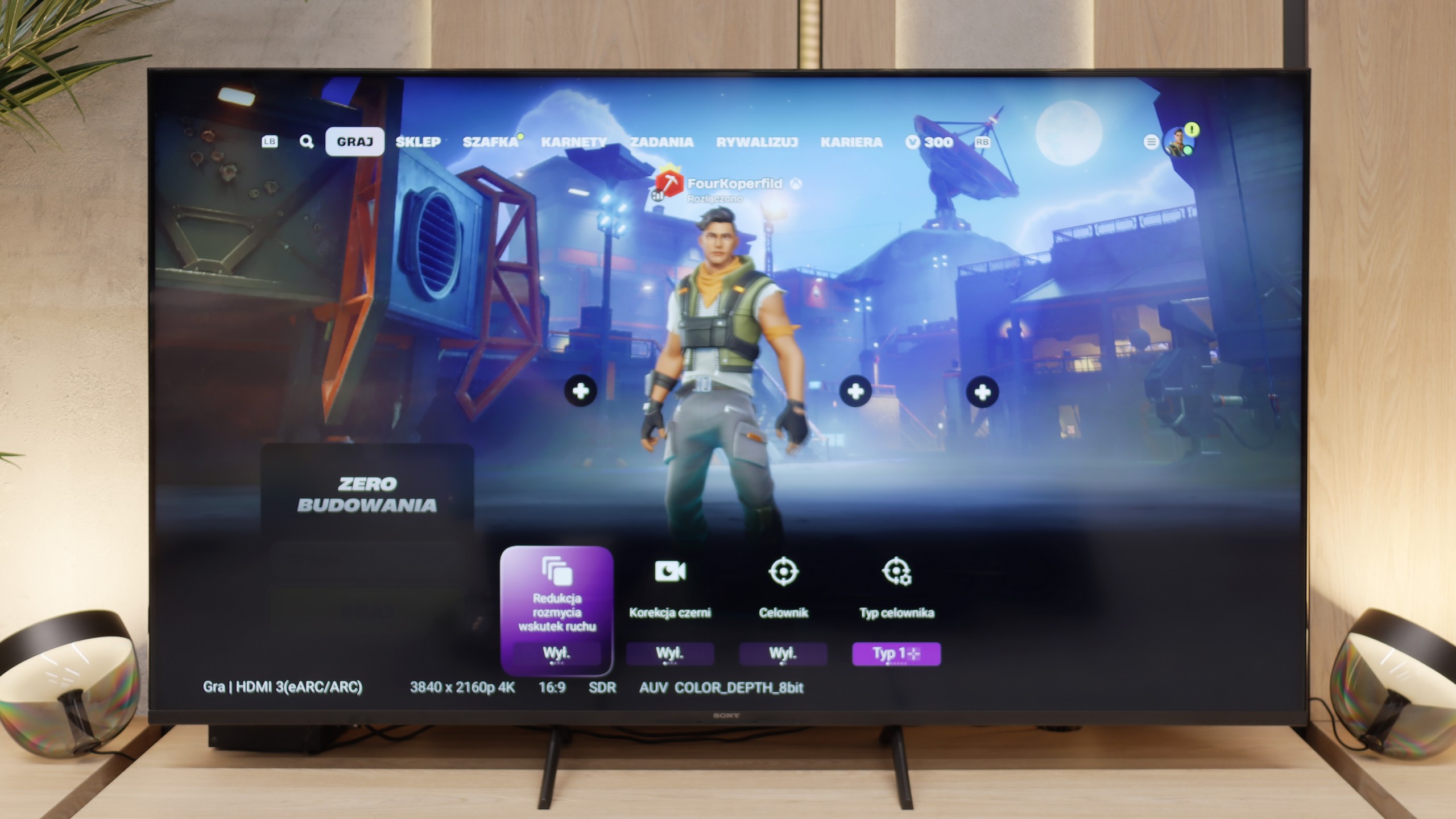
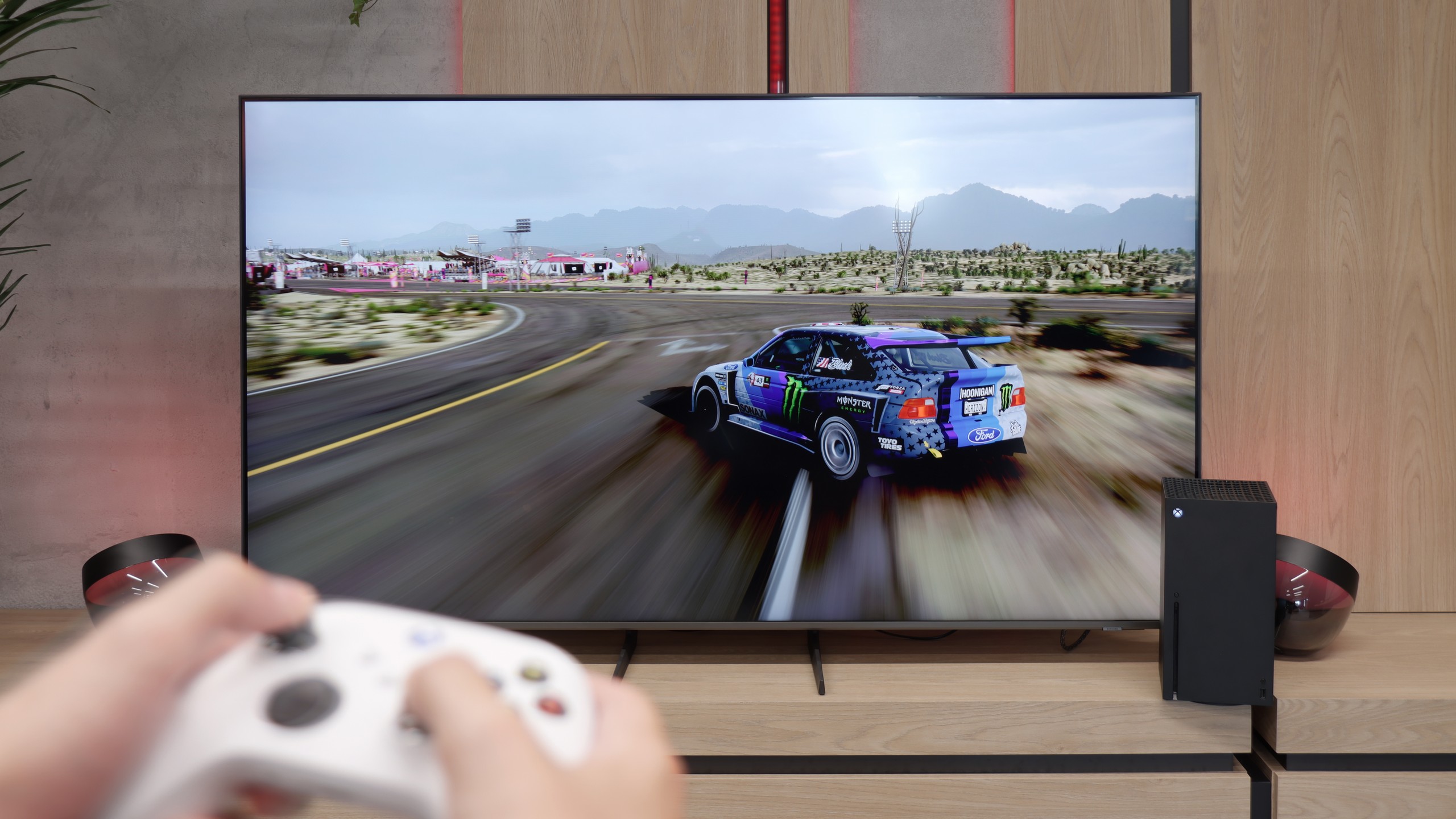
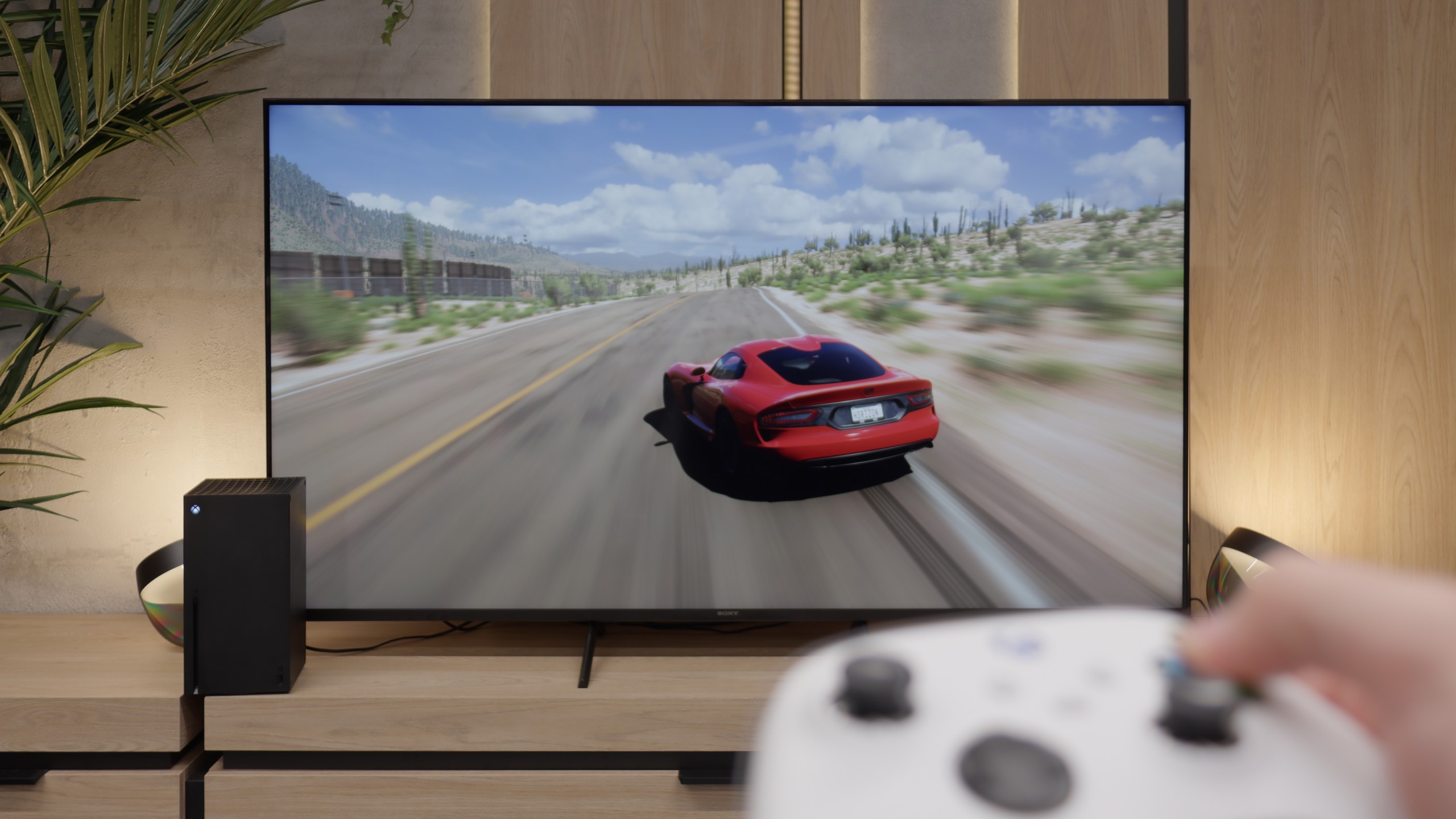
It is not entirely clear what Samsung has mixed up this year with its televisions, but the Q8F is not free from all the confusion with updates and shortcomings. While its older cousin, the Q67D, could still be recommended to casual gamers with a clear conscience, it's hard to find a reason to do so here. Aside from the automatic game mode and the attractively designed Game Bar, we practically get nothing that could attract gamers. The lack of proper HGiG implementation is a big problem, especially since function simply disappeared after the 1126 update. The issue with VRR is even worse. Although it is featured in the manufacturer's brochures and appears in the Game Bar, we couldn't activate it. The Xbox Series X console did not allow it to be activated at all, and the option remained grayed out and inactive. It's hard to praise such a television even to casual gamers, which is a shame because Samsung has had a strong bargaining chip in the gaming segment for years.
Bravia 3 is not a device for e-sports enthusiasts or fans of late-night marathons with a controller in hand. The lack of 120 Hz refresh rate and HDMI 2.1 ports wraps up the topic before it can even develop. This is a TV for casual gamers who, after work, want to fire up FIFA or racing games, not for someone who measures every frame in a spreadsheet. Nevertheless, Sony has added a few nice extras so it’s not too barren. ALLM works as it should, automatically switching the TV to game mode (low latency). We even find a simple Game Bar here that is clear. However, the biggest curiosity is the PlayStation Portal app. With it, you can launch games from PS5 wirelessly and immediately see them on the TV screen. It sounds great, but it only takes a few minutes to feel significant delays. In our opinion, it’s more of a showcase of capabilities than something usable on a daily basis. If someone really wants to play, it’s better to connect the console with an HDMI cable right away and forget about wireless problems.
Input lag
9.9/10
10/10
SDR
HDR
Dolby Vision
Fortunately, when it comes to gaming, Samsung didn't try to "enhance" anything, and the input lag remained at an excellent level. Results oscillating around 10–15 ms mean that the delays are practically imperceptible. The controls are instant, and the responses from the console or computer appear on the screen with no noticeable delay. In this regard, the Q8F performs exceptionally well, and it's hard to find any faults with it.
Here, Bravia 3 shows its best side. Delays drop below 12 milliseconds almost in every resolution and mode, so the response to controller movements is instantaneous and there is no feeling of lag. It feels as if the console and the TV are speaking the same language, without any unnecessary pauses or hesitations. The Dolby Vision Gaming mode deserves special attention. In its predecessor, the X75WL model, using this feature was simply a nightmare – input lag could exceed 100 milliseconds, which effectively took away the enjoyment of gaming. In Bravia 3, this problem has been completely eliminated.
Compatibility with PC
6/10
6/10
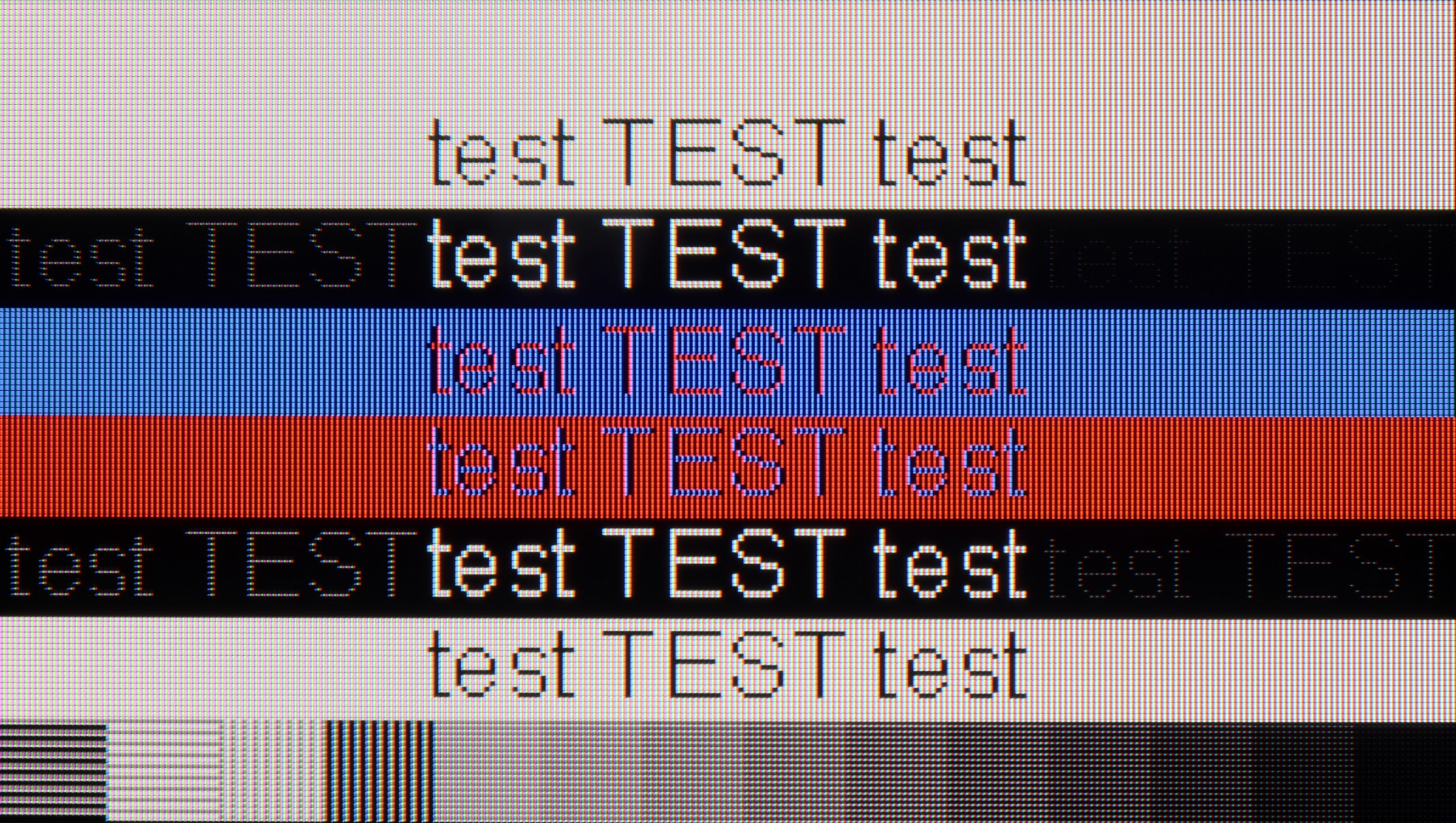
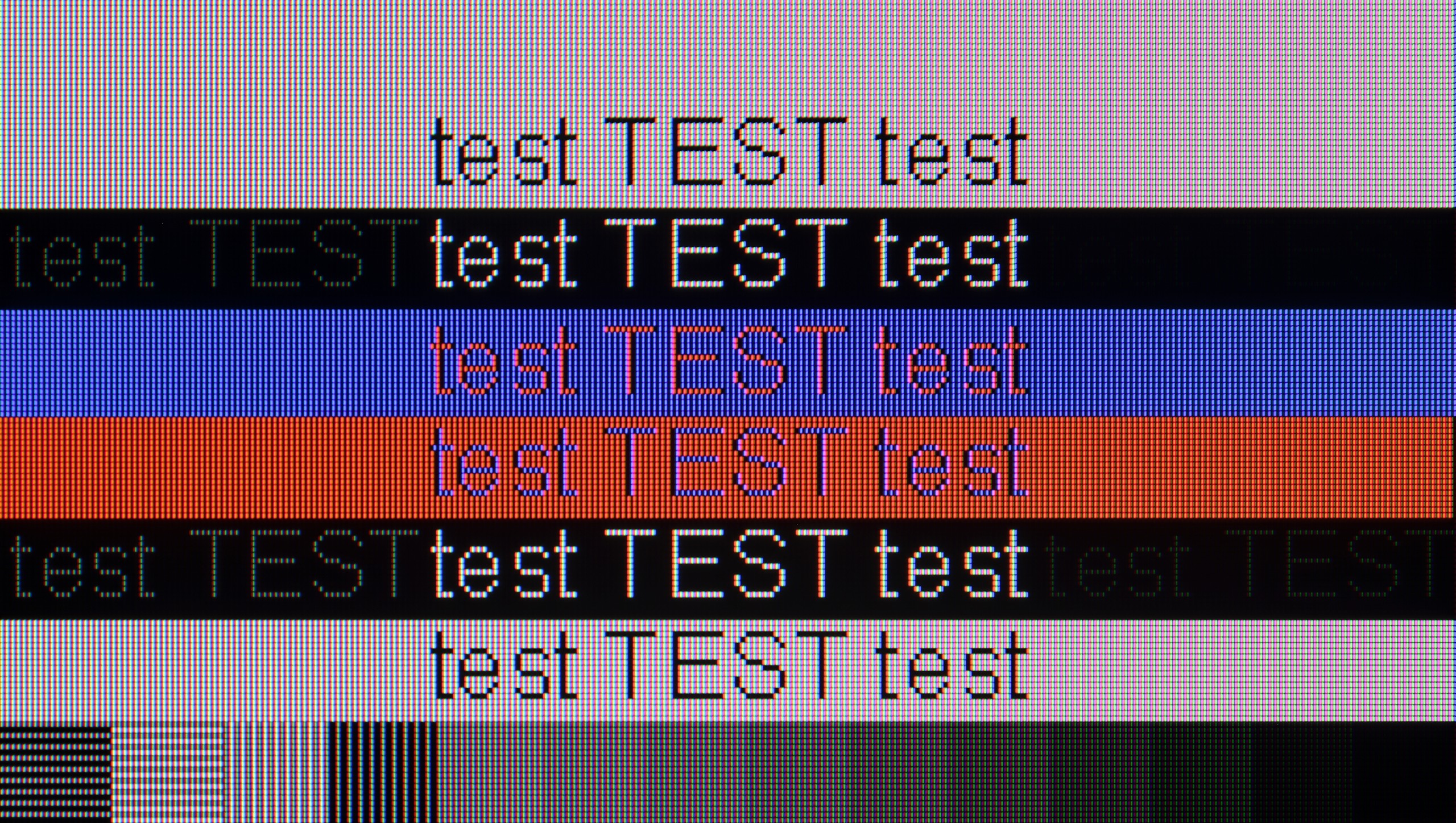
Although playing on the Q8F is not particularly attractive — it lacks modes with lower resolutions and higher refresh rates, and there are issues with VRR (G-Sync) along with a matrix limited to 60 Hz — as a work monitor, the television performs excellently. The readability of fonts is at a very high level, so working with text or spreadsheets in Excel is a pure pleasure. In this regard, the Q8F can be a real alternative to a large office monitor.
The applied IPS matrix, combined with properly functioning 4:4:4 chroma support, ensures that font readability is at an excellent level. Letters appear sharp, regardless of the background color or the content itself, making work with documents or browsing websites easy on the eyes. In this role, the television definitely deserves a very good rating, if not an excellent one, as few models in this budget perform as well. Of course, if we look at the Bravia 3 from a PC gamer's perspective, the picture won't be as rosy. We won't find G-SYNC or Free Sync frame synchronization with graphics cards or high refresh rates here, so for fast-paced computer games, the television is not the best choice. However, in the role of a monitor for work, whether in a home office or a student’s room, it performs excellently, and in this regard, it's really hard to criticize.
Viewing angles
3.4/10
6.6/10
The viewing angles on the Q8F can be described as average, which stems from the use of a VA panel. When watching the TV straight on, the image looks very good, but as soon as you shift a bit to the side, it starts to fade and lose contrast. The colors gradually lose saturation, and black takes on a grayish hue. This is a typical limitation of this type of panel, and it's hard to expect miracles here. Compared to IPS panels, the difference is clear — although they are weaker in contrast, they maintain color consistency better at an angle. The Q8F performs best in a classic setup, where viewers sit directly in front of the screen. If you plan on watching with a larger group, with people spread out more widely in the living room, the effect may not be as satisfying.
Thanks to the applied IPS matrix, colors do not lose intensity as quickly as with screens based on VA panels. Even when watching television in a larger group, when some people sit at an angle, the image remains clear and does not appear washed out. Of course, this is not the level offered by organic OLED matrices, where the image looks identical from almost every position, but for an LCD television, the viewing angles in the Bravia 3 are among the better ones. This provides a sense of comfort and freedom, especially in larger living rooms or during family screenings, where it is difficult for everyone to sit directly in front of the screen.
TV efficiency during daytime
5.6/10
4.9/10
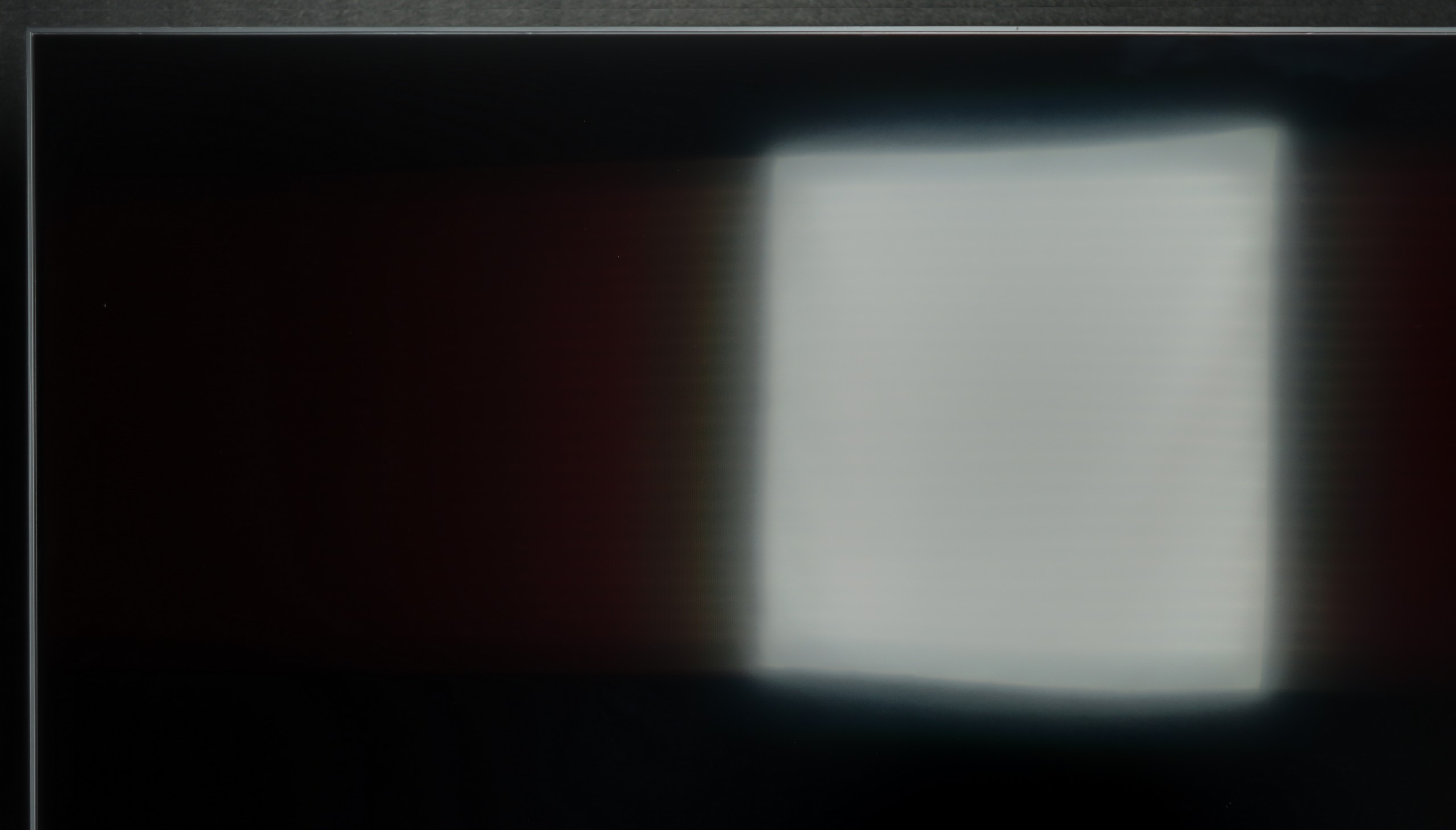
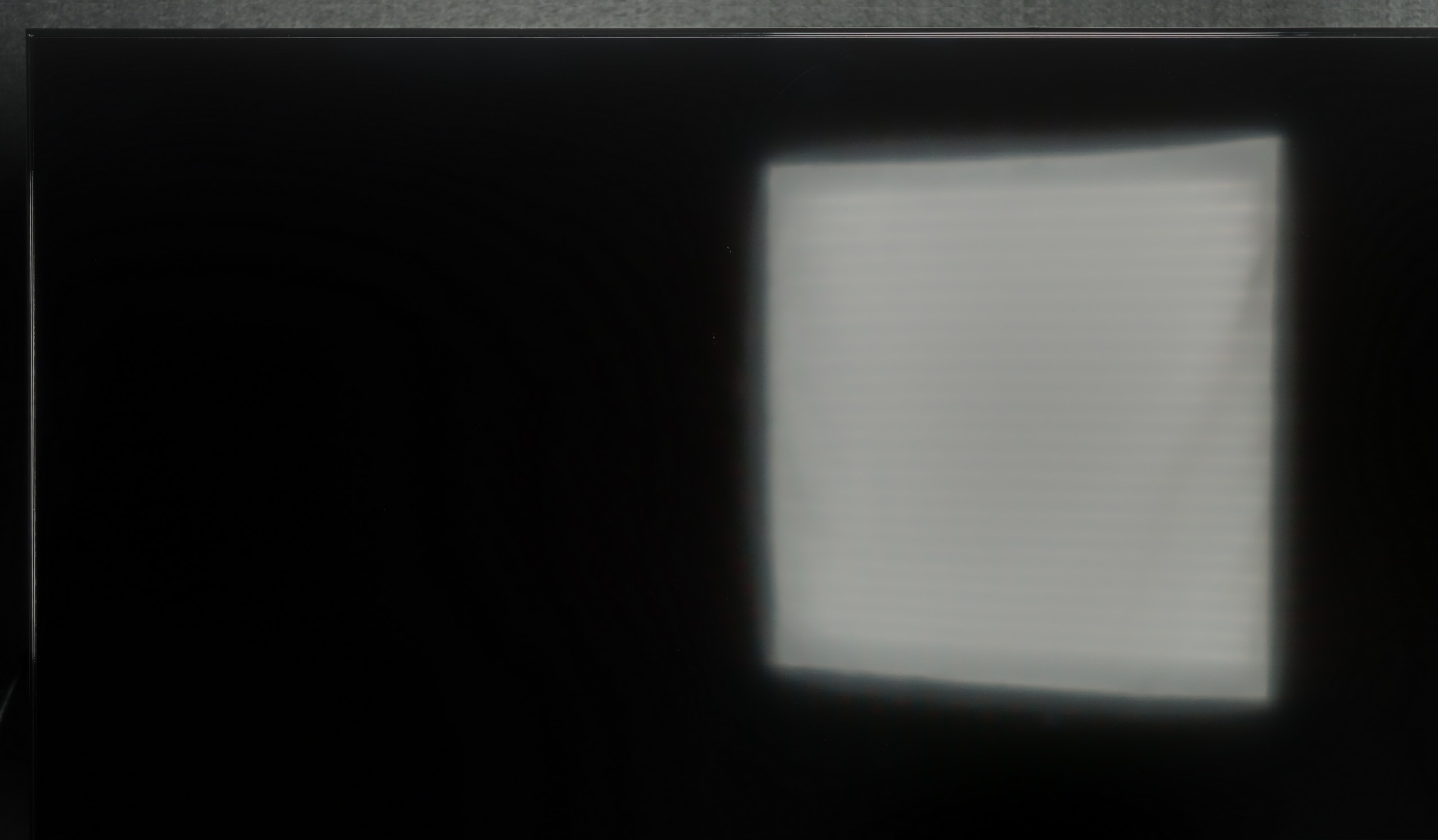
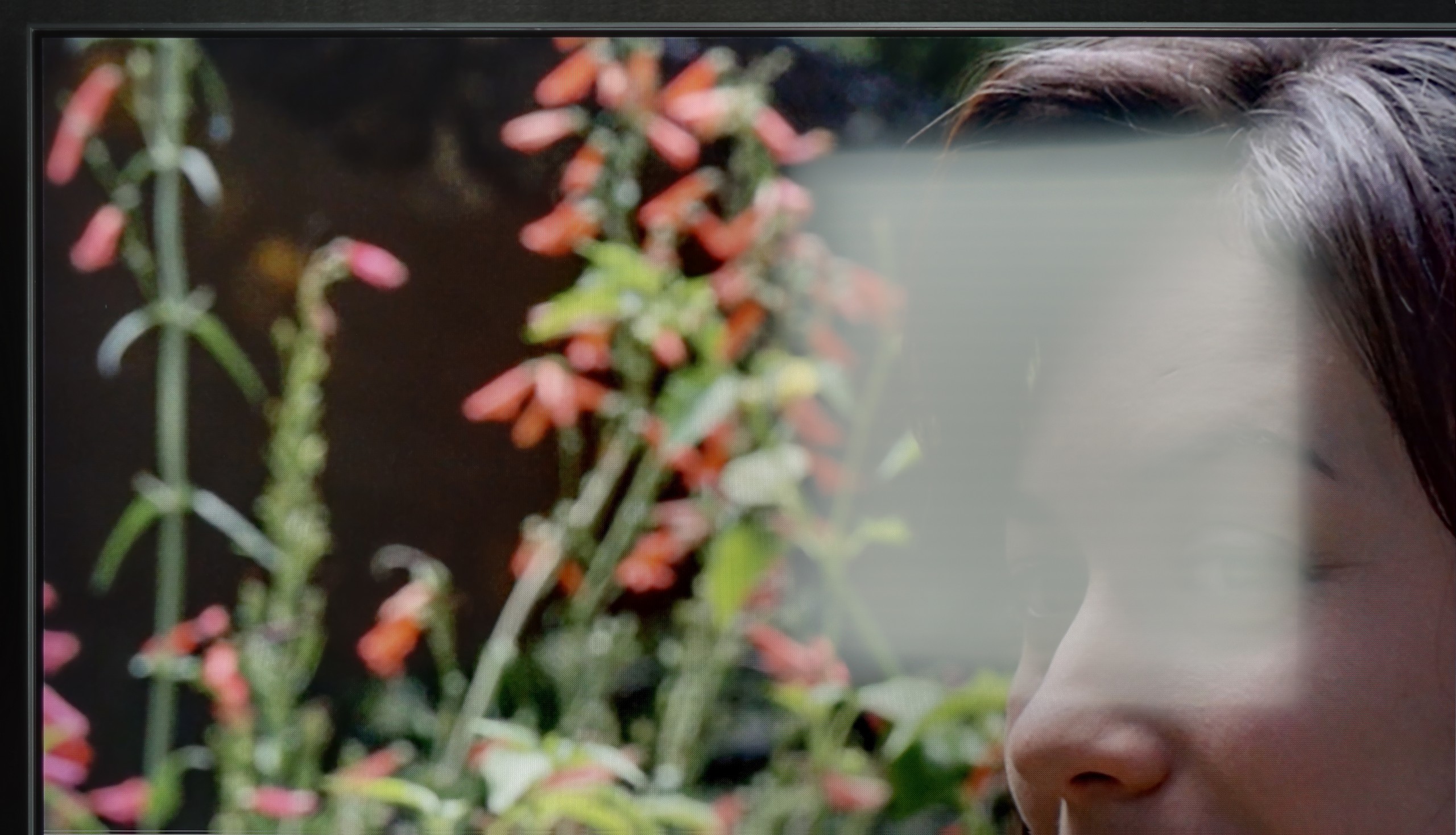
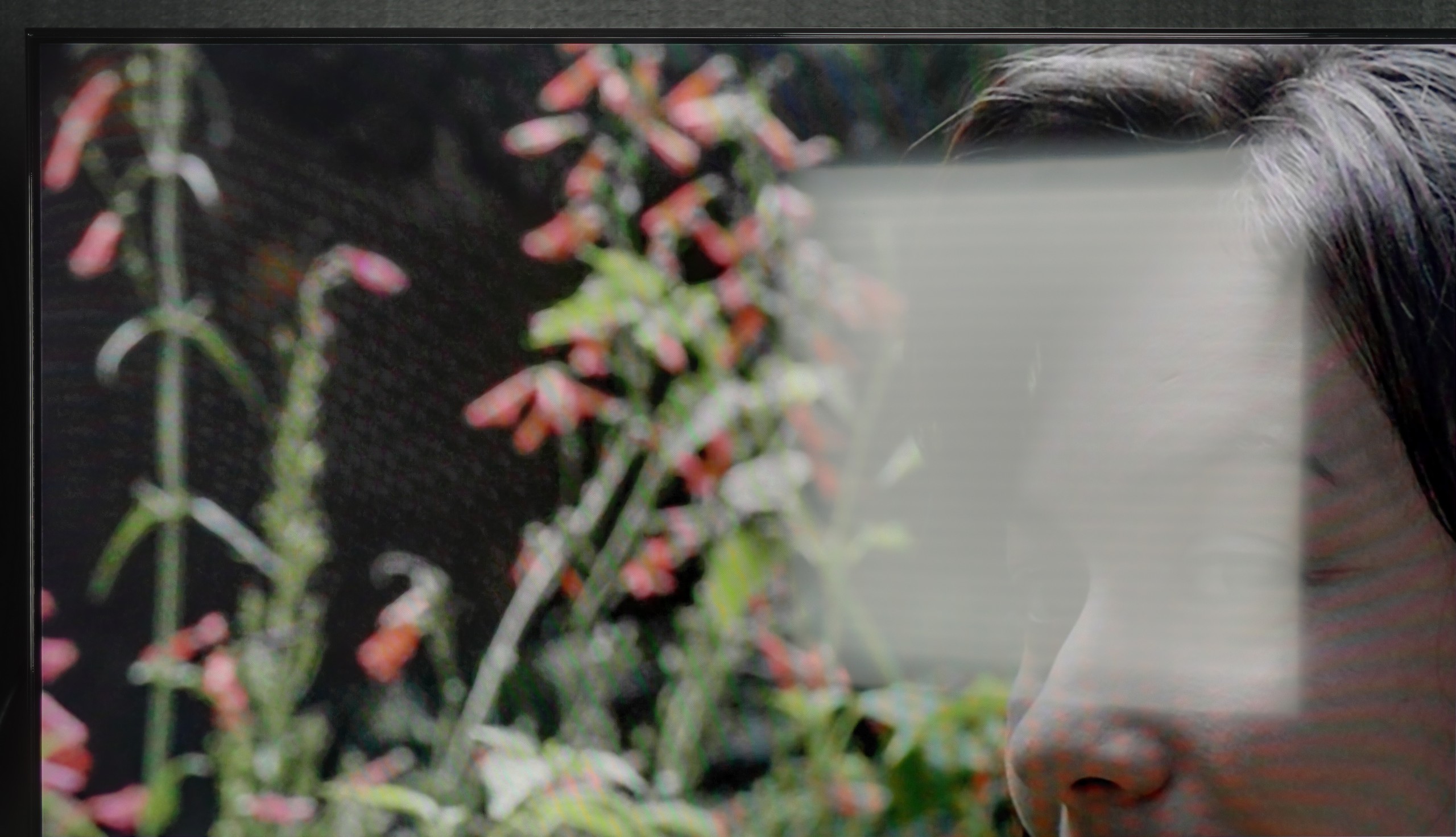
Matrix brightness
Average luminance SDR
SONY BRAVIA 3: 337 cd/m2
Samsung Q8F: 430 cd/m2
The Q8F performs quite well during the day. Its brightness hovers around 450 nits, which proves to be sufficient for moderately bright living rooms. It is not a television that will win the battle against sunlight streaming directly through the window, but under typical home conditions, the picture remains clear and appealing. A major plus is the satin finish on the screen, which effectively reduces light reflections and allows for color saturation to be maintained even when the room is bright. As a result, watching series during the day or evening sports broadcasts with the lights on is not a problem. The Q8F does not aspire to be a cinema television in full sunlight, but as a daily screen in normal home conditions, it performs really solidly.
The Bravia 3 performs quite decently against daylight. The applied satin coating on the screen effectively reduces reflections, and colors do not lose their intensity when stronger light from outside hits the screen. As a result, in typical home conditions, with the blinds open or in a living room with a larger window, the image maintains its readability. However, it is important to remember that this is not a high-brightness television. The Bravia 3 has no chance of competing with brighter models, so in very sunlit rooms, there are moments when the screen simply cannot compete with the intense light. Under normal conditions, it handles well, but in more challenging scenarios, one should not expect miracles.
Details about the matrix
Subpixel Structure:
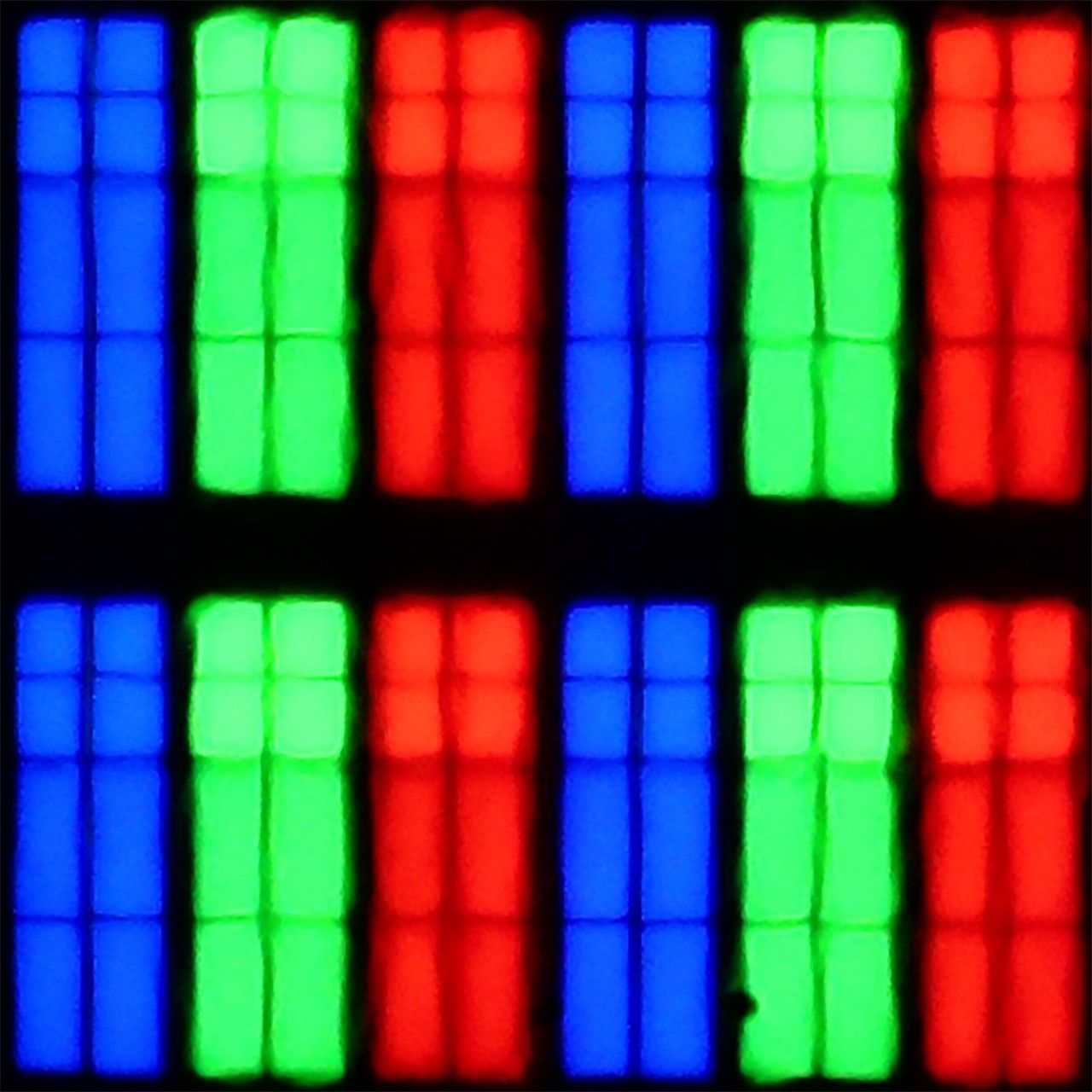
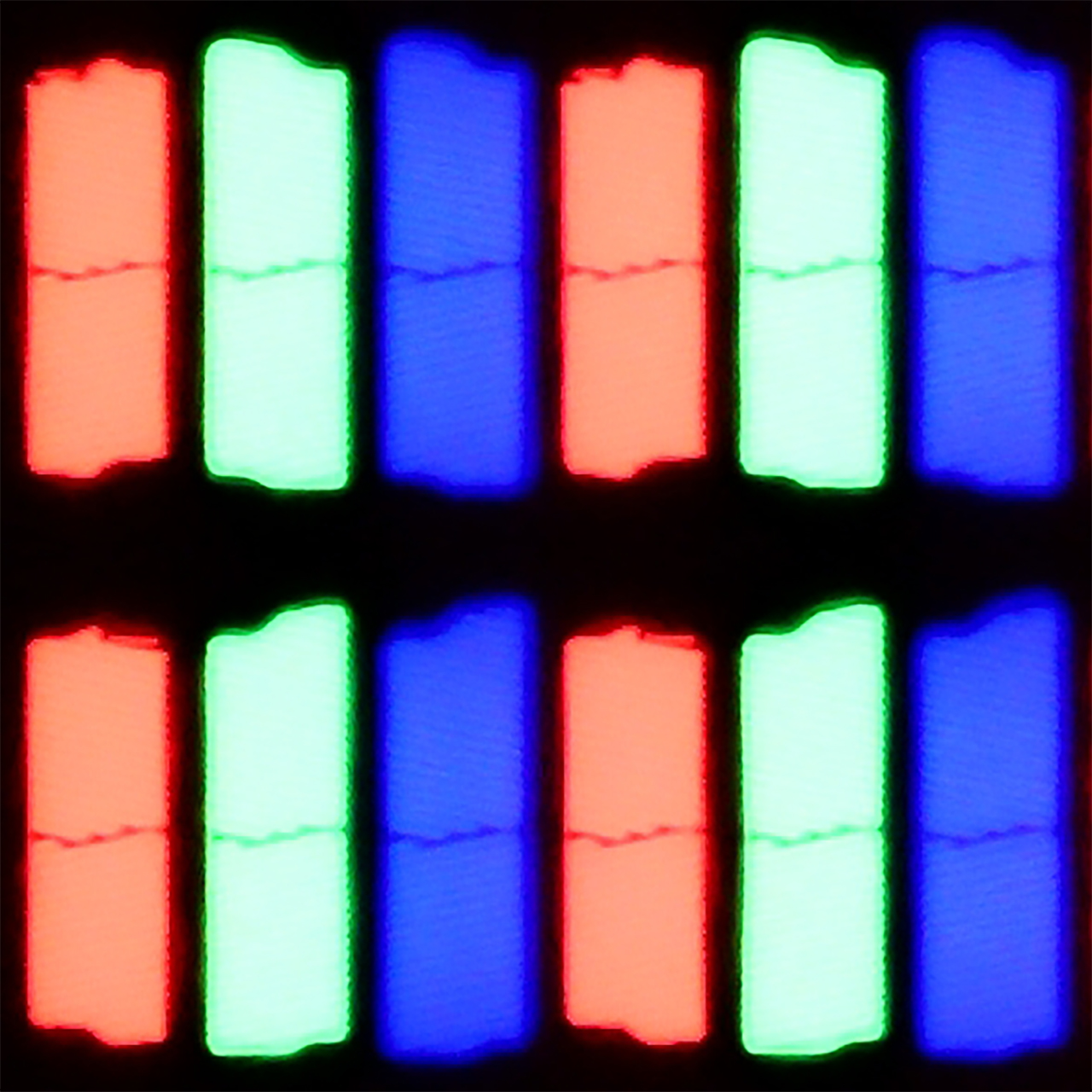
Panel uniformity and thermal imaging:
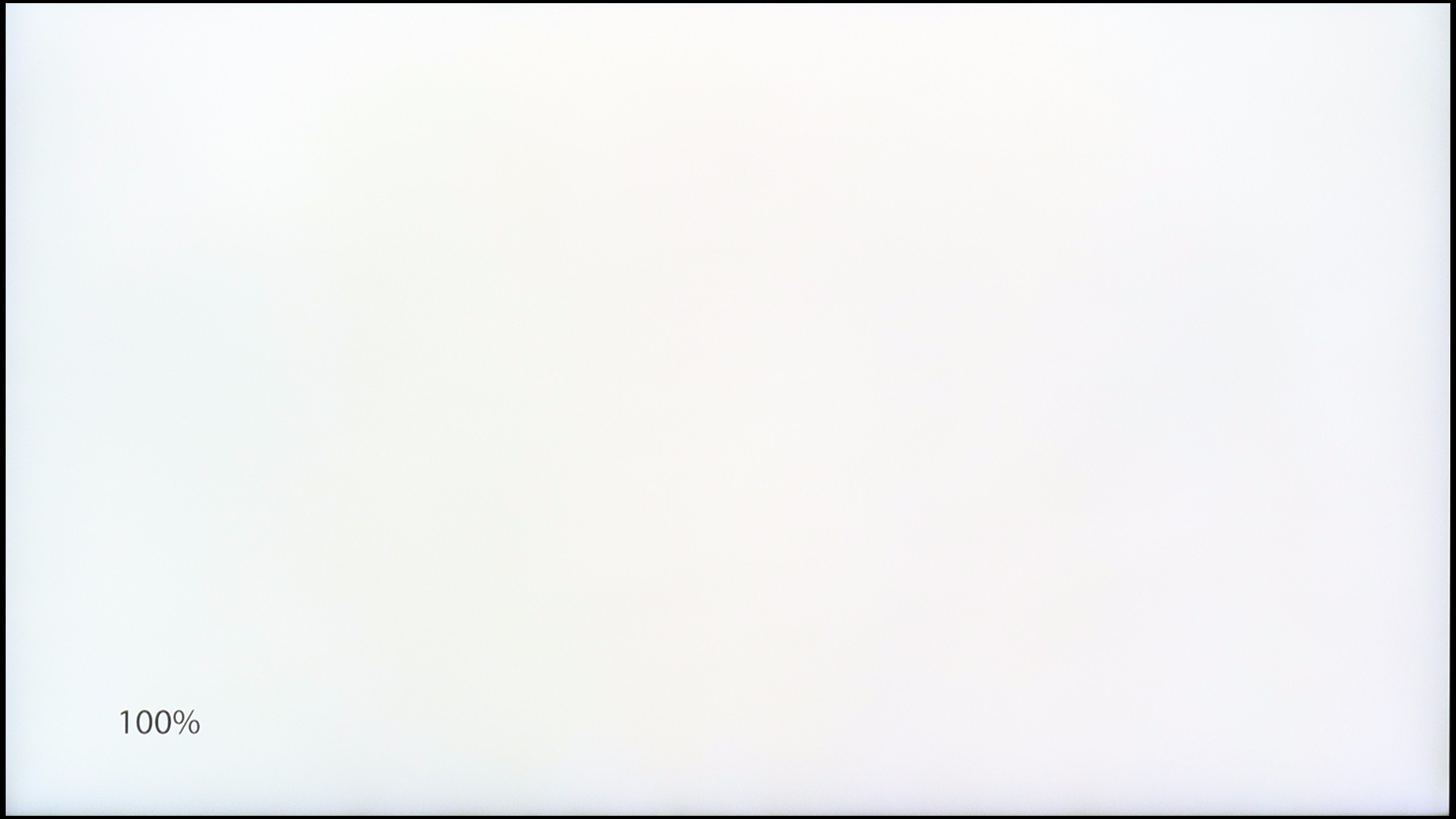
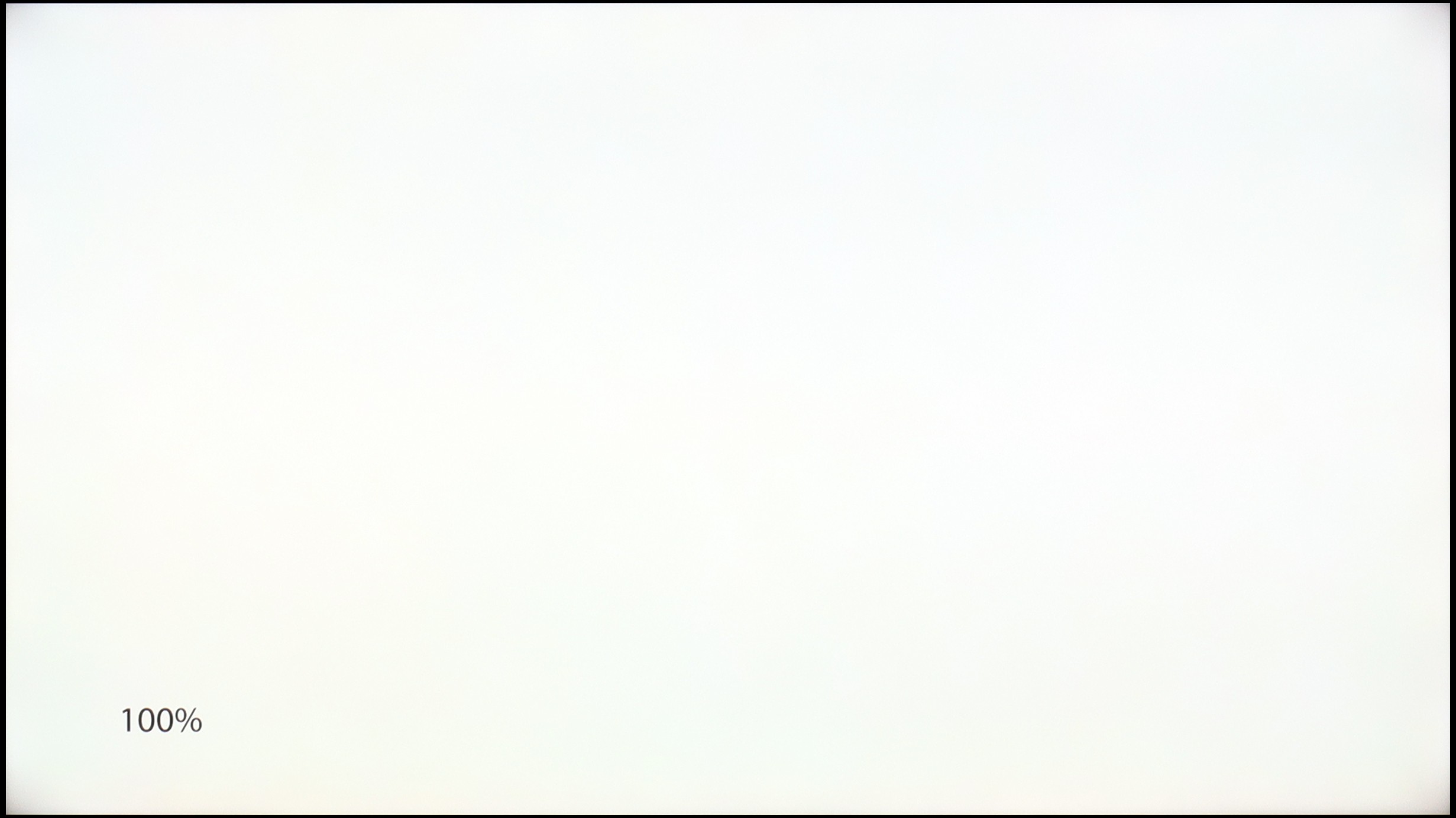
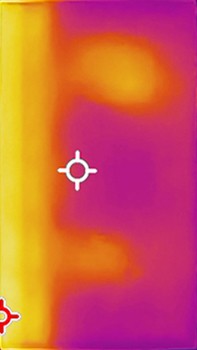
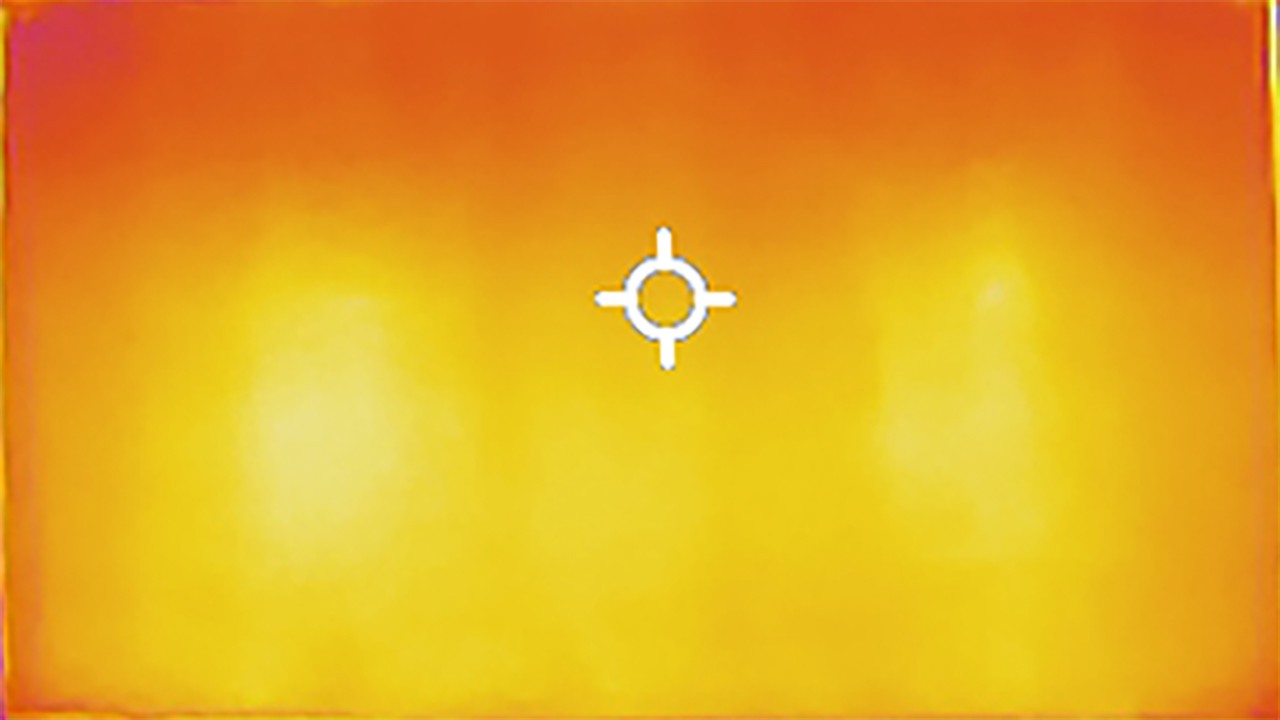
Samsung Q8F
SONY BRAVIA 3
TV features
7.3/10
6.6/10
- HDMI inputs3 x HDMI 2.0, 0 x HDMI 2.14 x HDMI 2.0, 0 x HDMI 2.1
- OutputsToslink (Optical audio), eARC (HDMI), ARC (HDMI)Toslink (Optical audio), eARC (HDMI), ARC (HDMI)
- Network InterfacesWi-Fi 2.4GHz, Wi-Fi 5GHz, Ethernet (LAN) 100MbpsWi-Fi 2.4GHz, Wi-Fi 5GHz, Ethernet (LAN) 100Mbps
- TV receptionDVB-T, DVB-T2, DVB-S, DVB-S2, DVB-CDVB-T, DVB-T2, DVB-S, DVB-S2, DVB-C
Classic features:
- Recording to USB (terrestrial TV)
- Recording programming
- Picture in Picture (PiP)
- RF remote control (no need to aim at the screen)
- Backlit remote control
- Teletext
- Audio only mode
- Bluetooth headphones support
- Simultaneous Bluetooth headphones & TV audio
Smart features:
- AirPlay
- Screen mirroring (Windows Miracast)
- Voice search
- Voice search in native language
- Ability to connect a keyboard and mouse
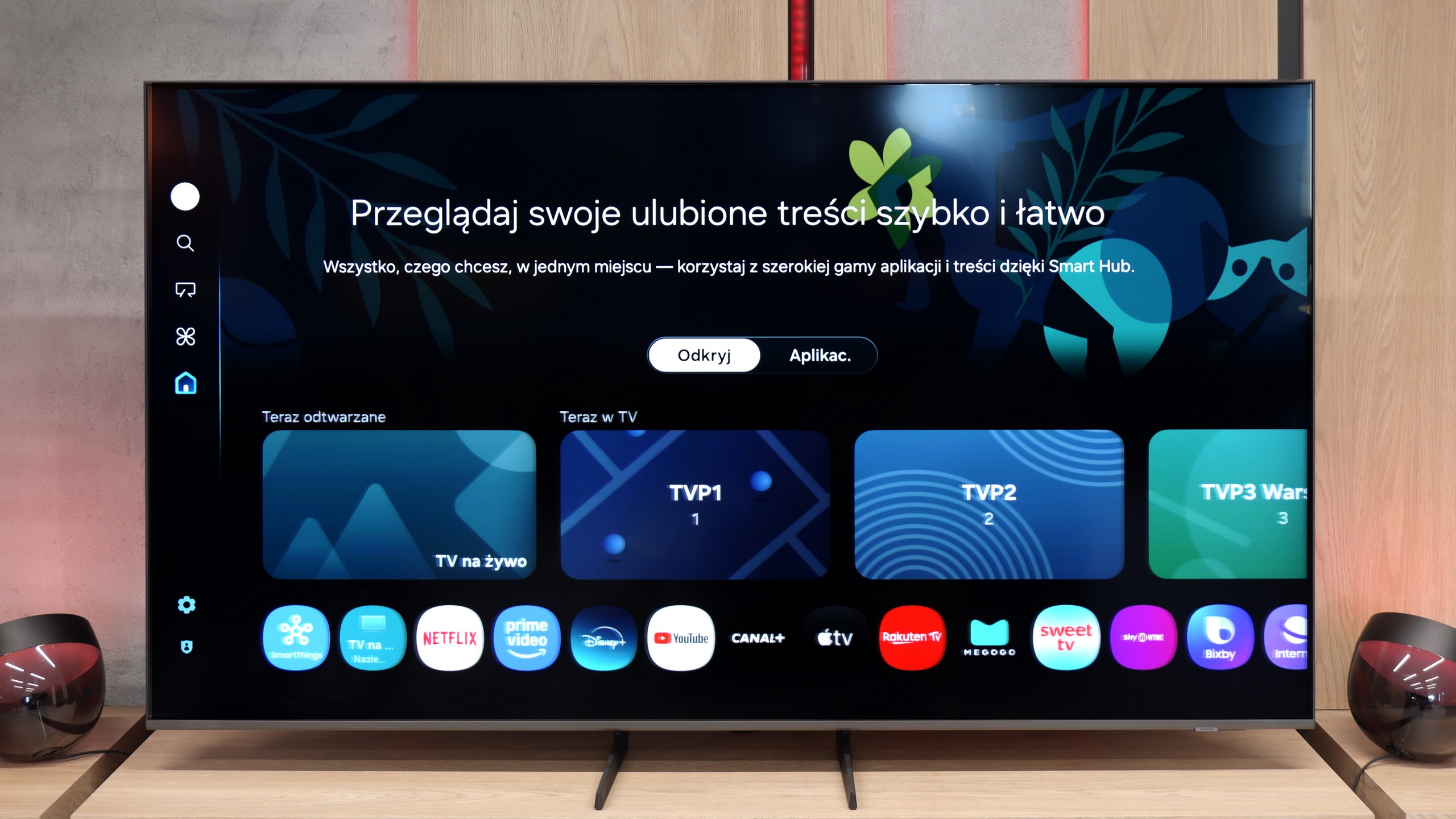
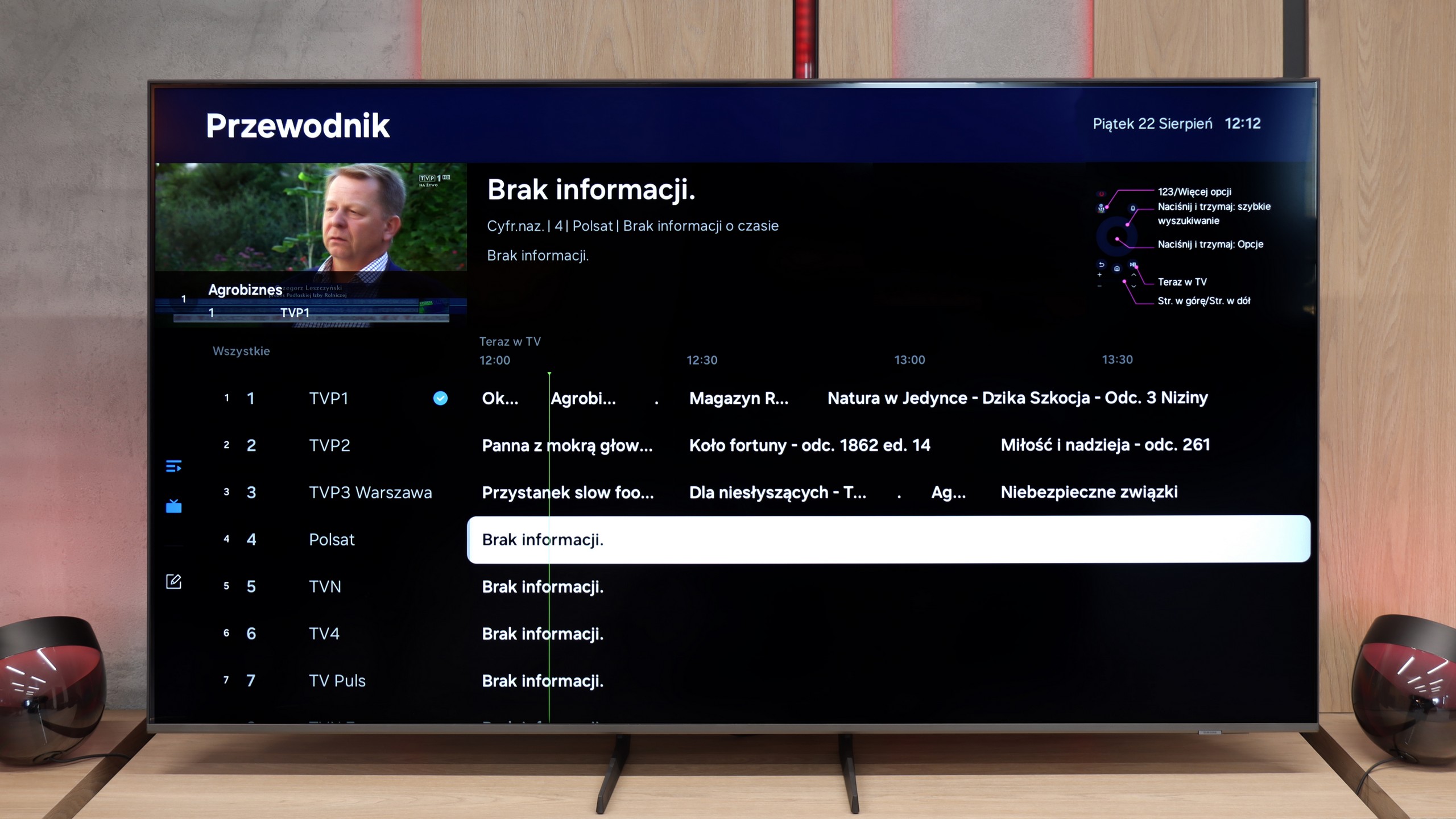
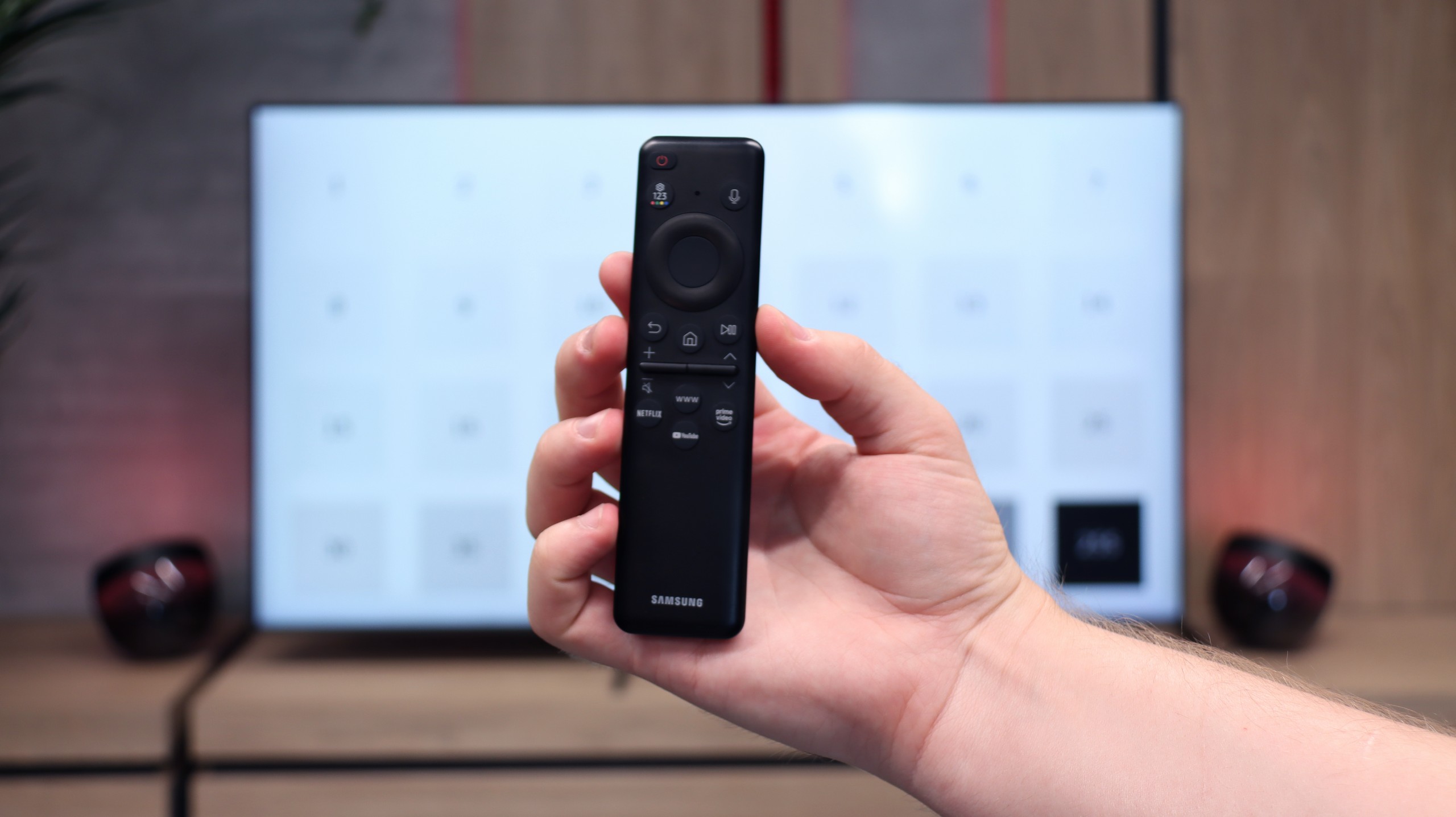

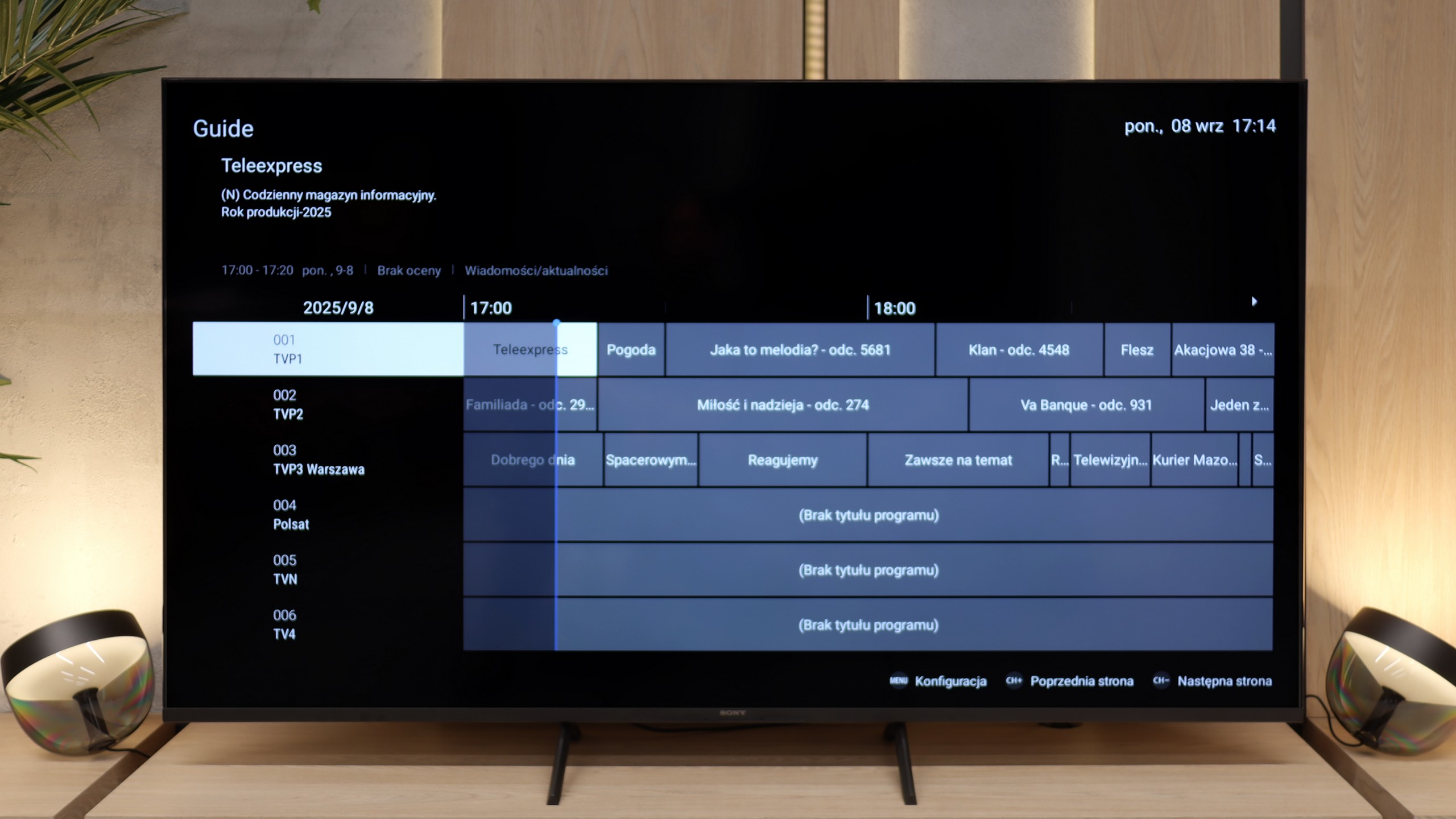
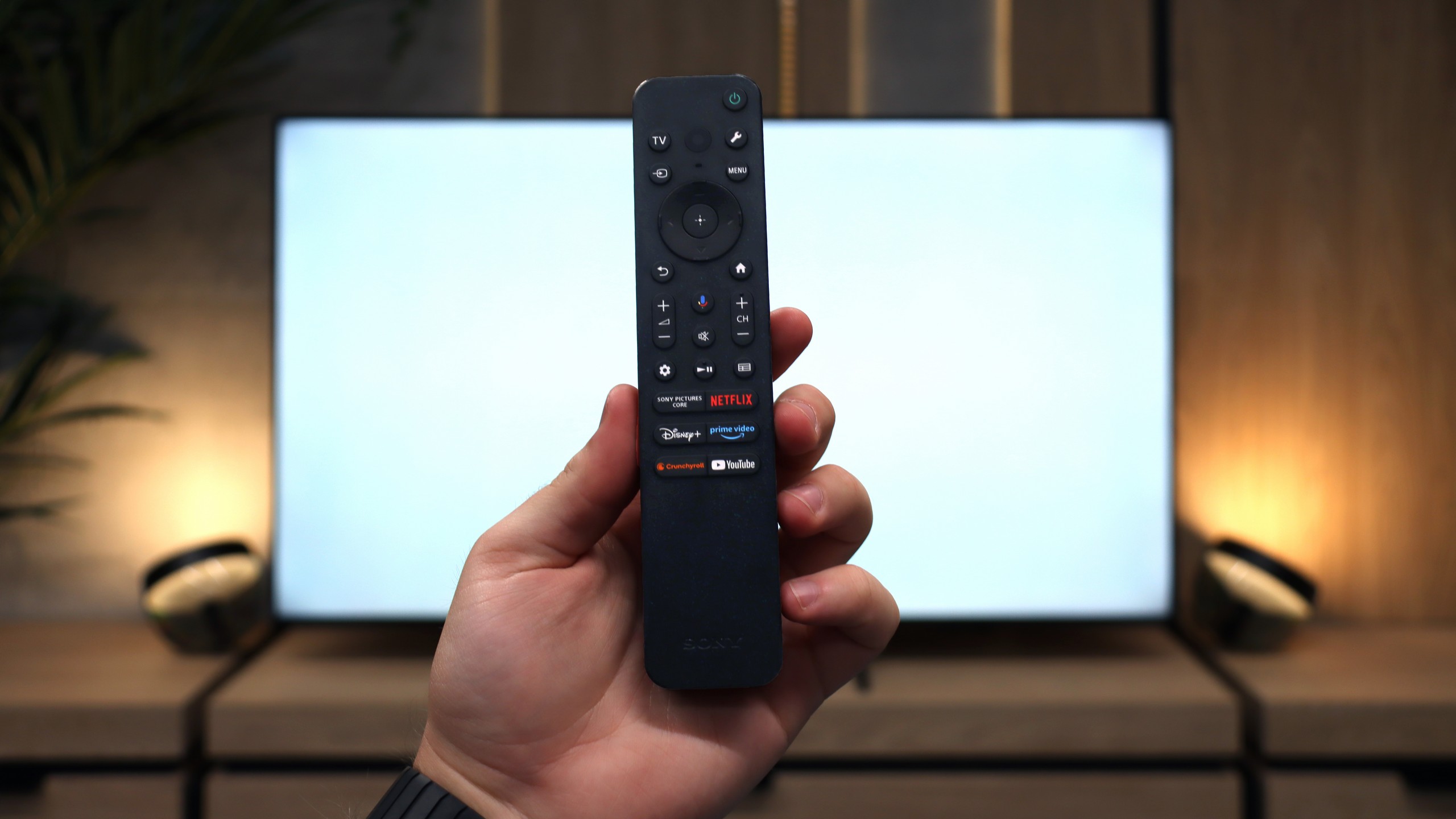
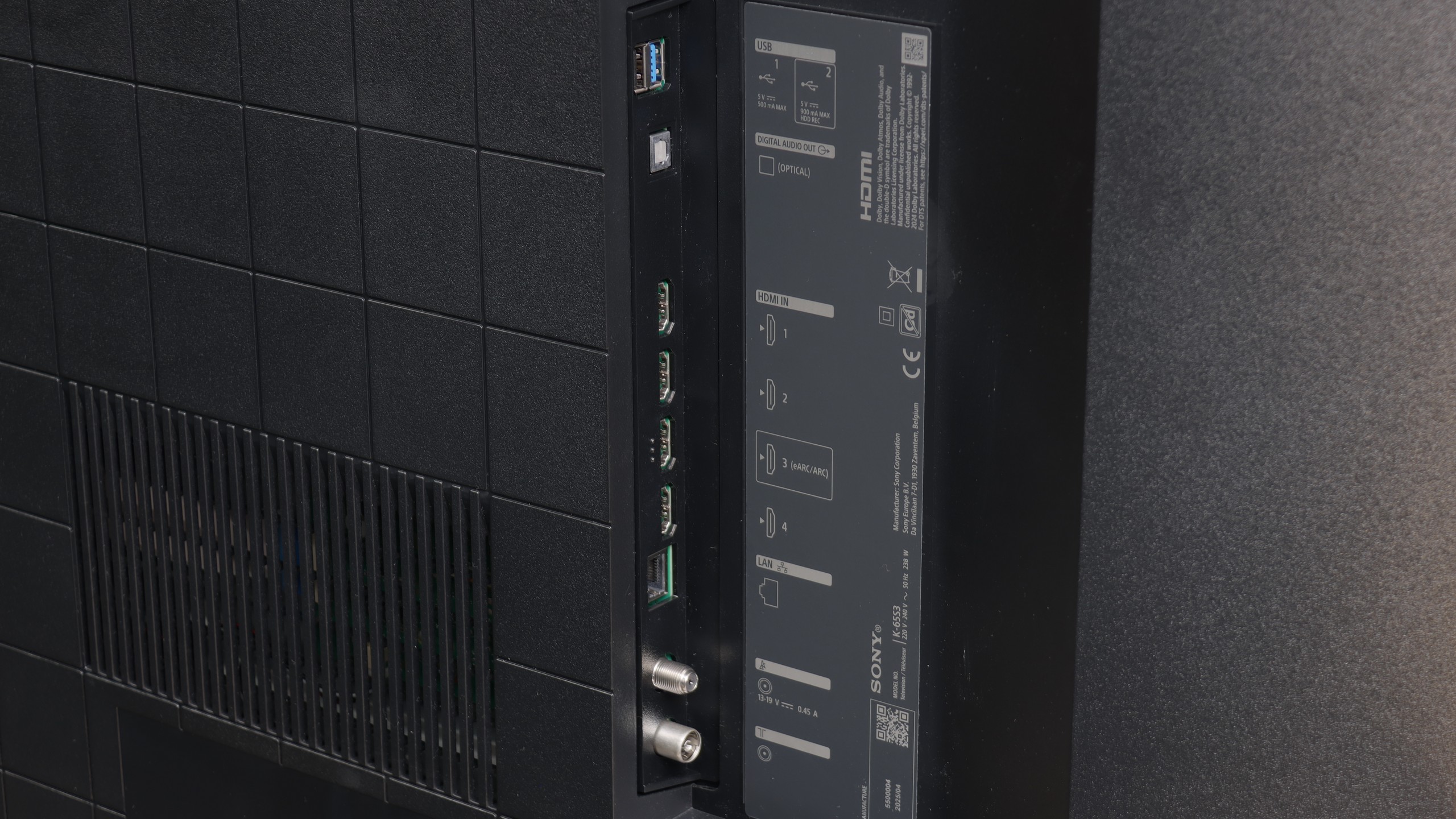
SmartTV Features: Tizen
In terms of smart features, the Q8F is on par with what Samsung has accustomed us to. On board, we have the Tizen system – fast, intuitive, and well-integrated with other devices. AirPlay, screen mirroring, and simple voice commands work without issues, so the basics are perfectly covered. Additionally, there’s SmartThings, an app that turns the TV into the center of the home ecosystem. You can connect a washing machine, vacuum cleaner, bulbs, or speakers and control everything from one place, including the TV. There’s no shortage of apps within Tizen for watching movies or series either – Netflix, YouTube, Disney+, and Prime Video are readily available. However, it’s worth remembering that Tizen is a closed system, so anyone hoping to install less popular programs may be disappointed.
Classic Television
Classic television fares worse. The Q8F simply serves as a screen here – it will display the image, but we won’t find additional features like USB recording or PiP mode. The remote is small and minimalist. It looks modern, can be charged via solar batteries on the back cover, or through USB-C, but it's important to note that it may not appeal to everyone – especially older users may miss traditional buttons. However, it must be honestly admitted that Samsung has consistently directed its TVs (as well as competitors, who have copied some ideas from them) towards smart home integration, rather than equipment "for grandma and grandpa." Given the immense popularity of the brand, it can be assumed that most users, even older ones, have already grown accustomed to the fact that the era of remotes with a whole range of rubber buttons is slowly coming to an end.
Smart TV Features
The biggest advantage of the Bravia 3 in everyday use is the presence of the Google TV system. Thanks to it, we have access to one of the largest libraries of applications and streaming services, so regardless of whether someone mainly uses Netflix, Disney+, or smaller platforms, everything is at their fingertips. The Google Assistant also worked very well, as it was able to respond to our commands quite "smartly." The Google TV system in theory should work very smoothly because Sony has been implementing it better than many cheaper competitors for years. Unfortunately, in the case of the Bravia 3, it is not as great as we would expect. During testing, we noticed slight stutters in the interface, and some functions, such as screen mirroring, simply refused to cooperate. One could get the impression that the processor in this model sometimes struggles with the demanding system, and not everything works as smoothly as we would hope.
Classic Features
Sony, even in the cheapest series, manages to remind us of its experience with various users. In the set, we find as many as two remotes. The first is modern and minimalist, with a small number of buttons, which works great when using applications and Google TV functions. The second is a classic remote with a richer set of keys and a numeric keypad, which will be appreciated especially by older people accustomed to traditional solutions. This is a nice nod to different user groups, and it must be admitted that Sony handled this very practically. It is a pity, however, that compared to the X75WL model, the ability to record content from TV tuners to USB memory has disappeared. The manufacturer has completely eliminated this feature, so if someone was attached to it, they will unfortunately not find it in the Bravia 3.
Playing files from USB
9.1/10
9.6/10
Supported photo formats:
Maximum photo resolution:
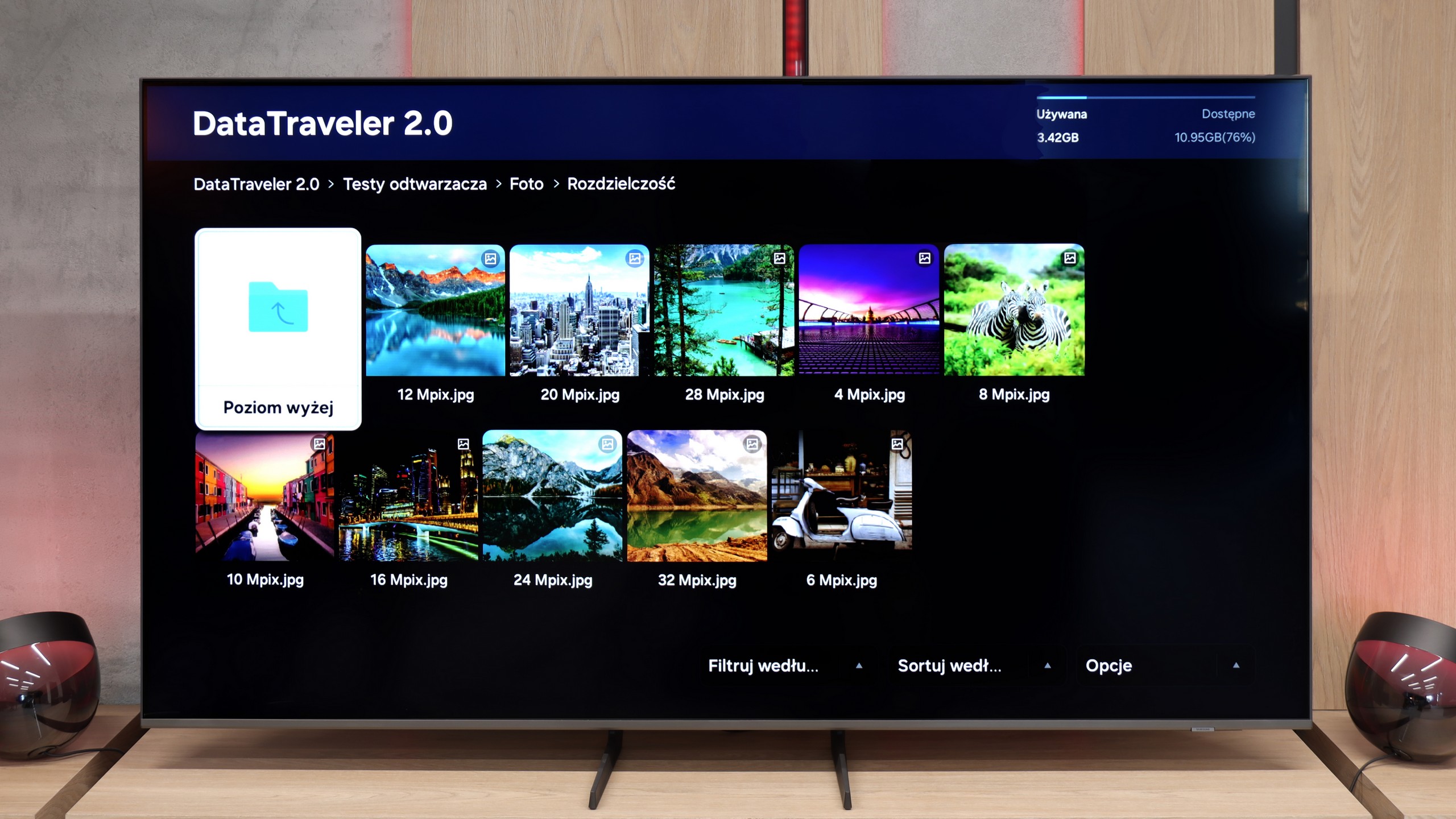
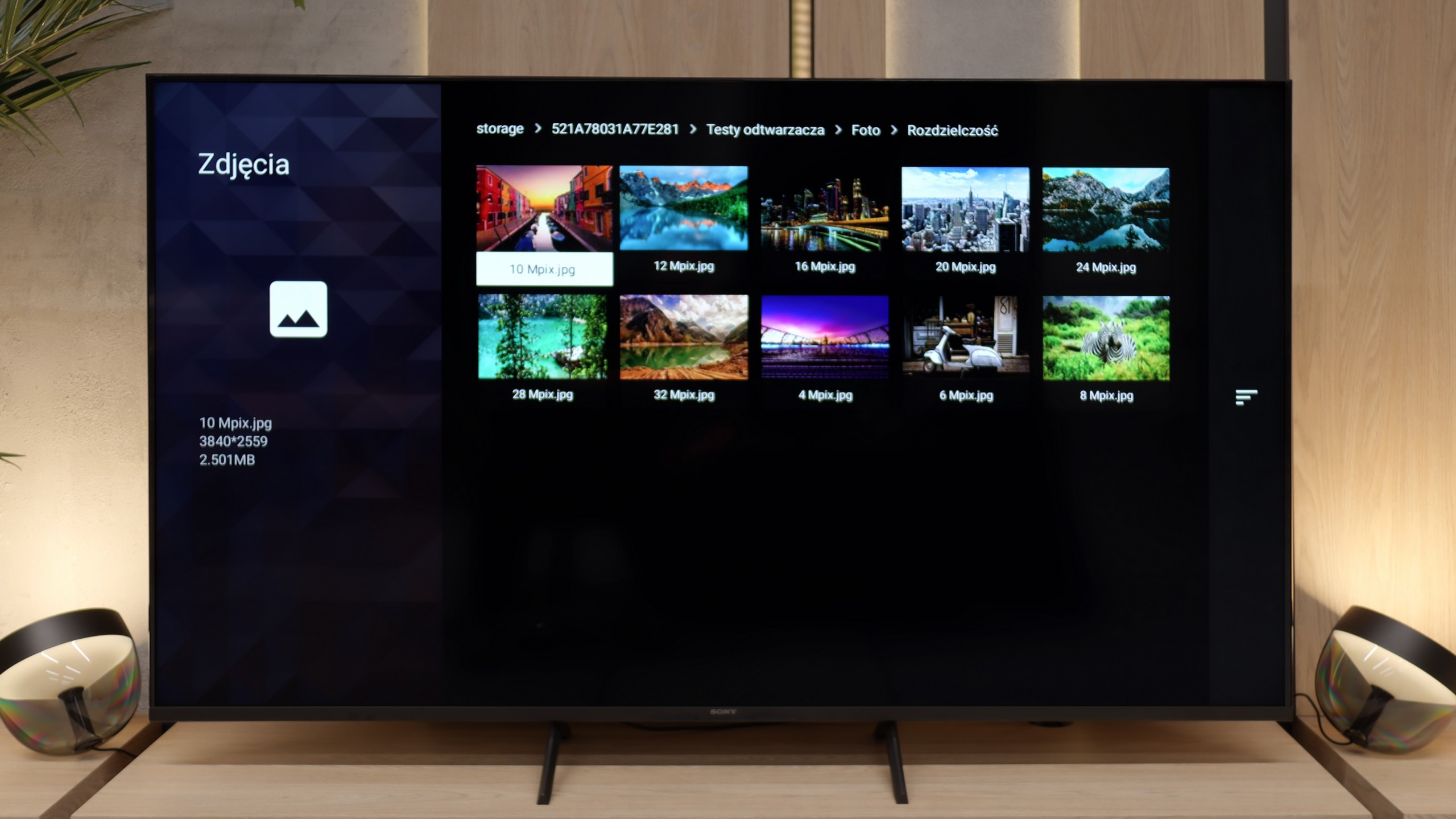
Samsung Q8F handles playback of files from USB quite efficiently. It supports almost all popular video formats and photos, so you can easily upload a holiday movie or a family album. There are occasional exceptions for less popular photo formats, but the most important JPEG works perfectly, which will be crucial for most users. It's just a shame that Tizen does not allow for the installation of alternative players like VLC. Then even less popular formats would not pose any problem.
Here Sony really did a great job. The built-in player works quickly and doesn't "struggle" when launching various formats. We didn't need to reach for external applications like VLC because the television handled even files that can cause a lot of problems on other models – such as HEIC photos from Apple devices. It's a small detail, but one that shows the manufacturer wanted the user to have a sense of complete convenience. By plugging a movie onto a USB stick or photos from vacation onto an external drive, you can simply connect them and watch immediately on the big screen. No fussing, no installing additional software, no searching for workarounds. This is really rare in televisions, and it must be admitted that in this aspect, the Bravia 3 pleasantly surprised us.
Apps
8.7/10
9.6/10














































Sound
6/10
6.5/10
- Maximum volume84dB88dB
- Dolby Digital Plus 7.1
- Dolby True HD 7.1
- Dolby Atmos in Dolby Digital Plus (JOC)
- Dolby Atmos in Dolby True HD
- DTS:X in DTS-HD MA
- DTS-HD Master Audio
The sound on the Q8F can be described as acceptable. You can hear a slightly defined bass, but it is really minimal – the slim design of the TV simply doesn't allow the pair of 2 × 10 W speakers to spread their wings. This is a typical scenario for most TVs: if someone cares about truly cinematic experiences, it's worth considering a soundbar. Samsung has a really wide range in this category across various budgets, so it's easy to find something suitable. The TV itself will work for watching traditional television and series from time to time, but you shouldn't expect much more in terms of sound excitement.
Bravia 3 sounds quite flat, but makes up for it with volume. It is excellent for watching traditional television, as the dialogues are clear and the mid-tones are easily audible. This type of sound profile will be especially appreciated by older users, who primarily care about speech intelligibility. However, if someone expects something more from the sound, such as stronger bass or a wider soundstage, it is still worth reaching for a soundbar. The TV supports modern codecs, including Dolby Atmos and DTS:X, so an external sound system can easily take advantage of their potential. This assures that with a relatively small expenditure, one can achieve a much fuller and more engaging sound.
Sound Quality Test
No sound test video
Acoustic Measurements
84dBC (Max)
75dBC
88dBC (Max)
75dBC


